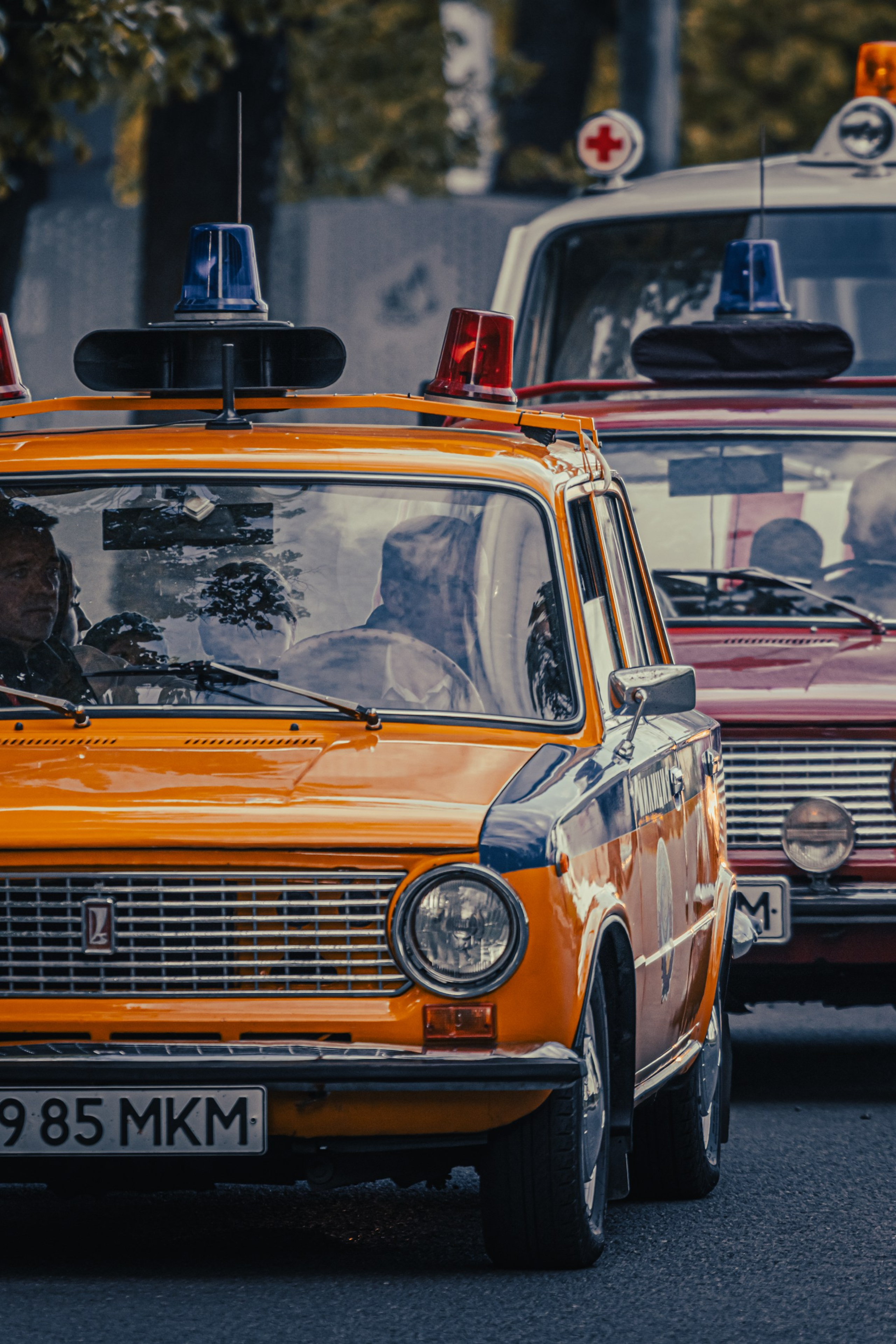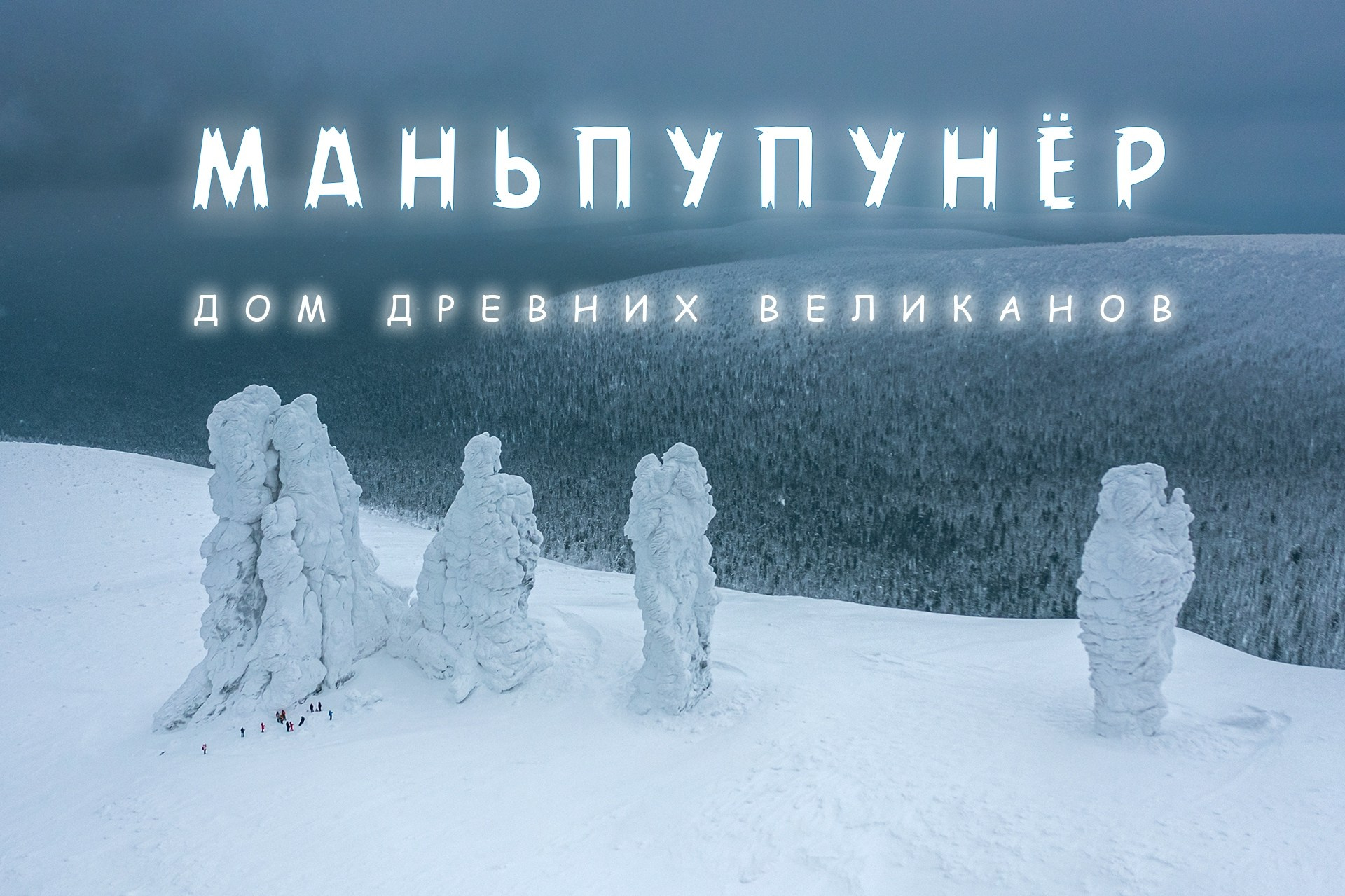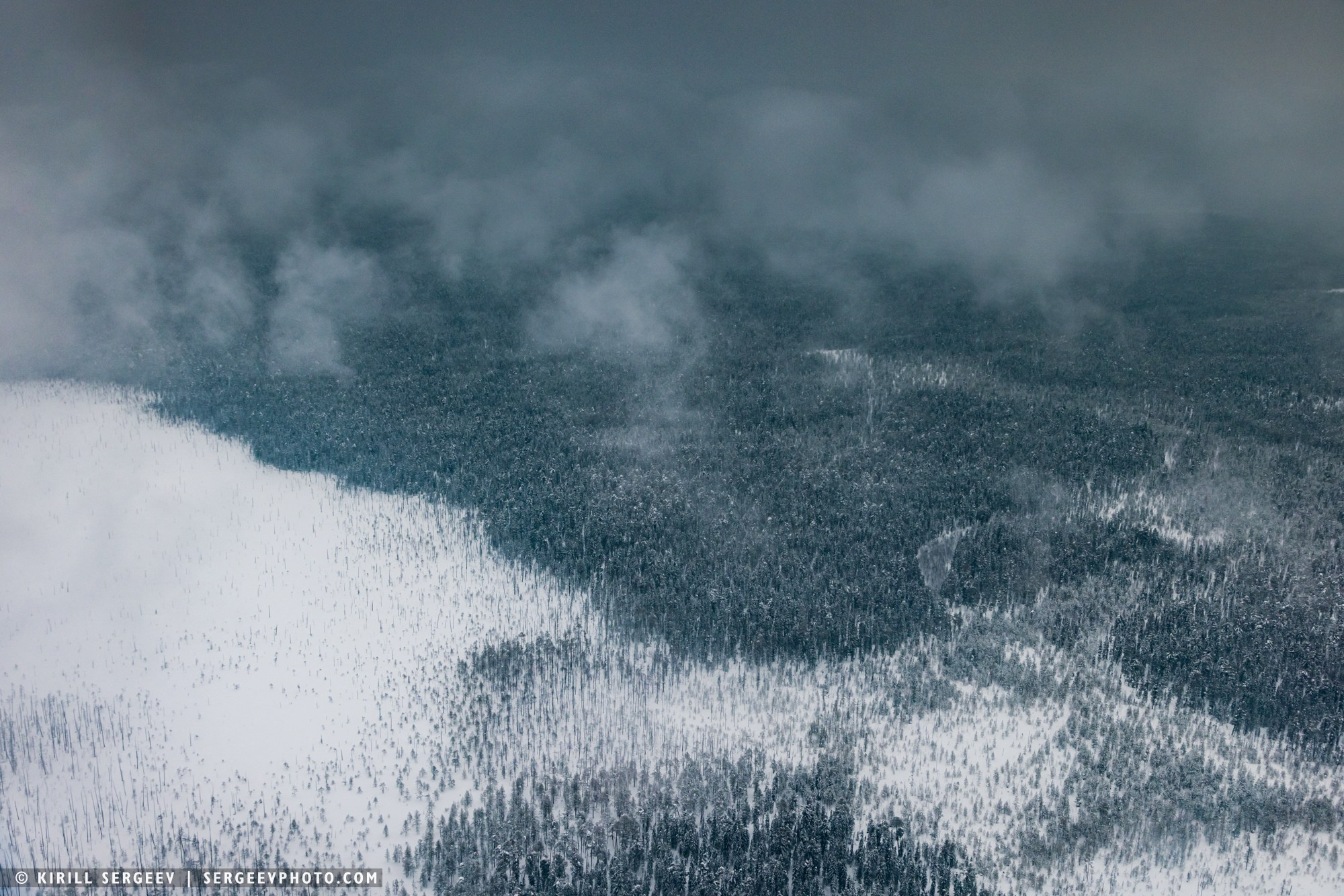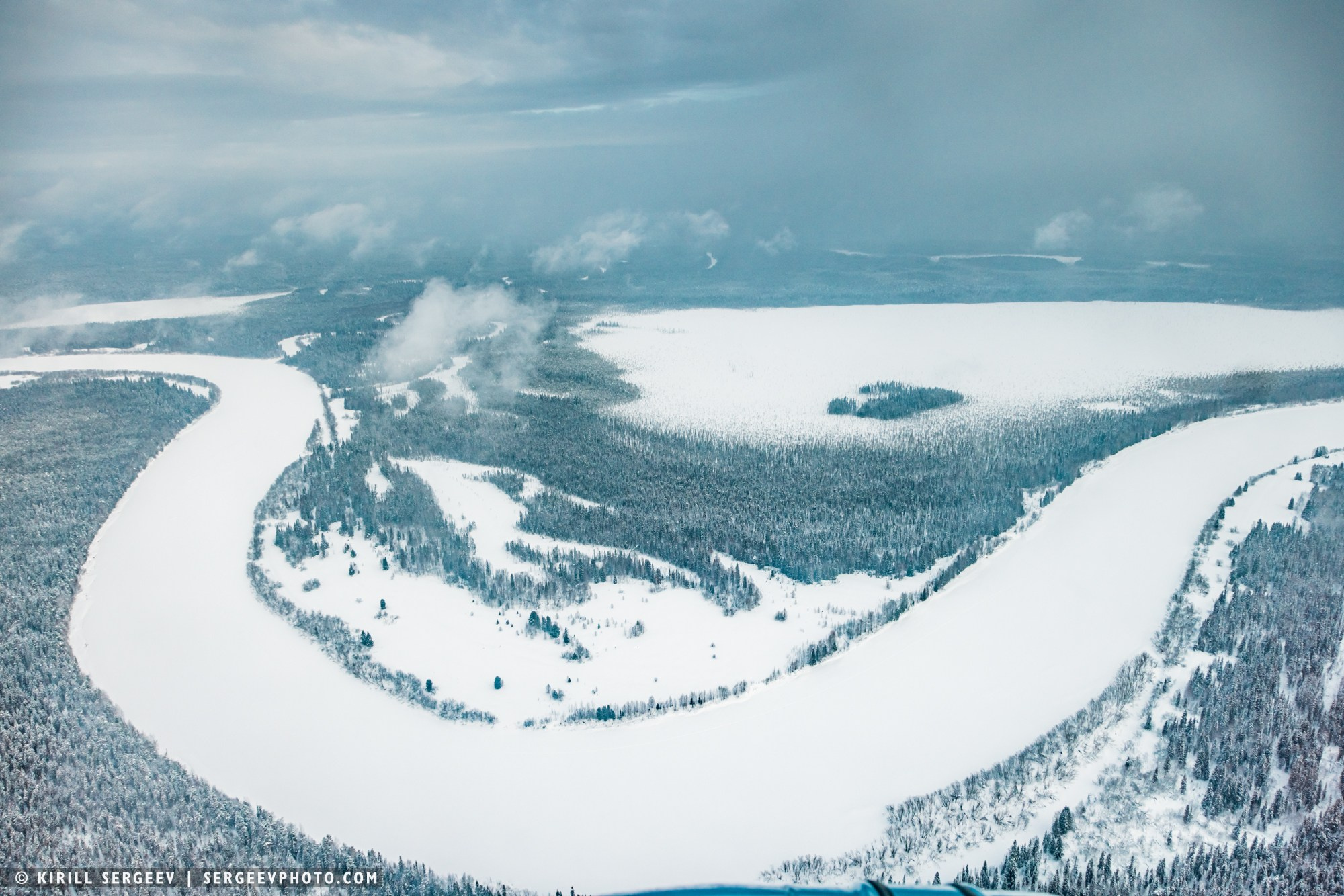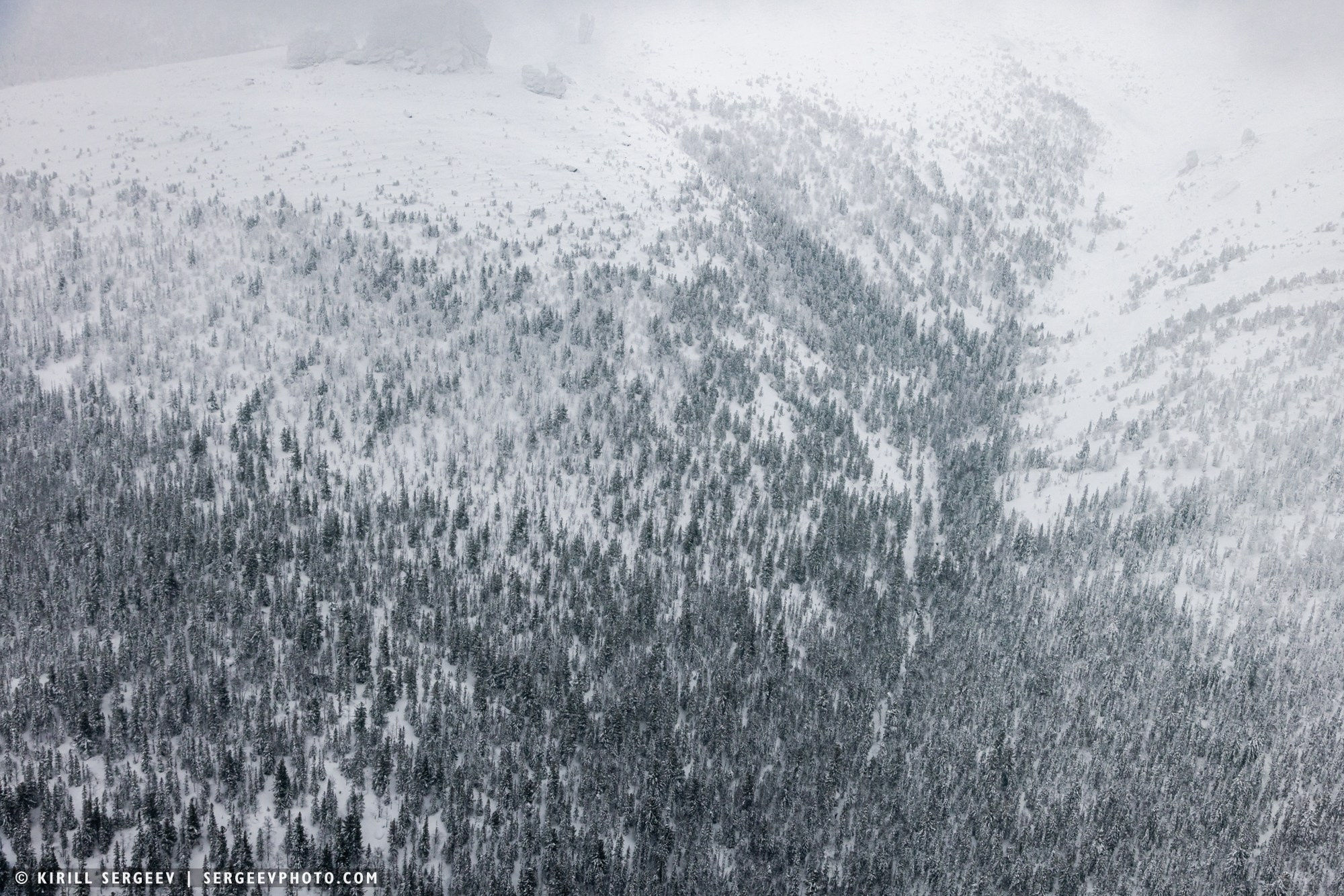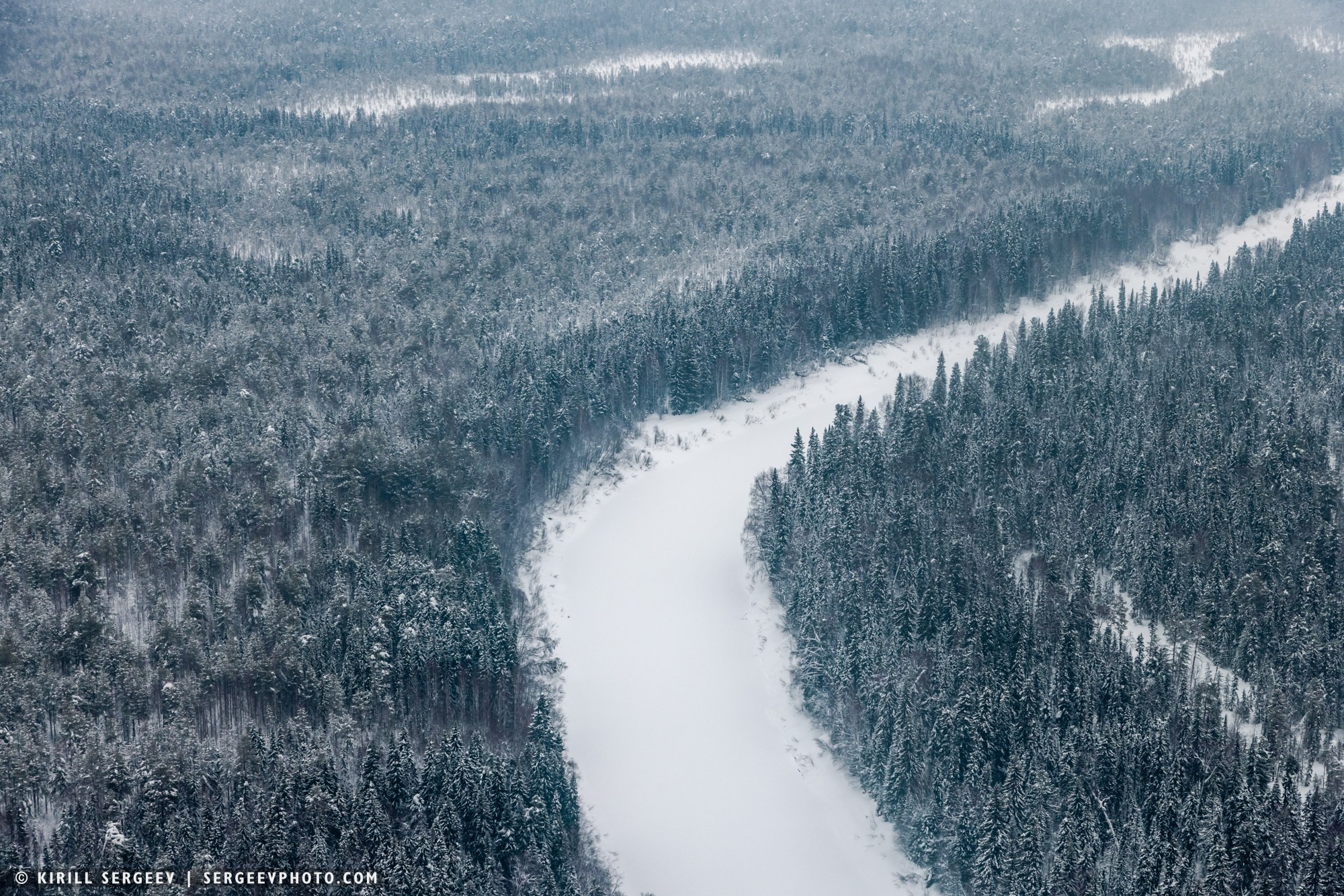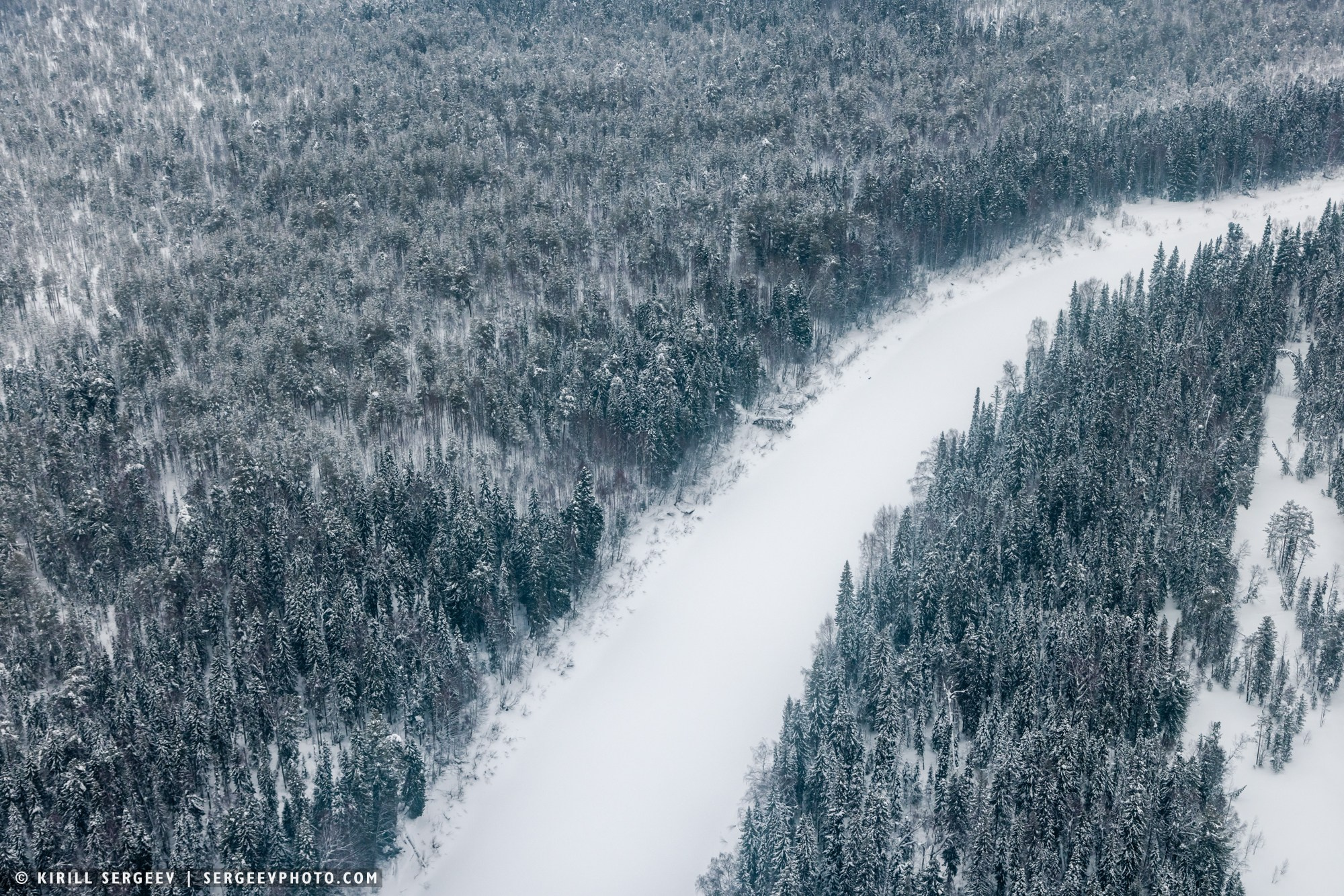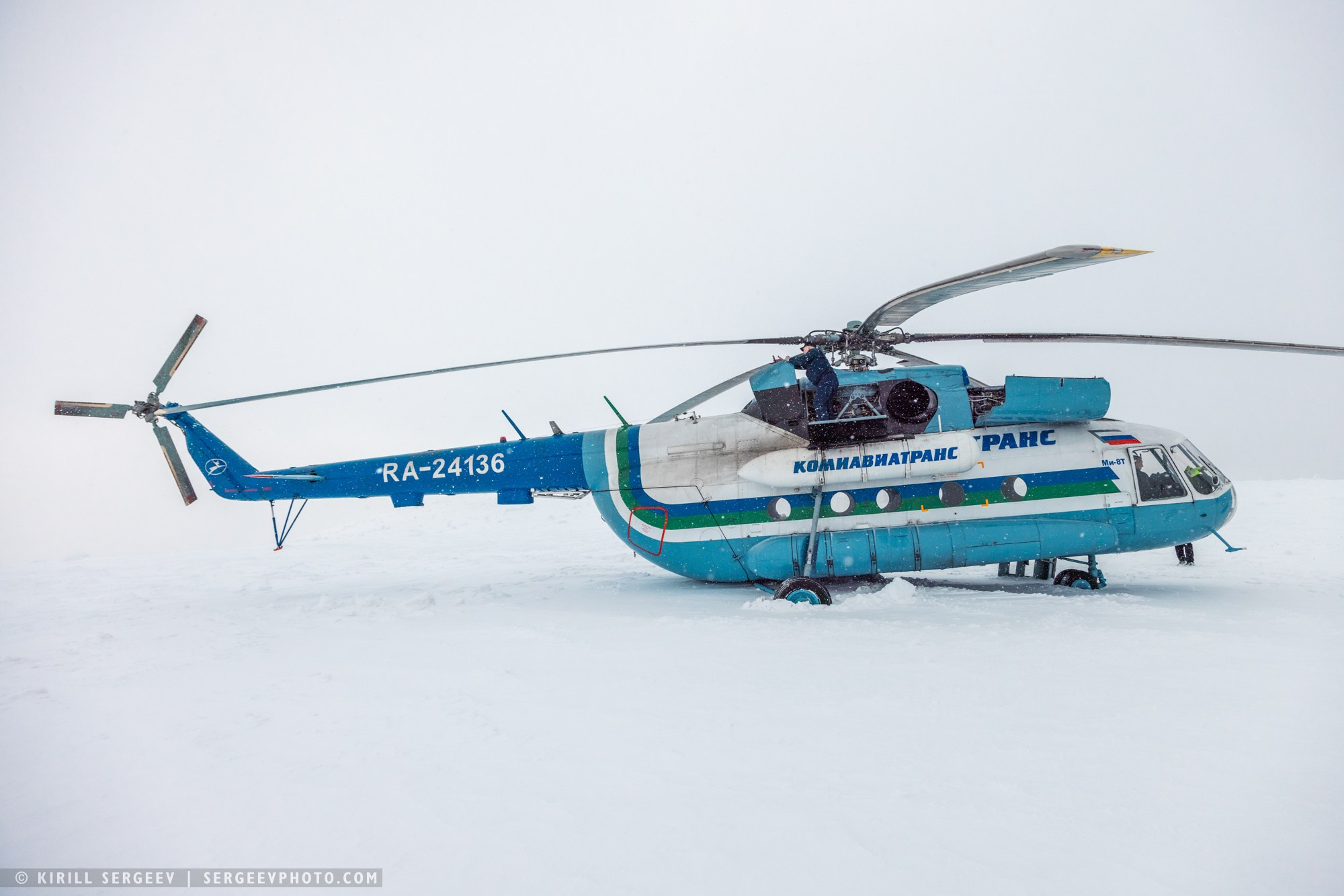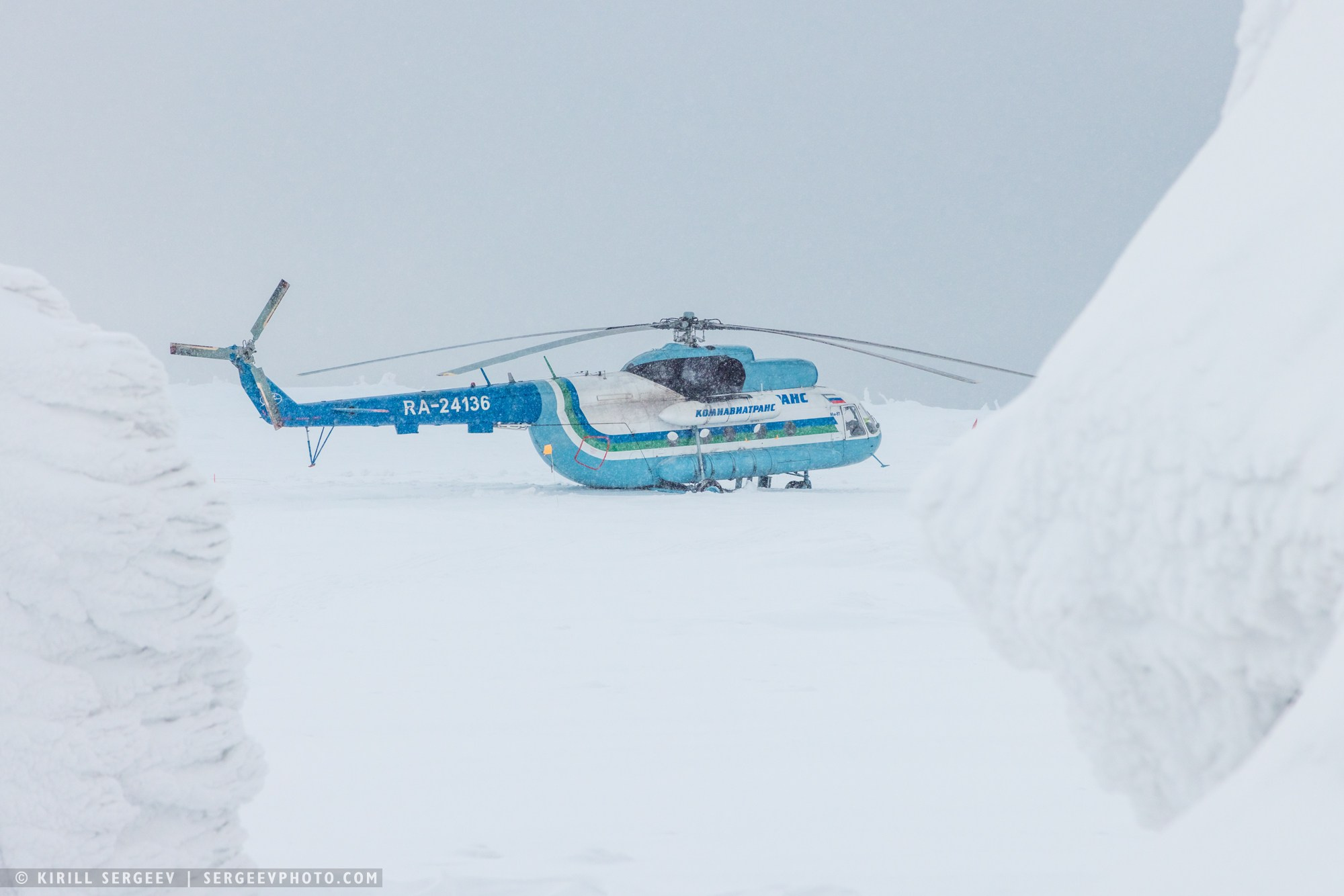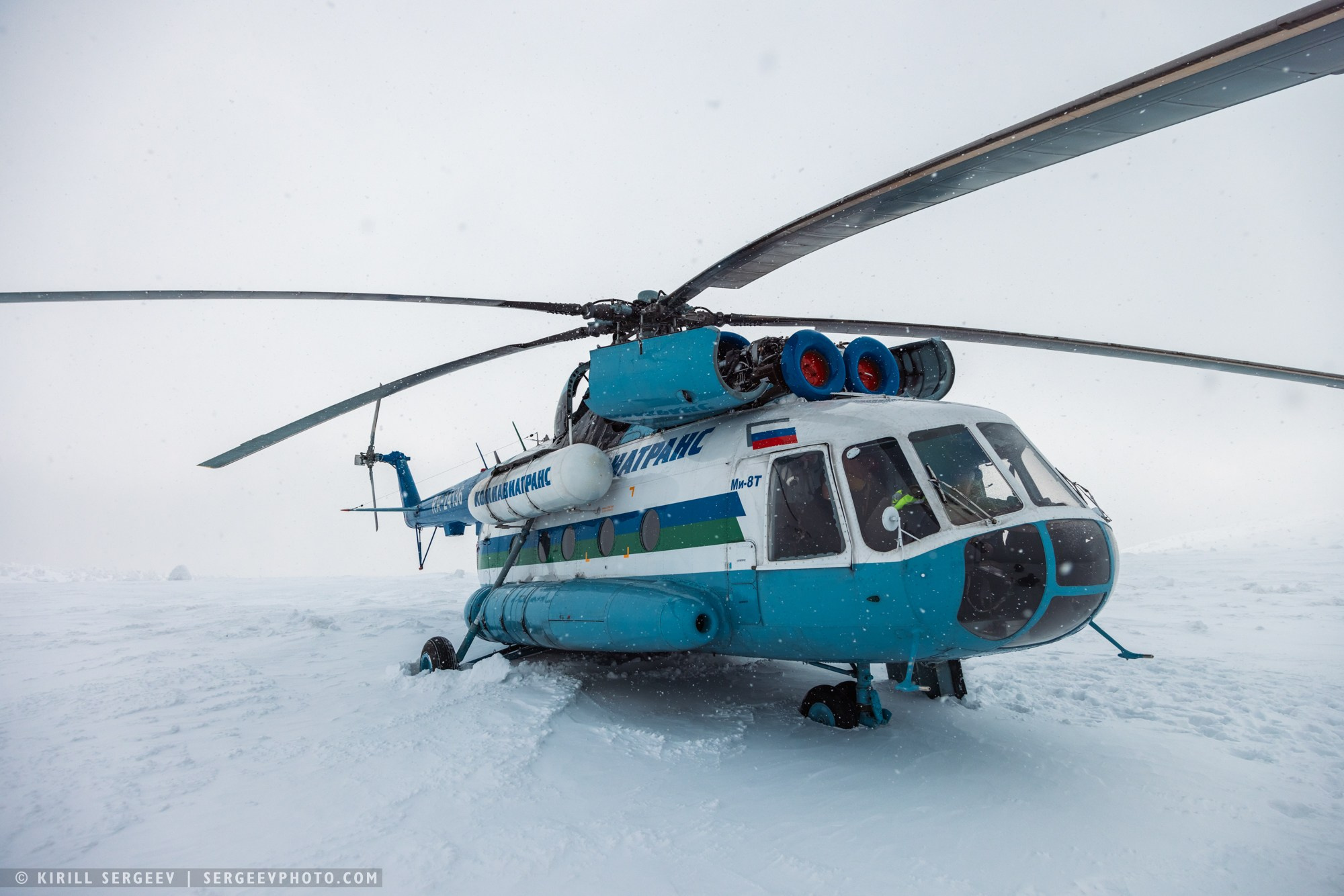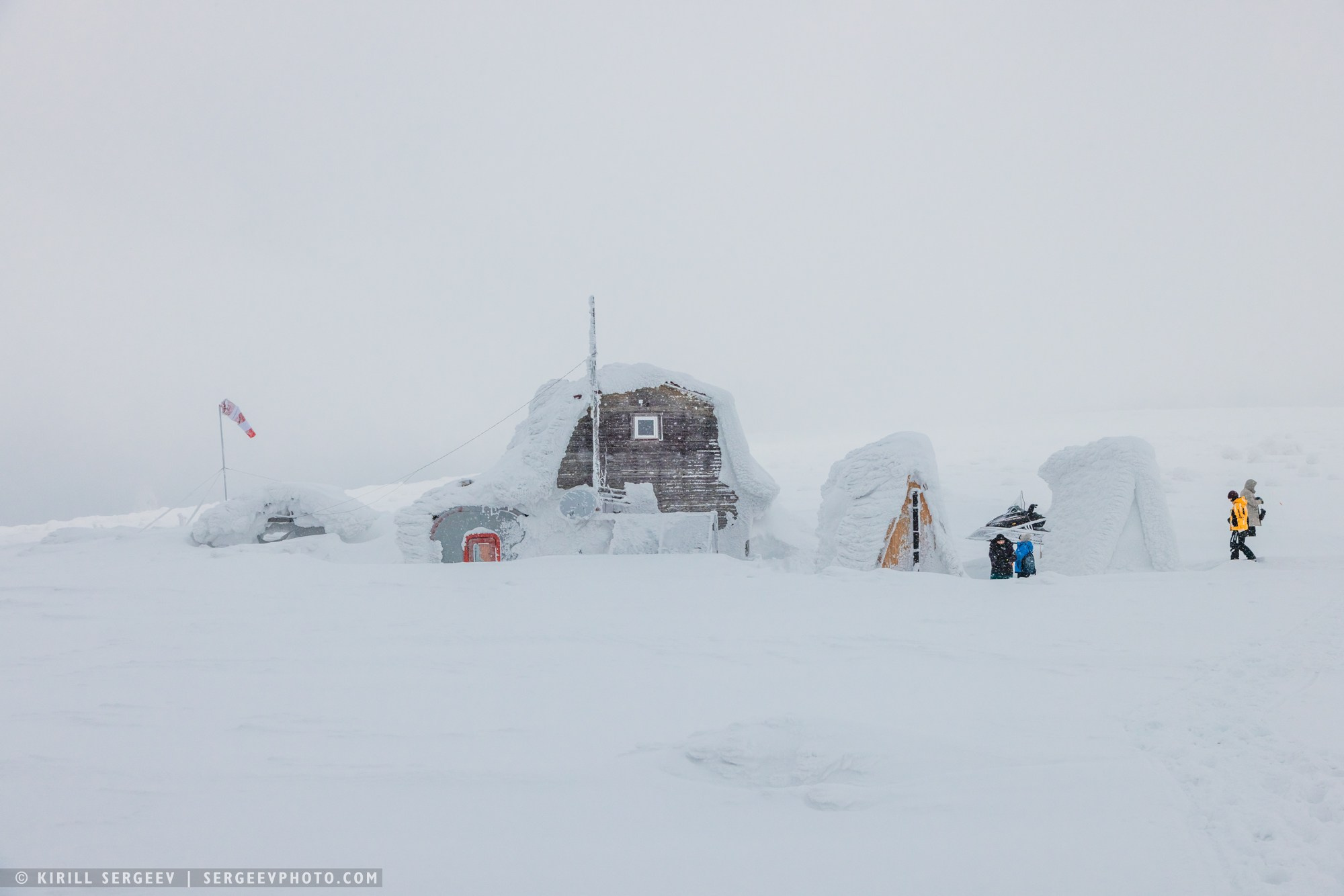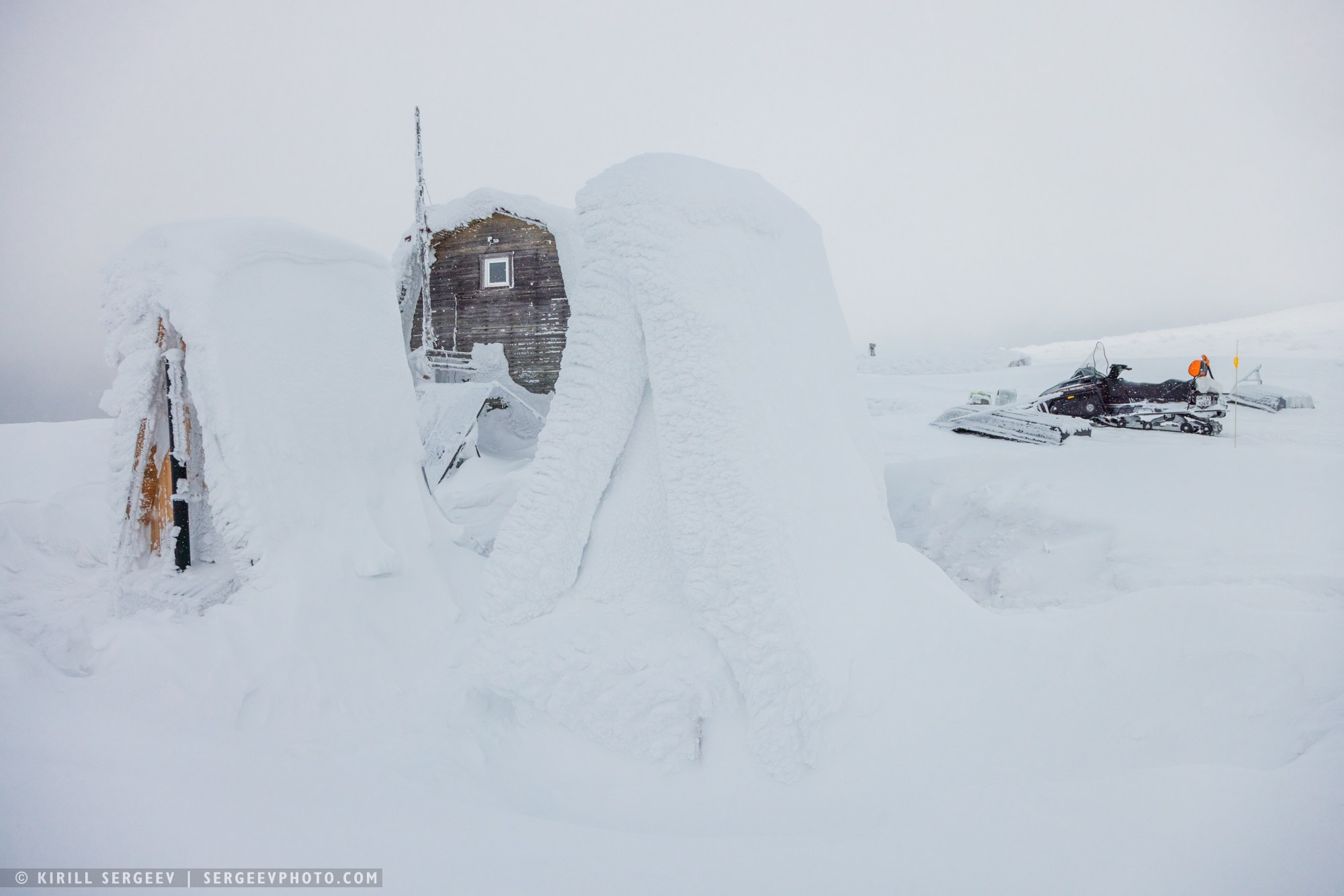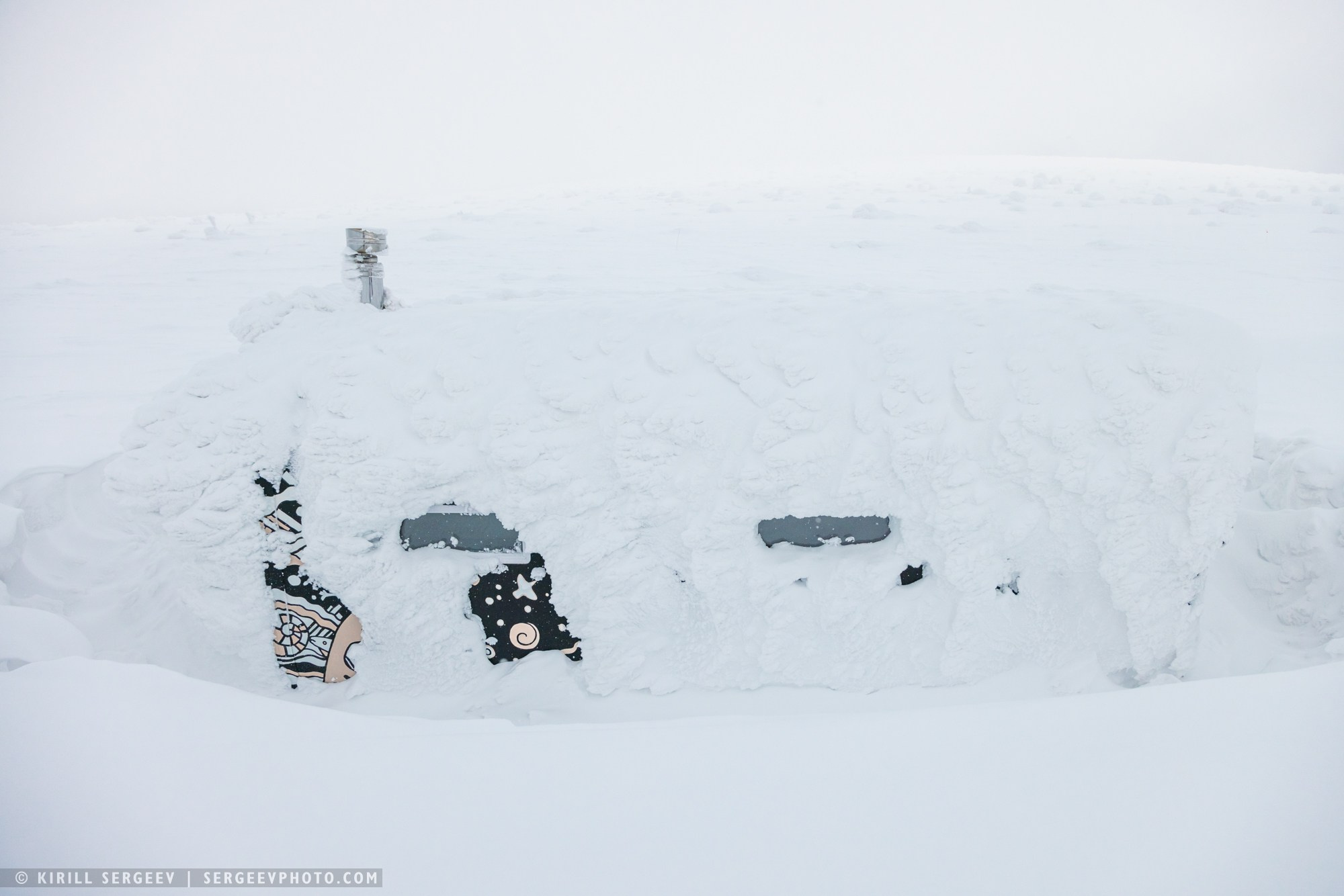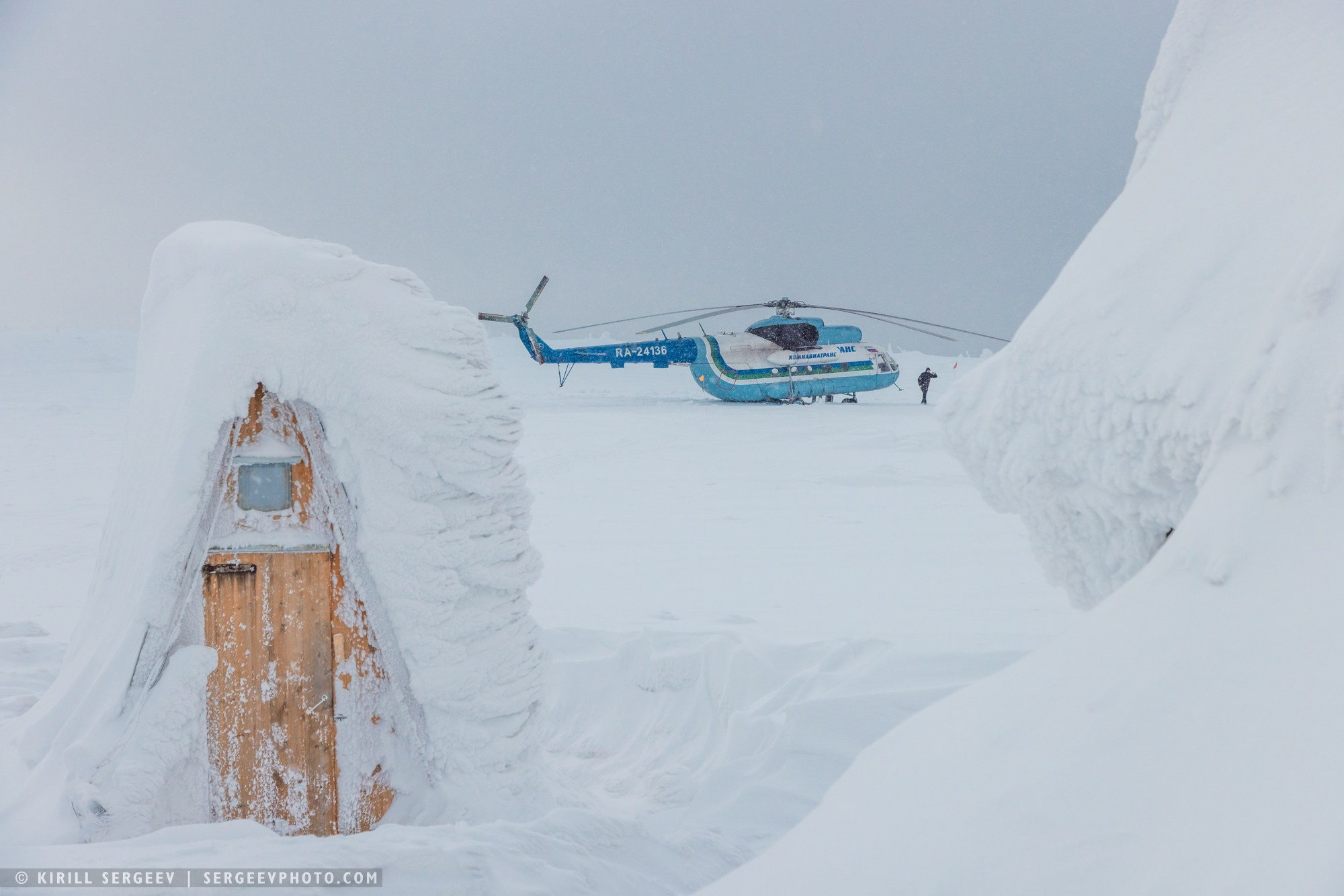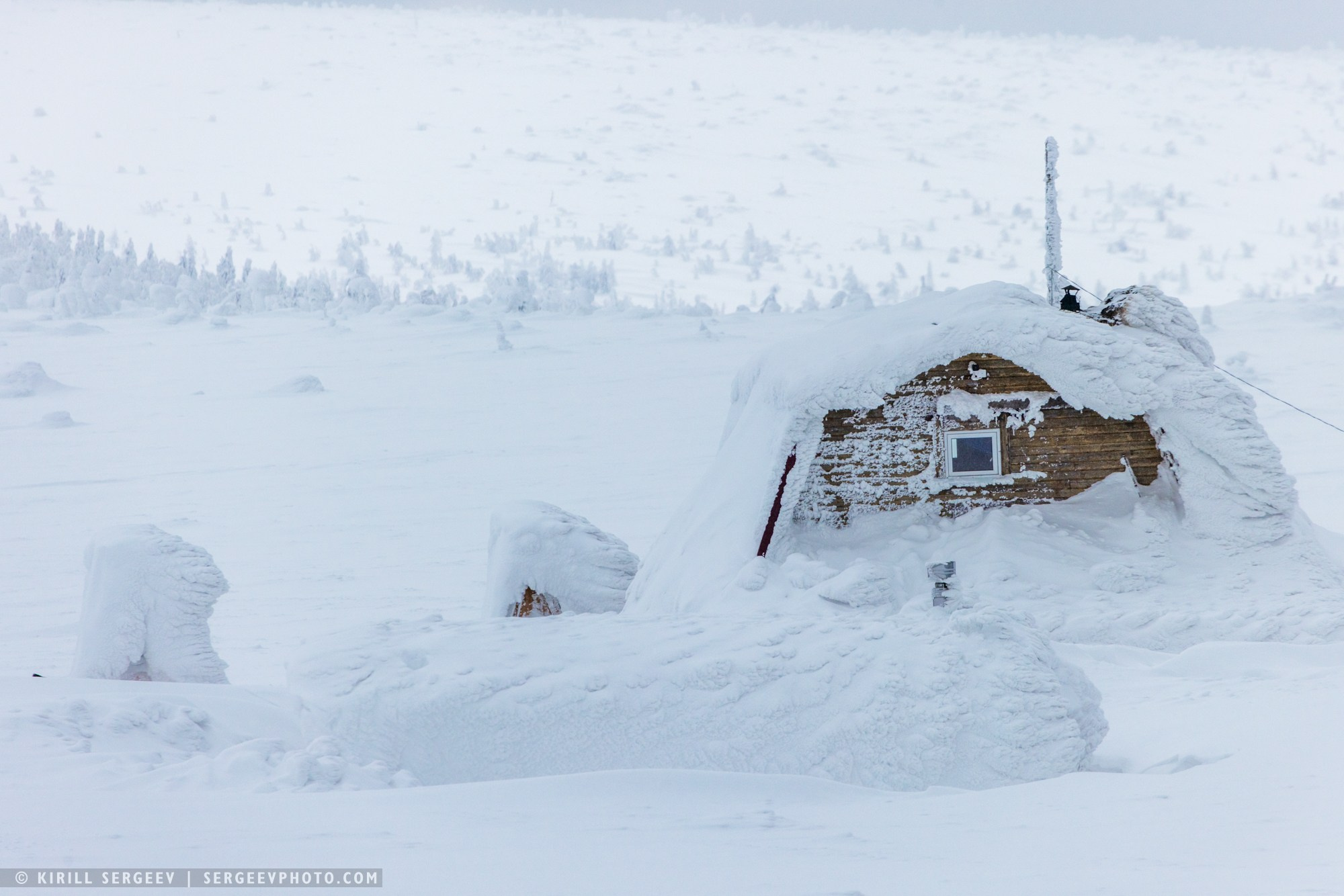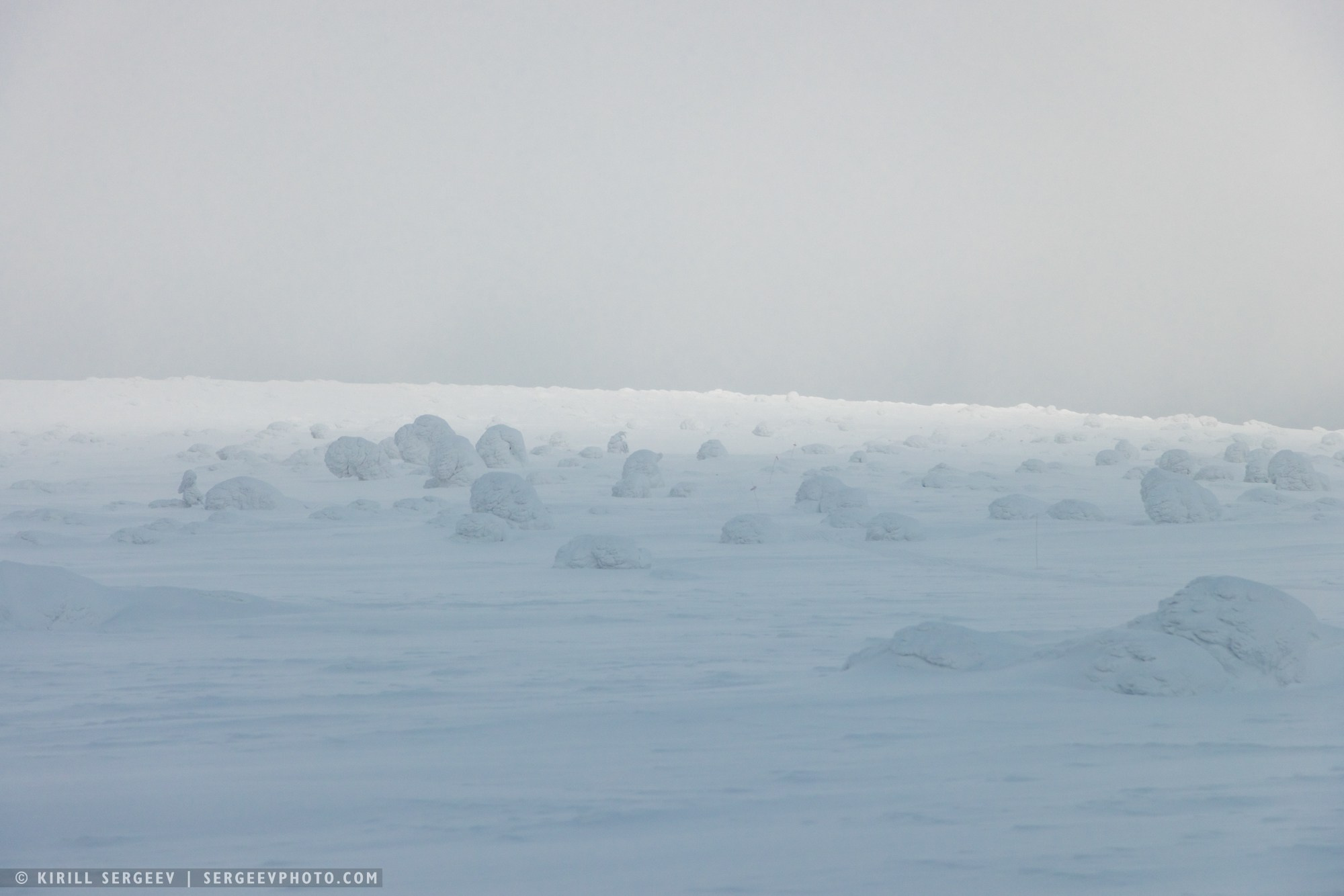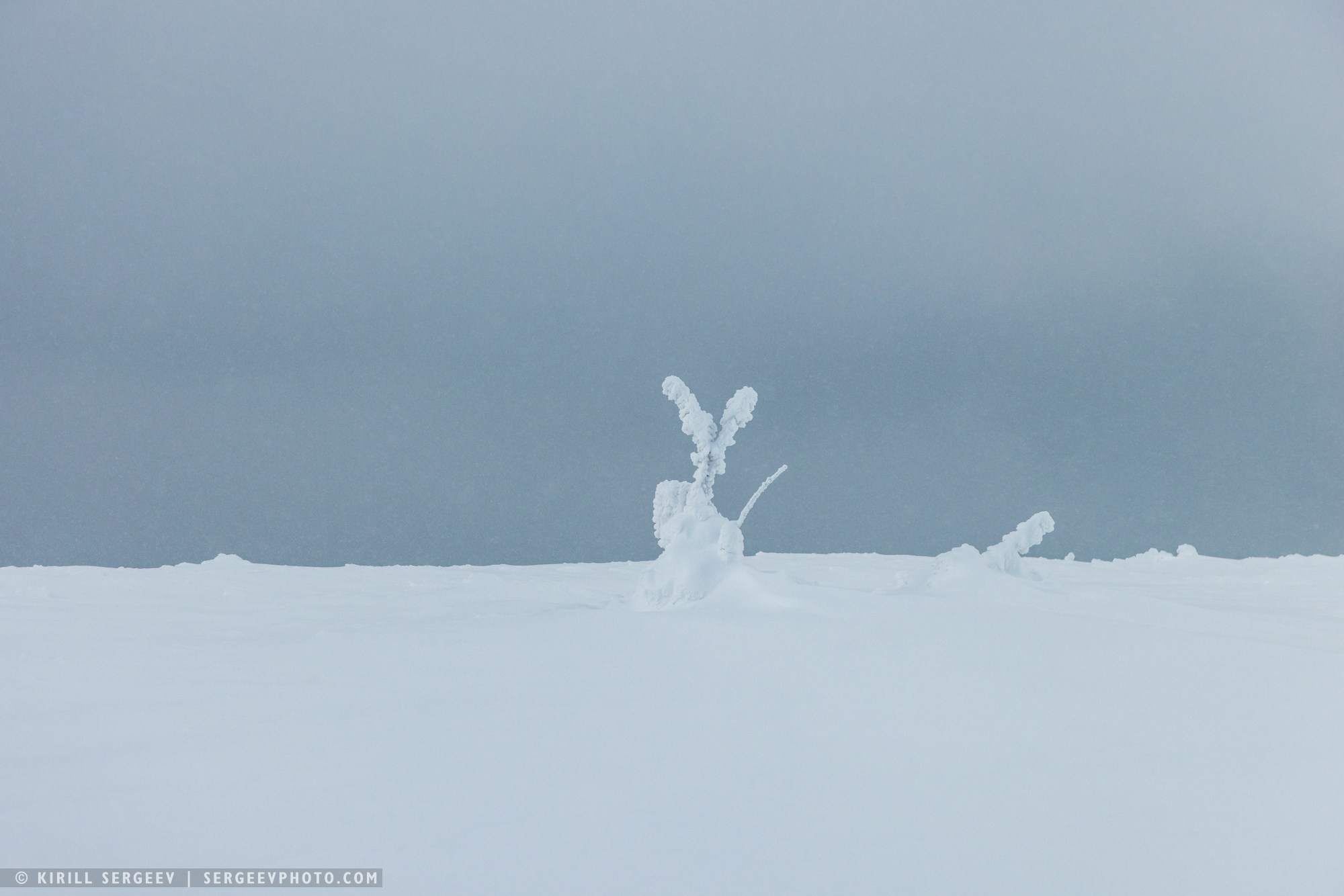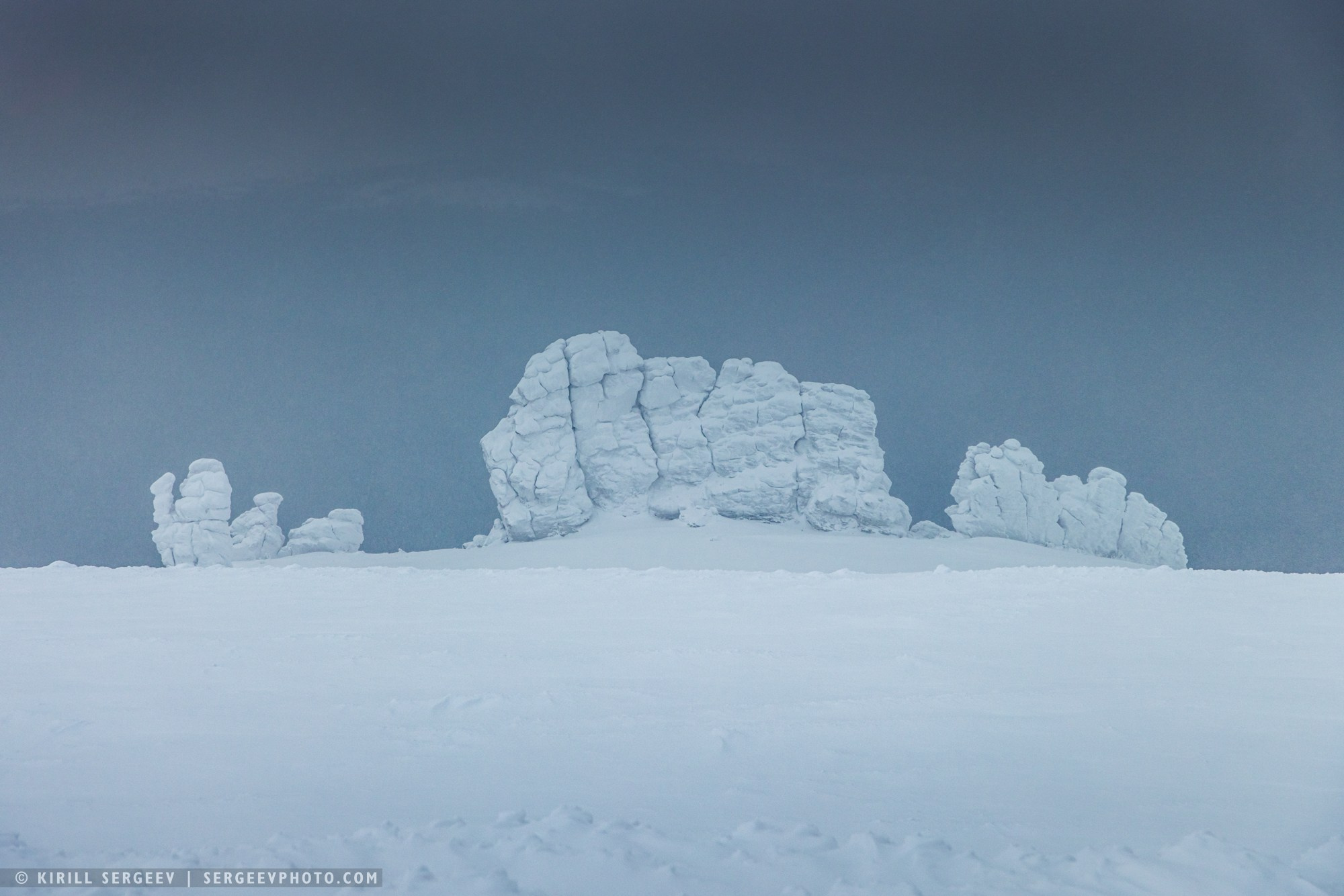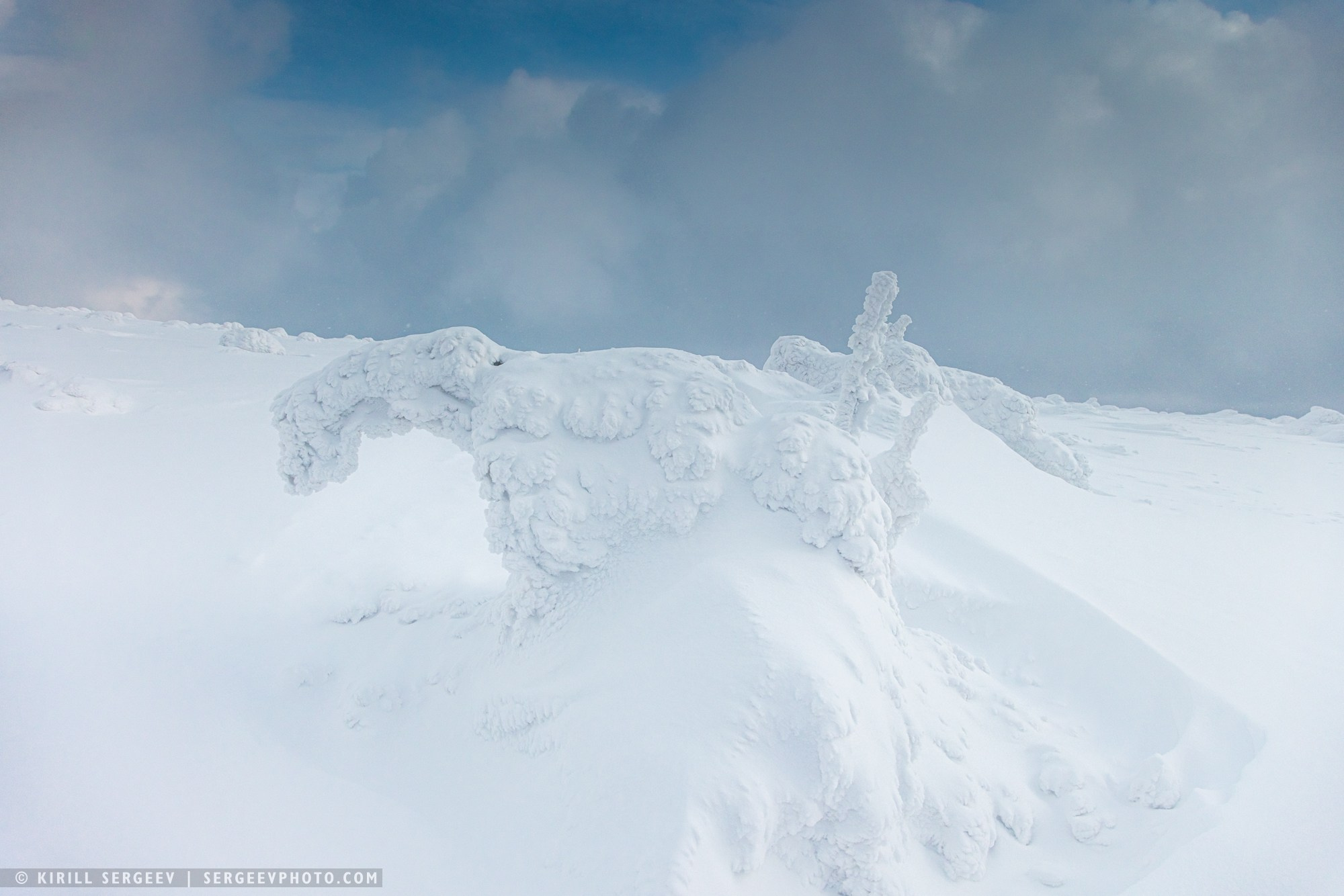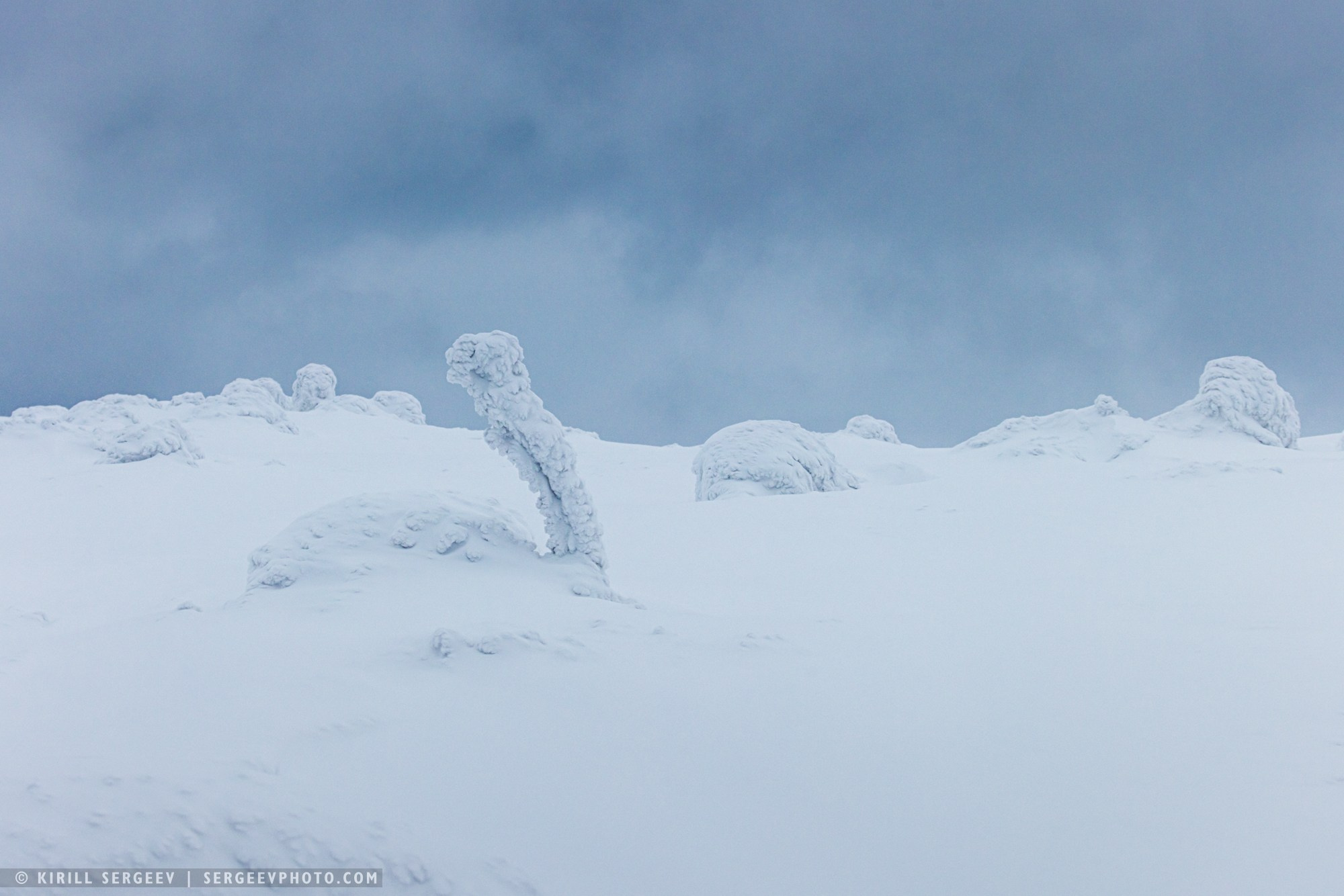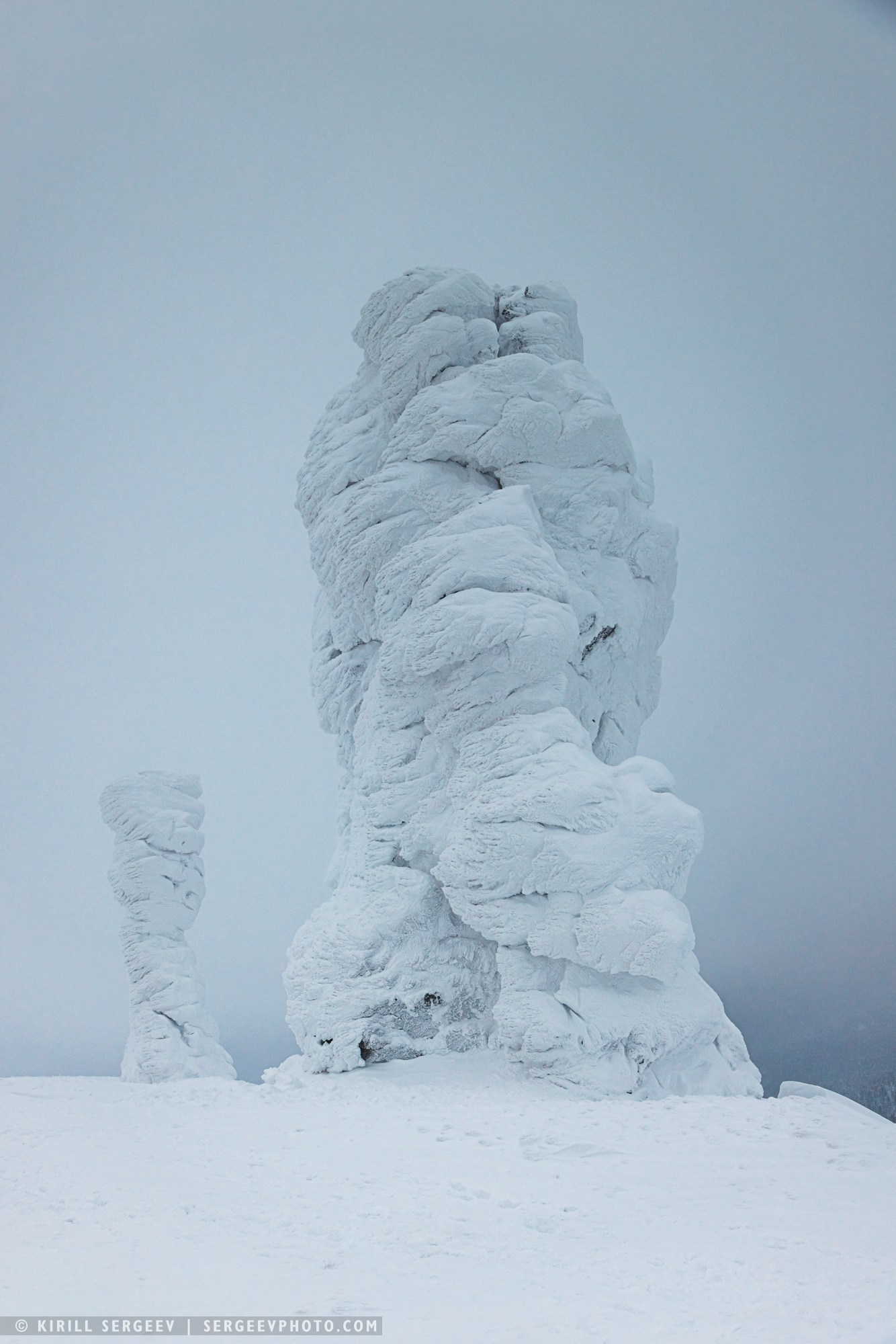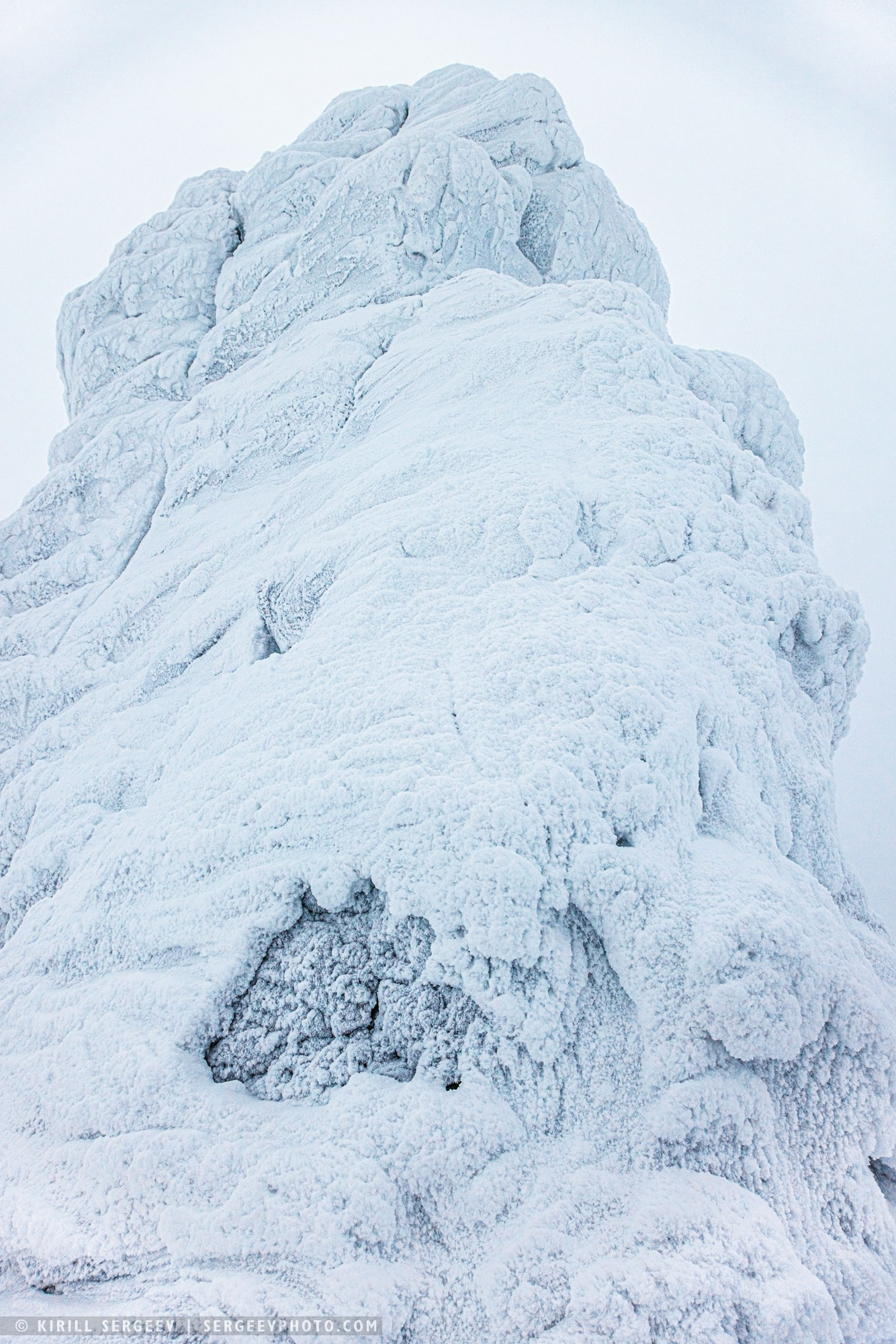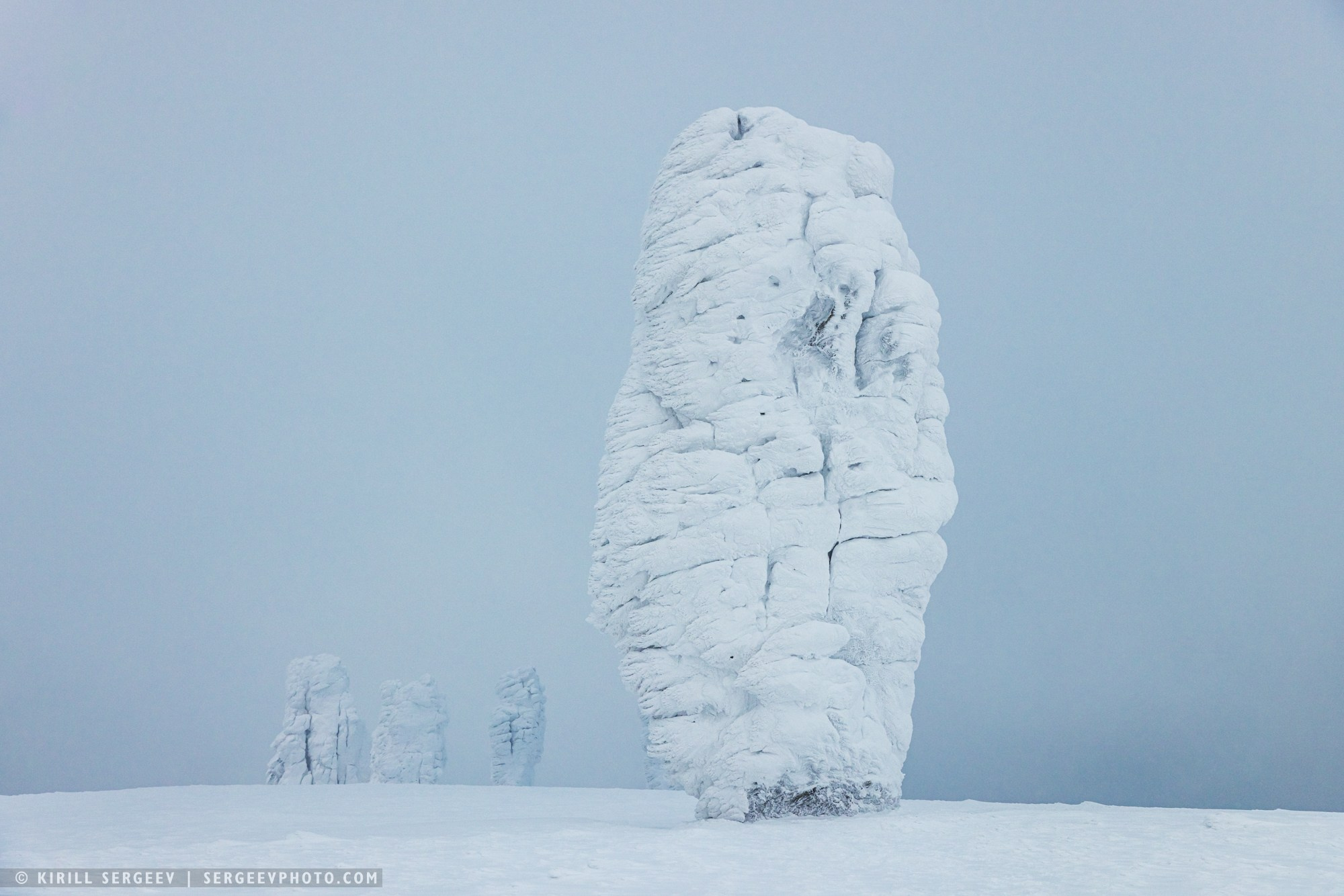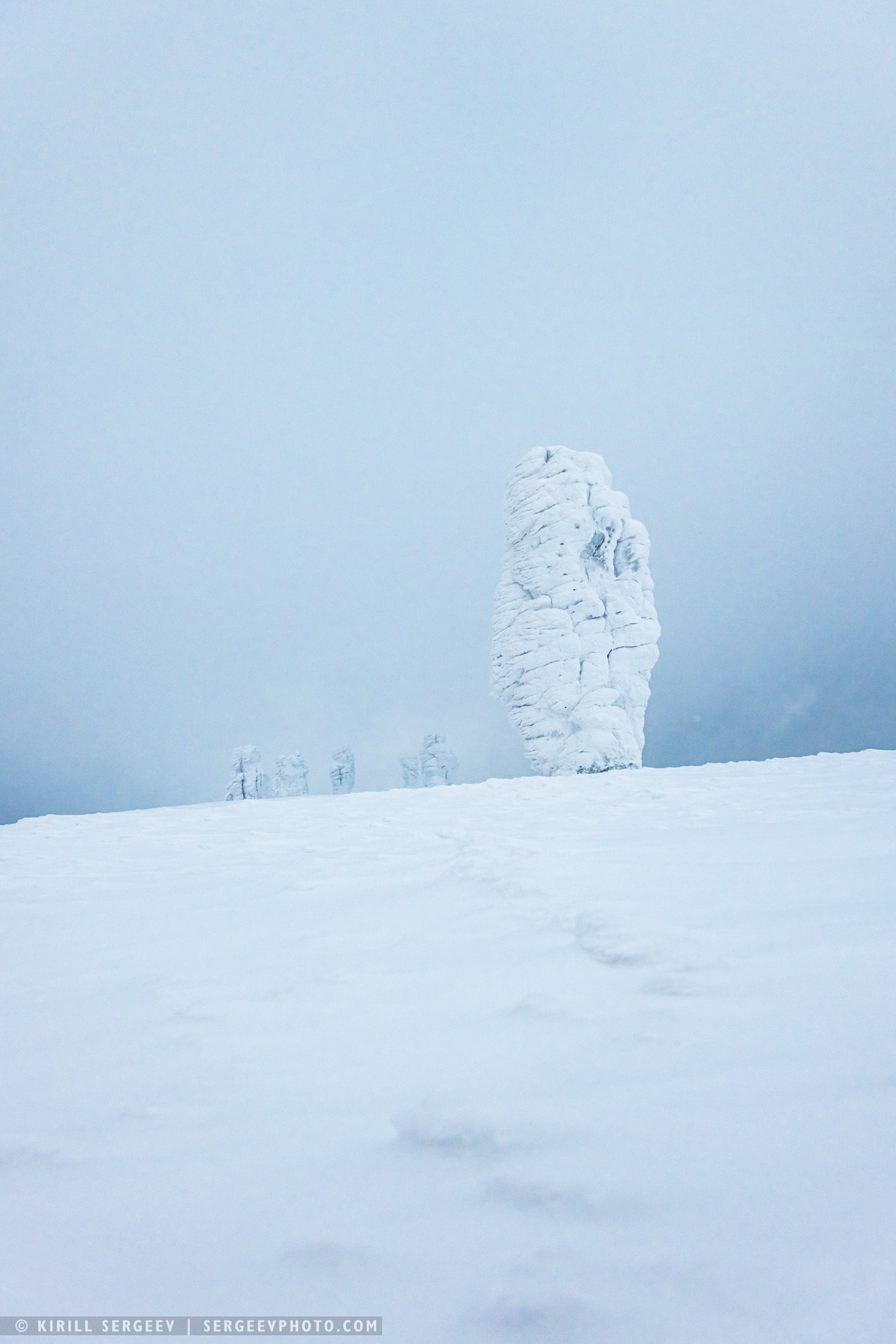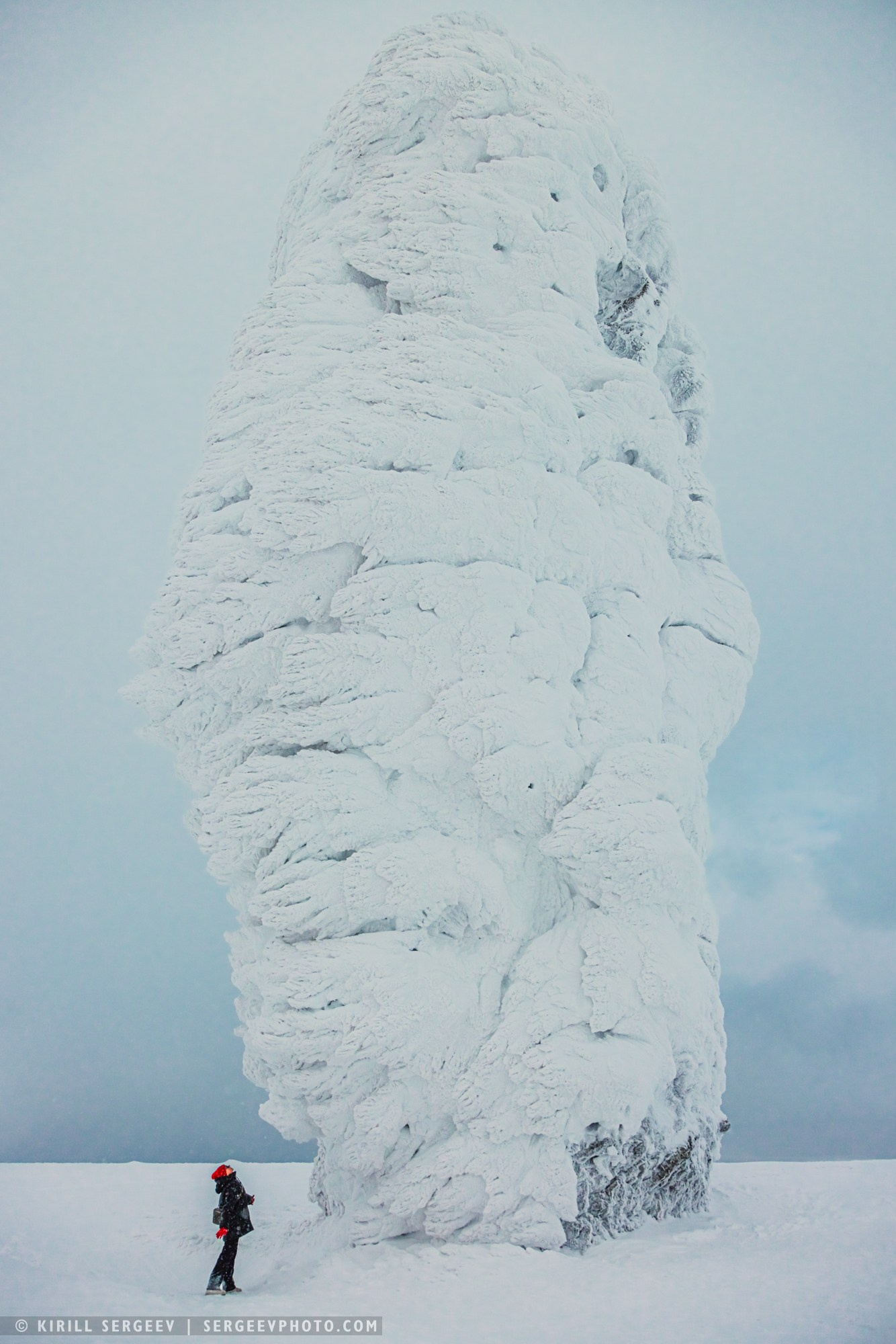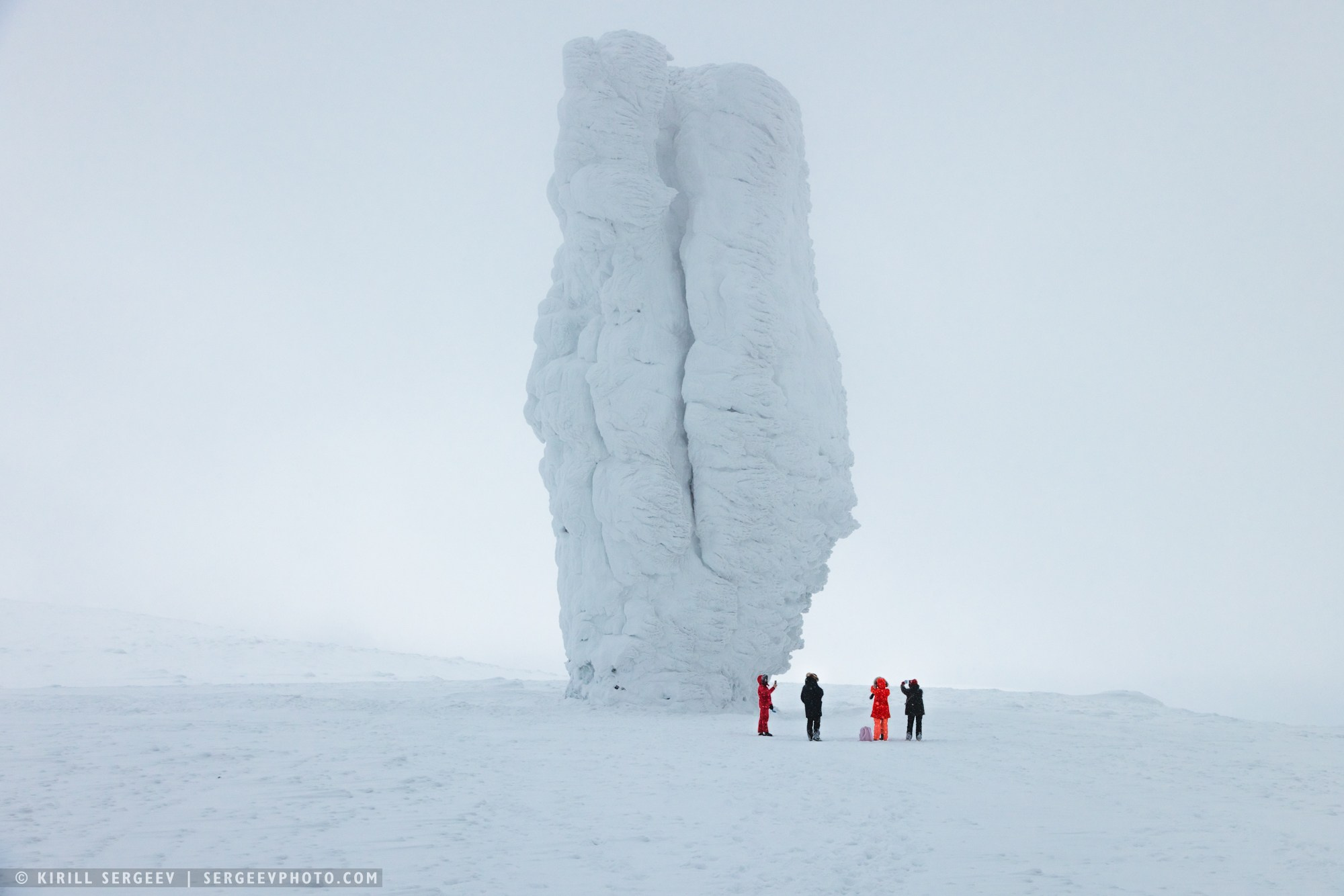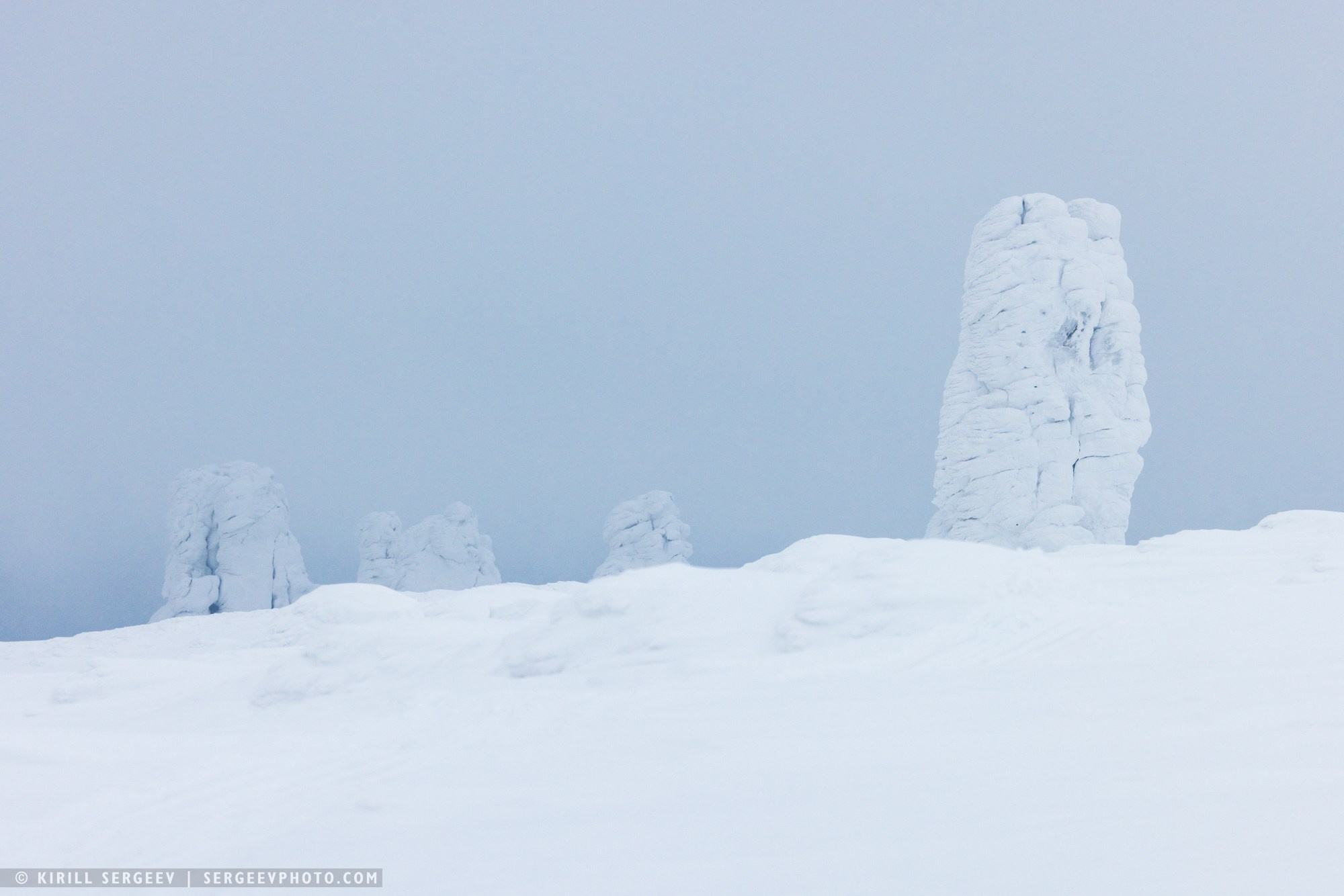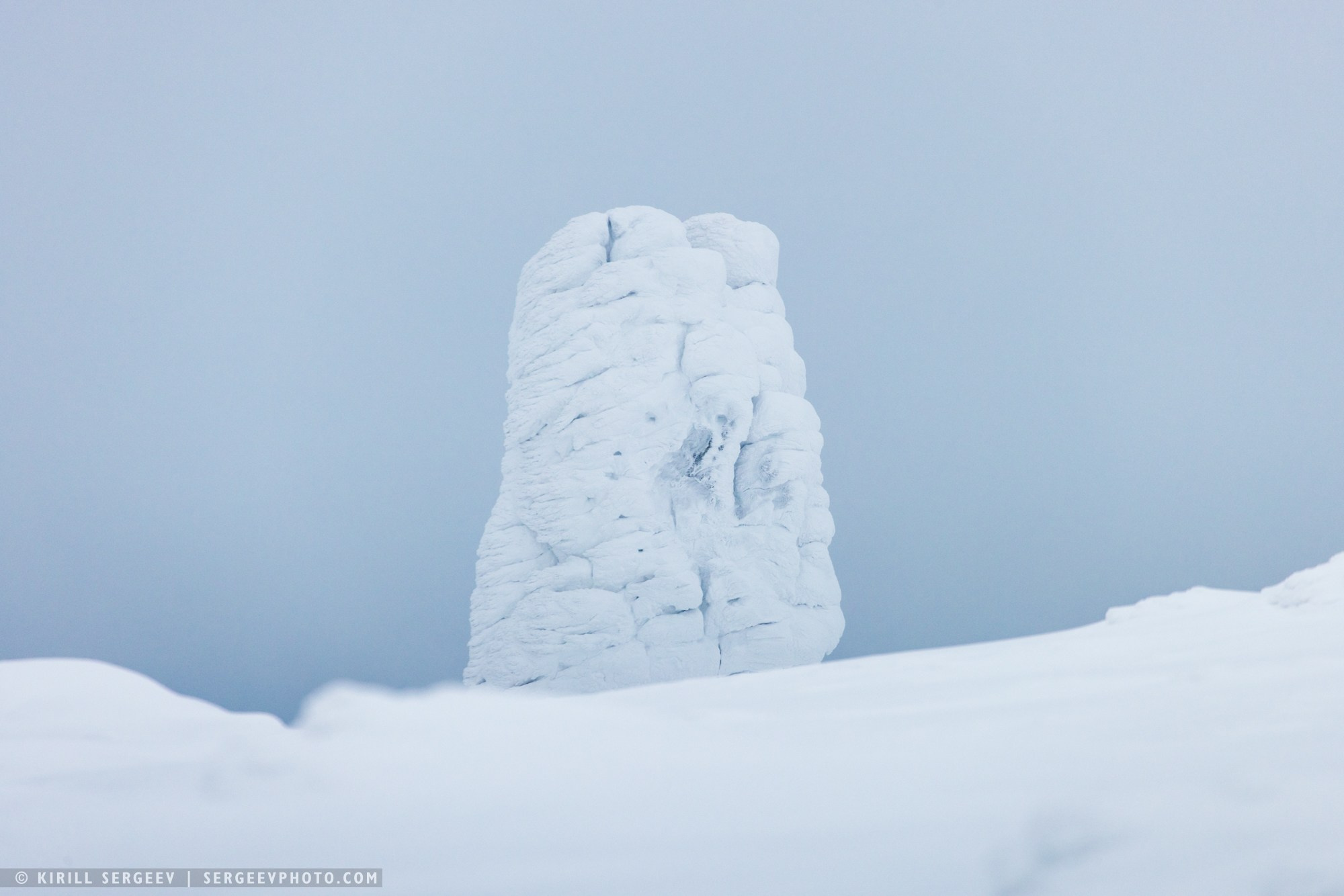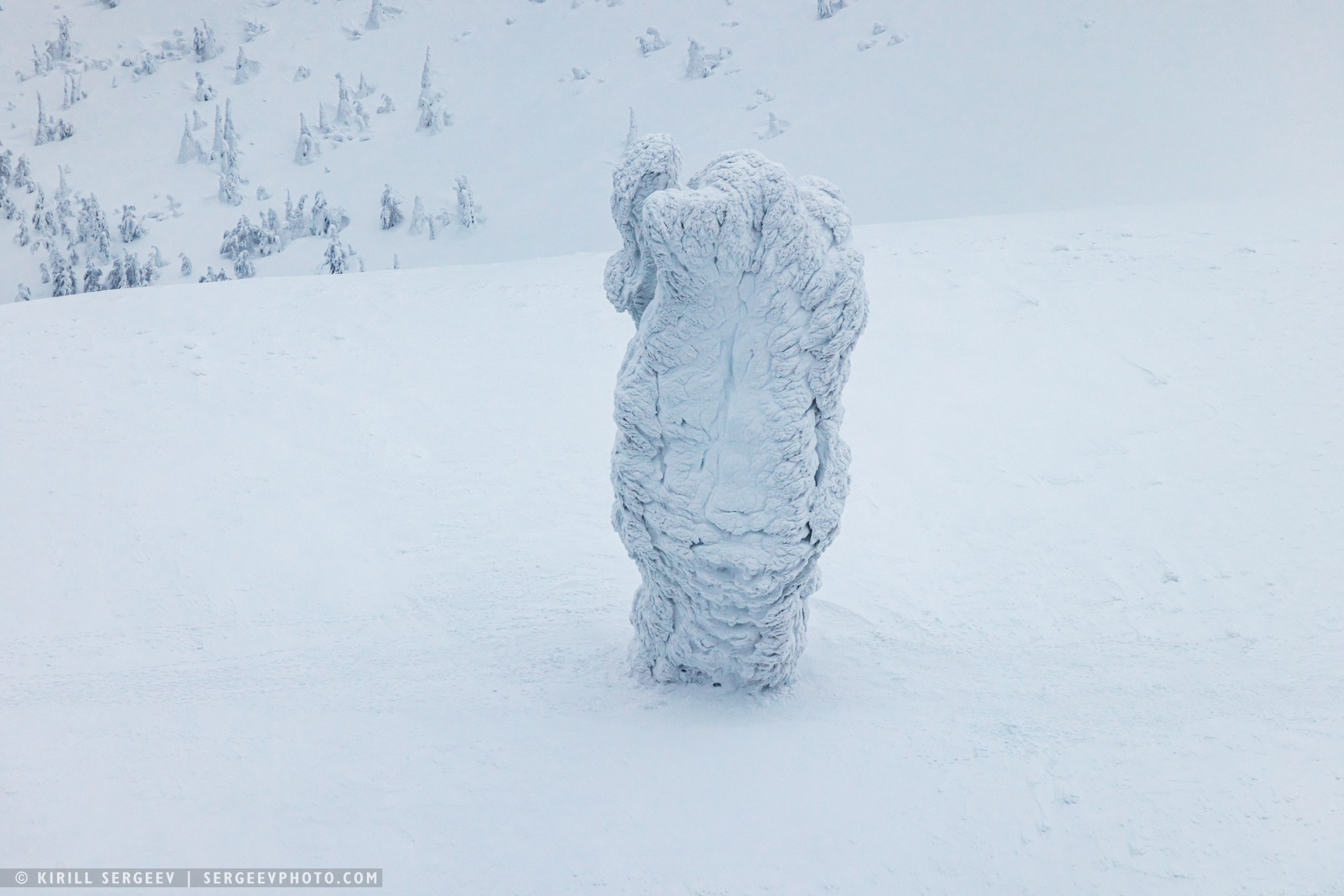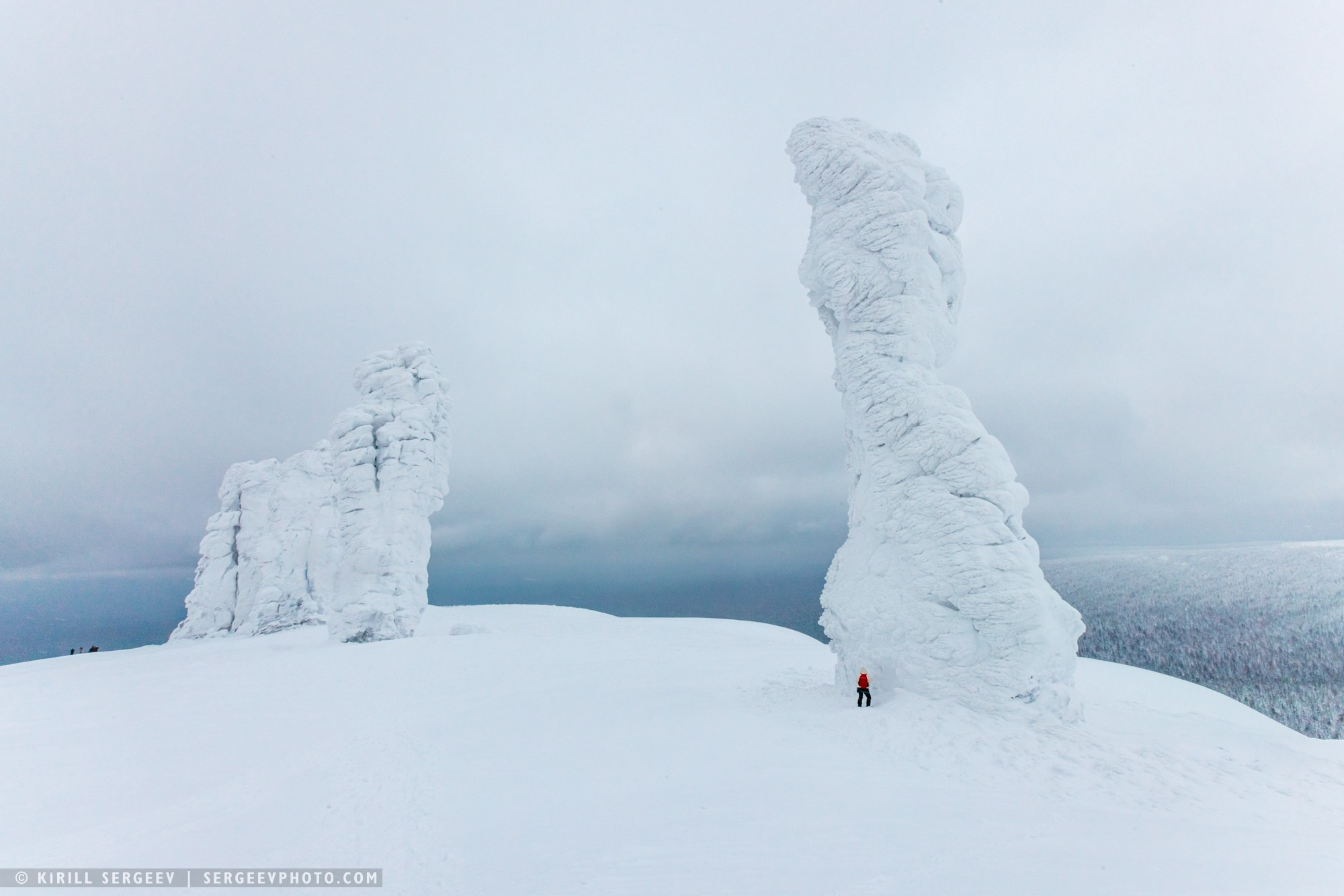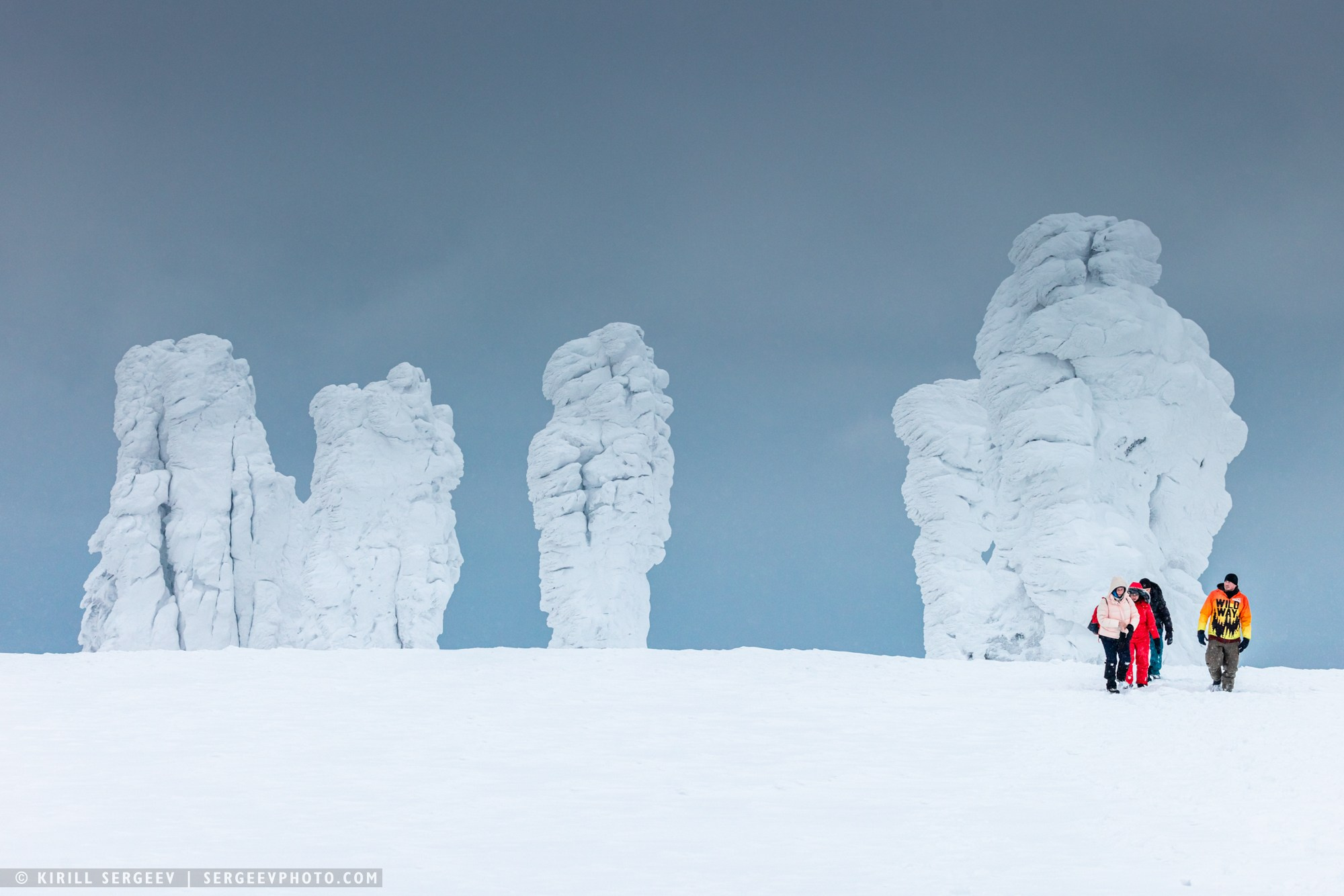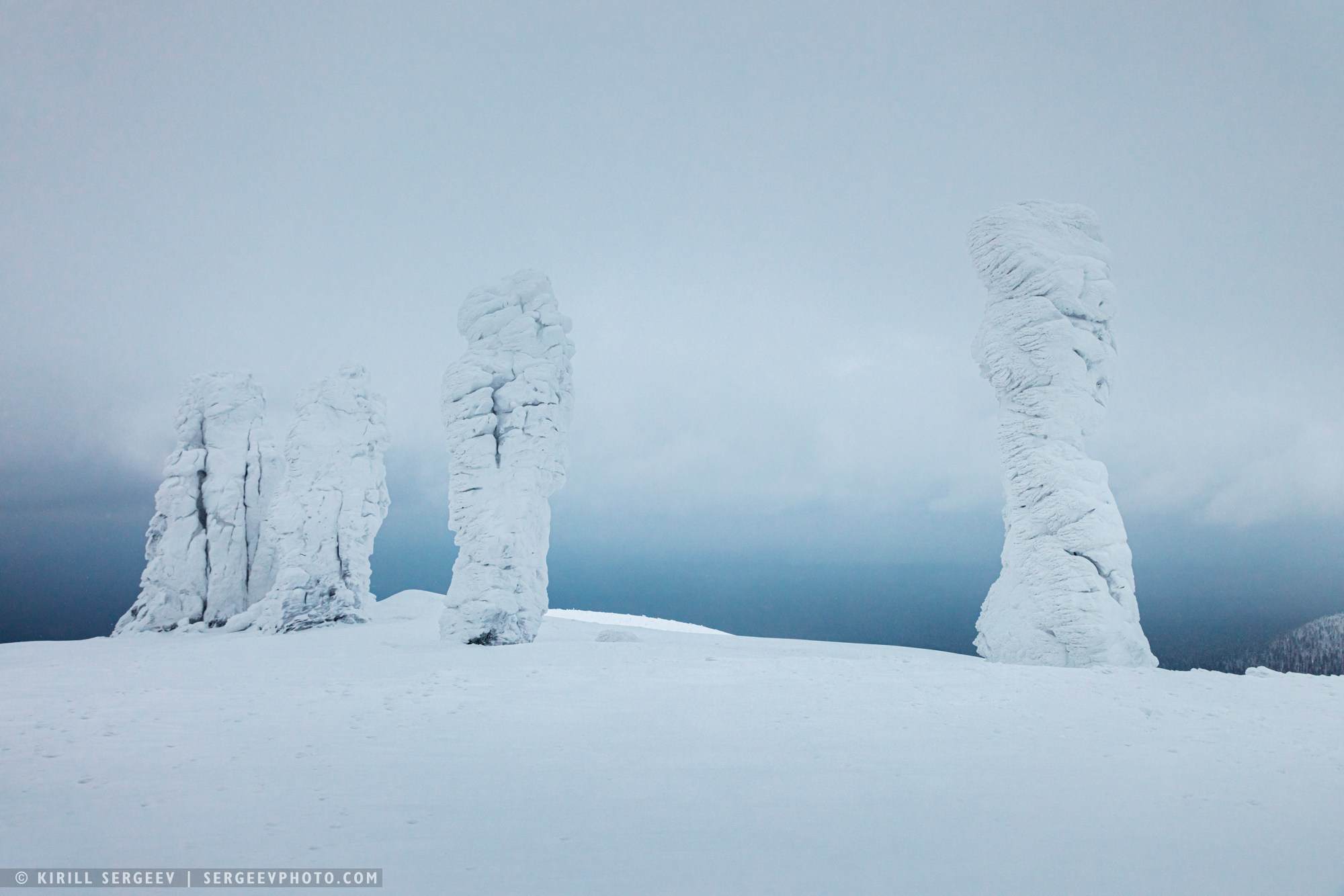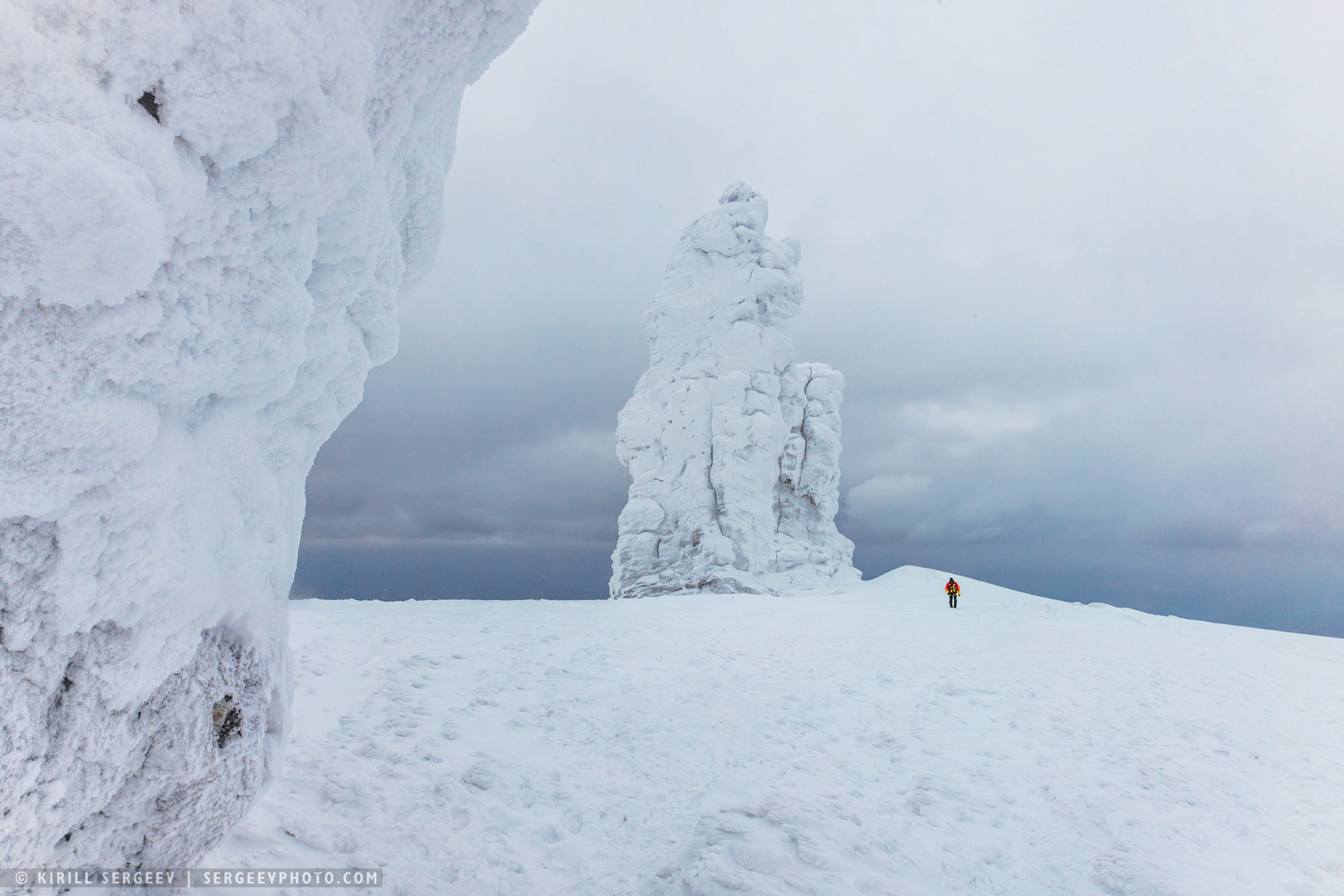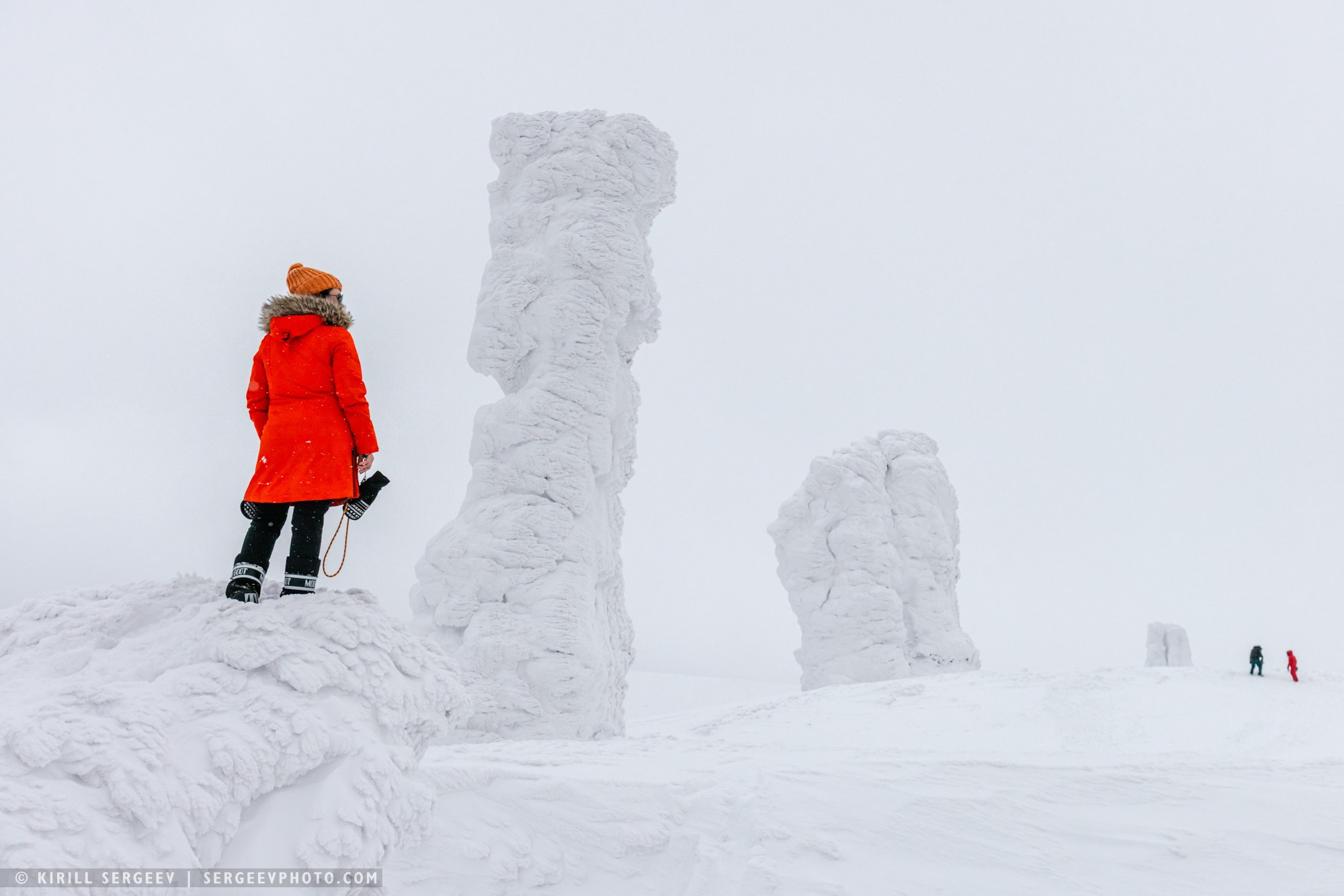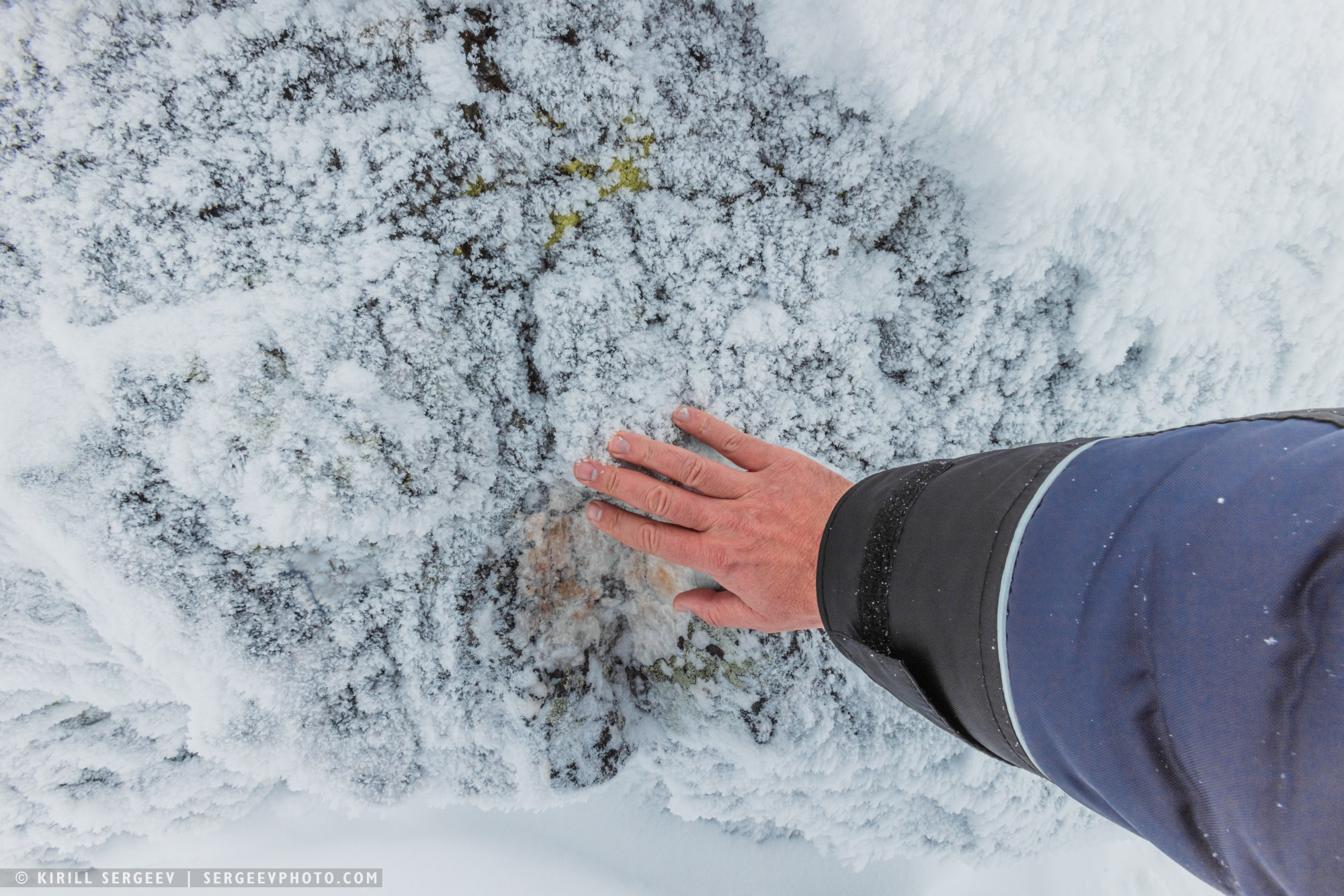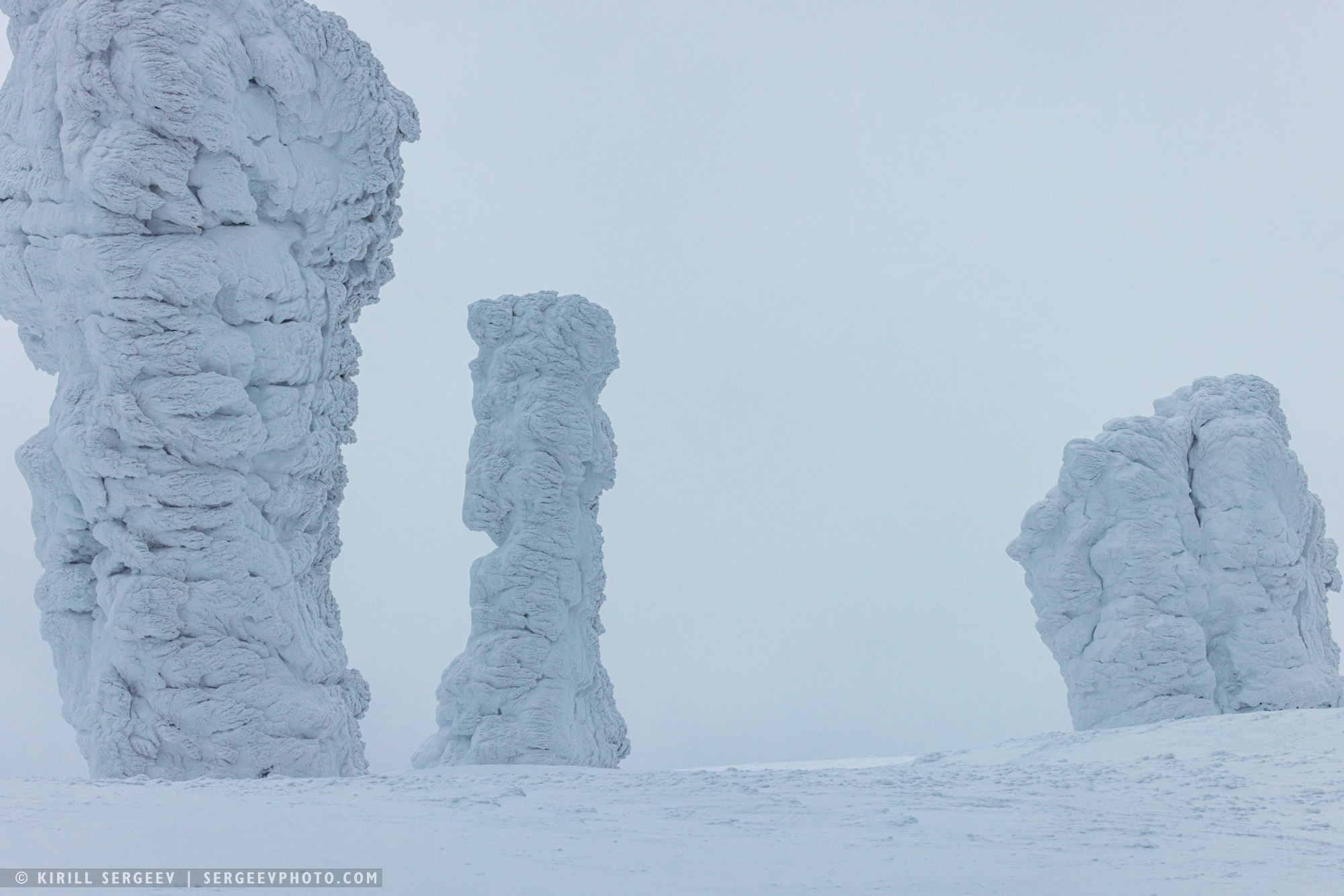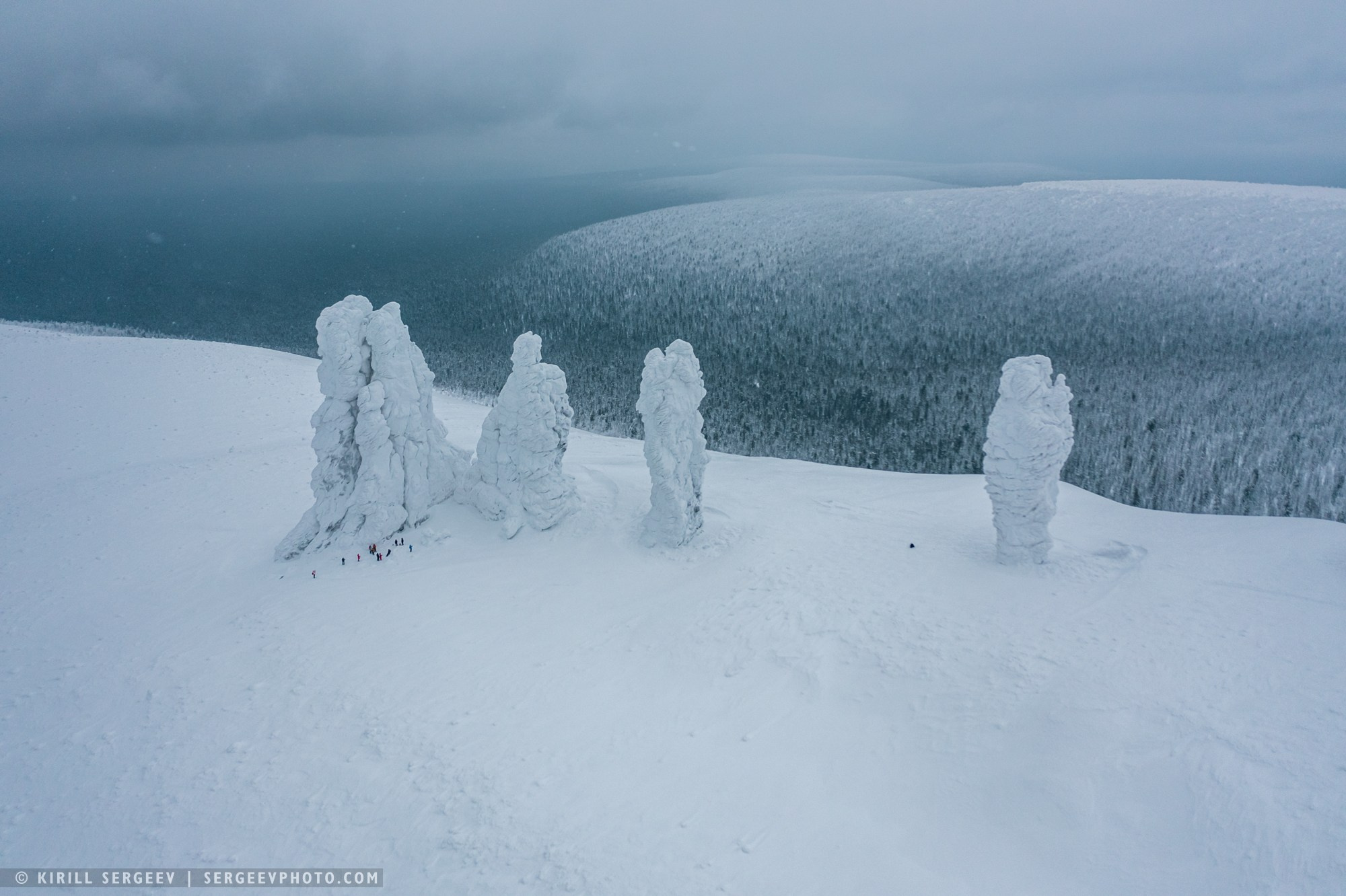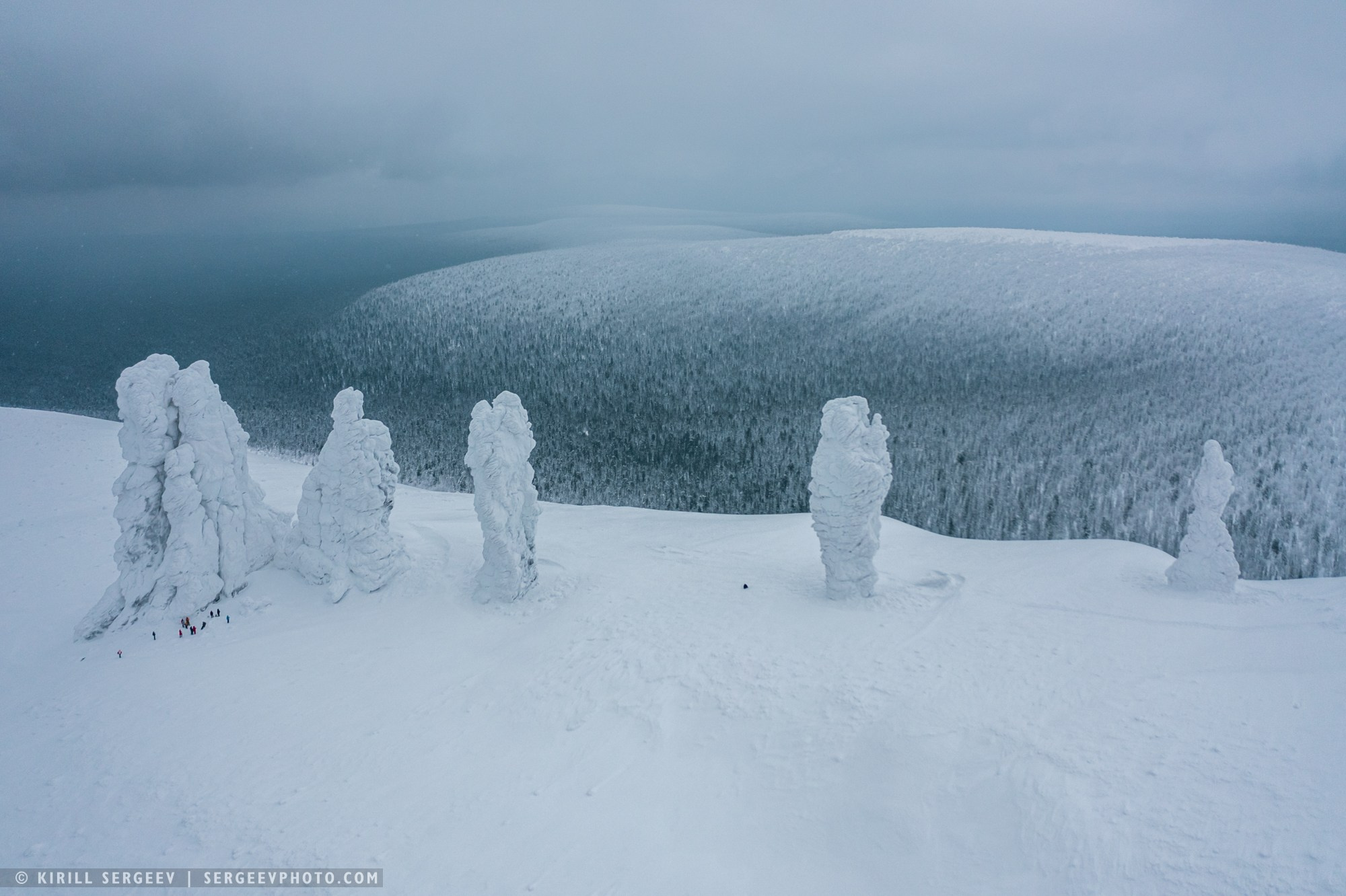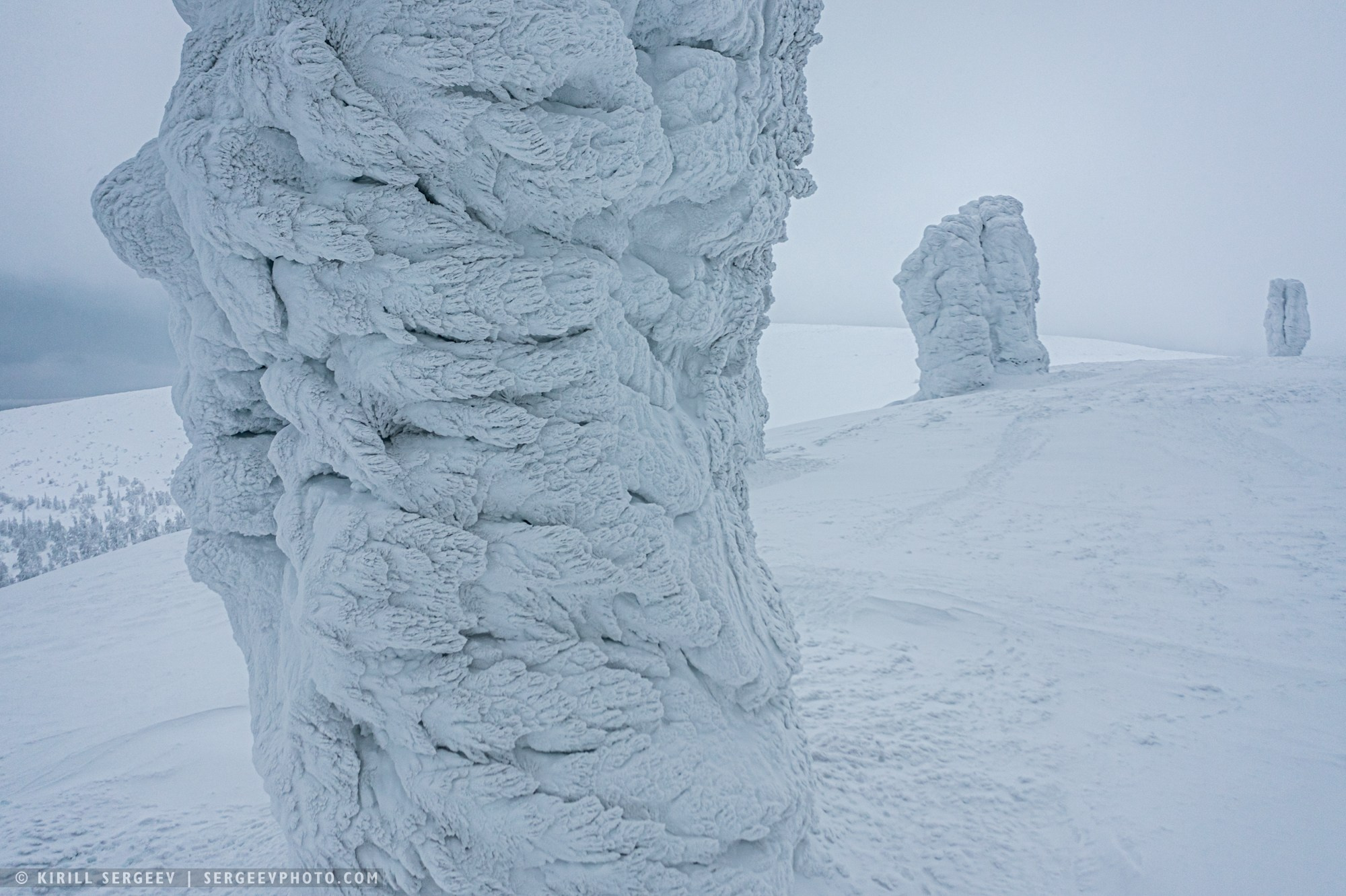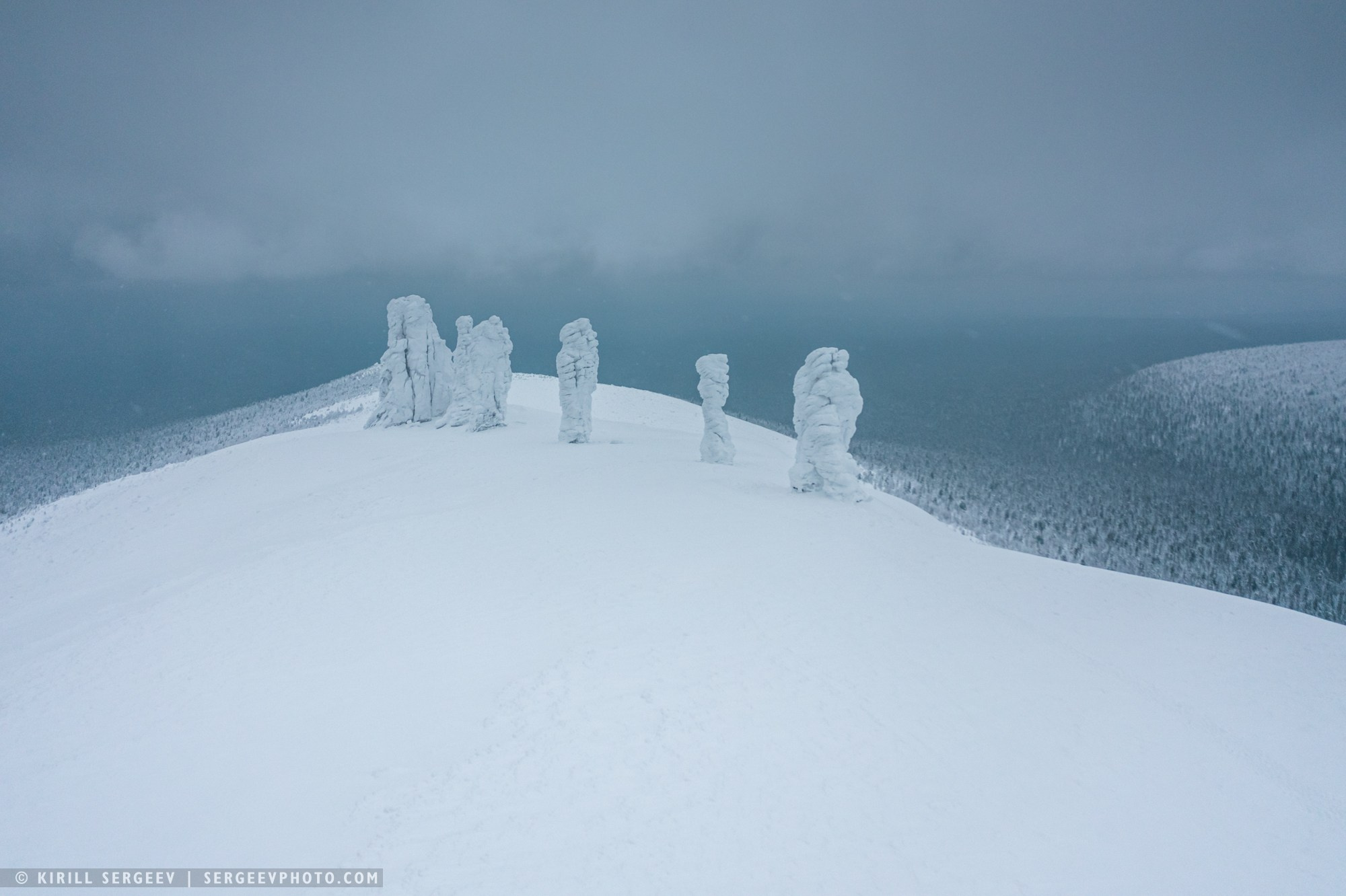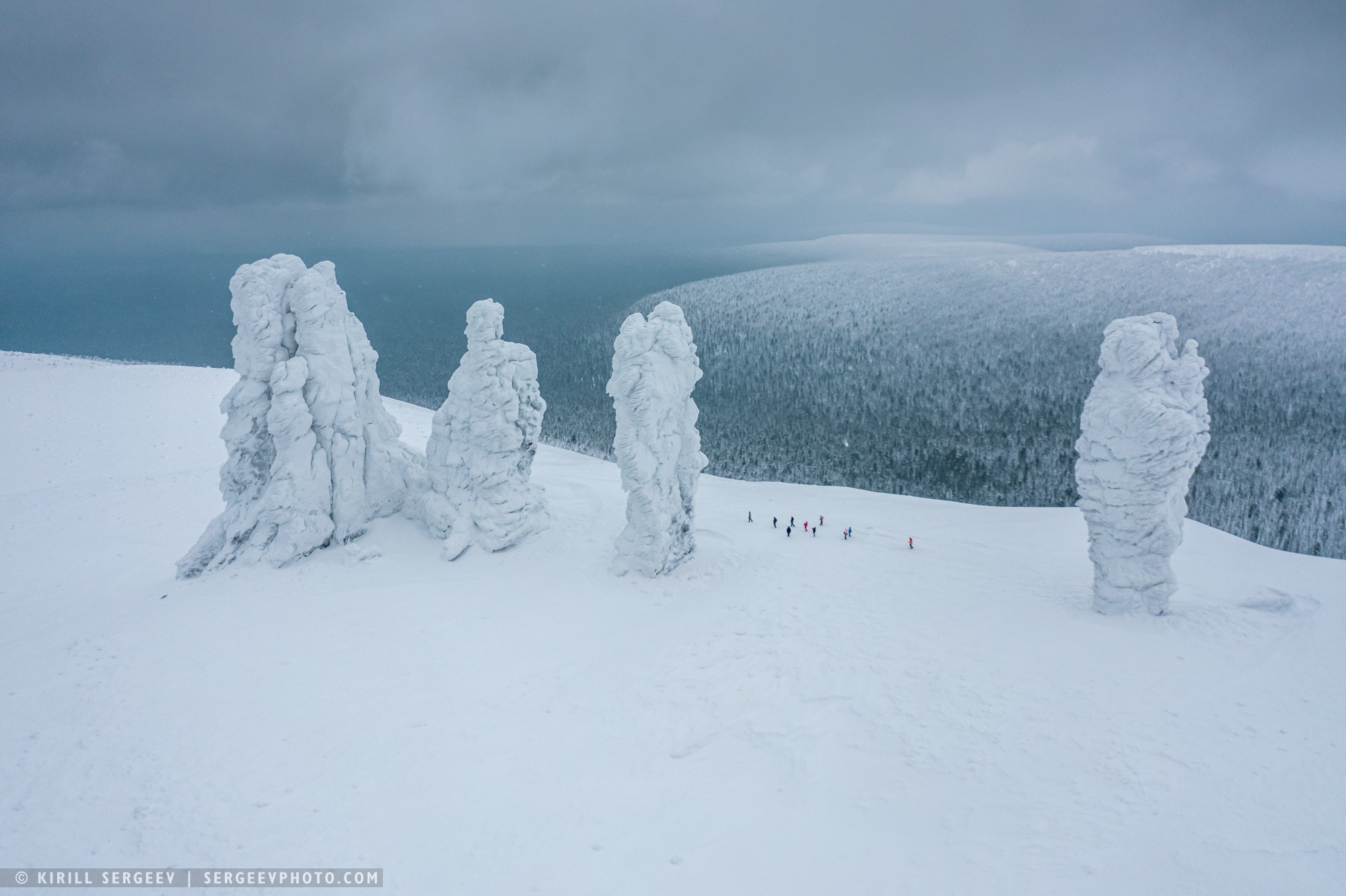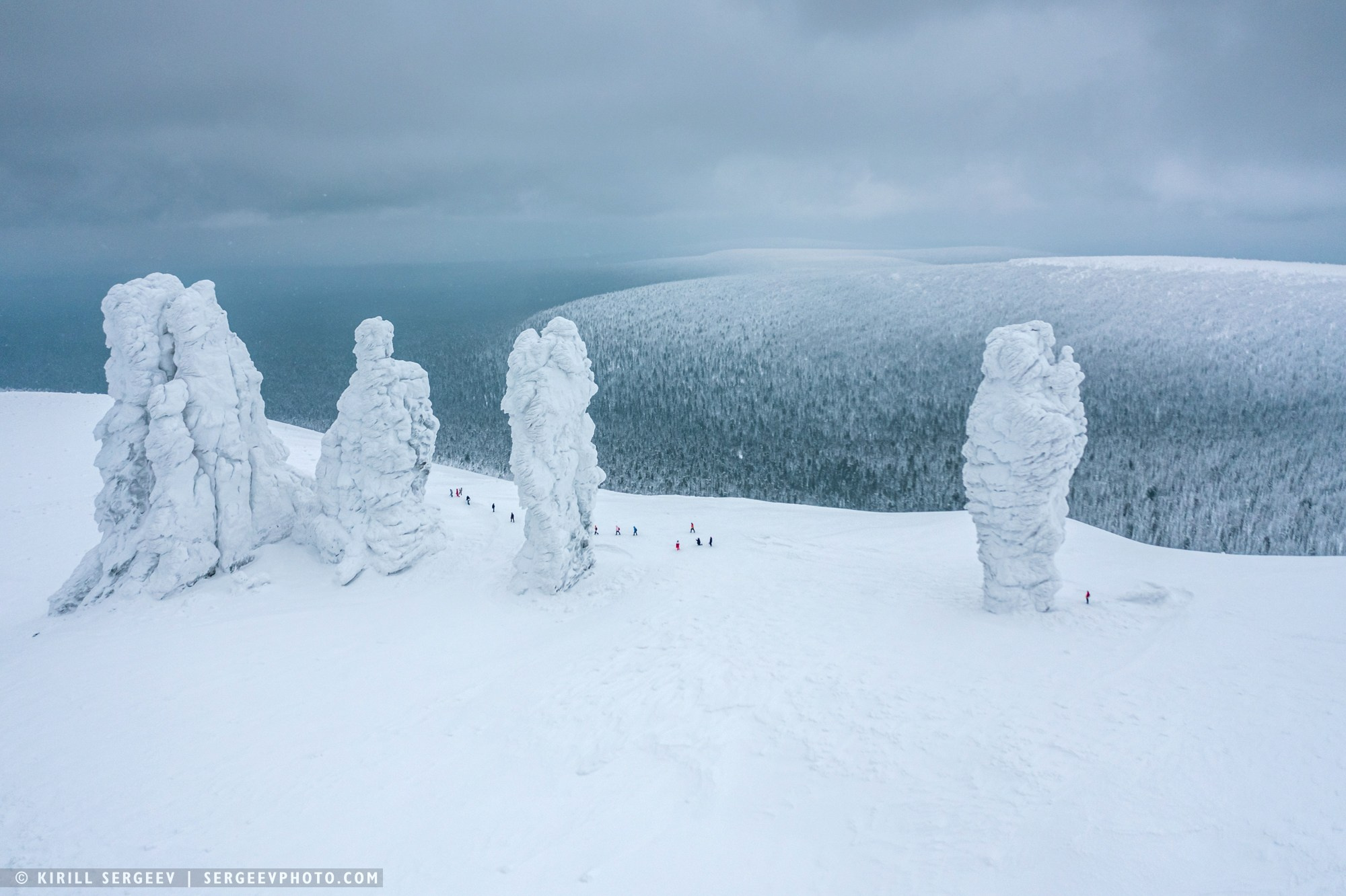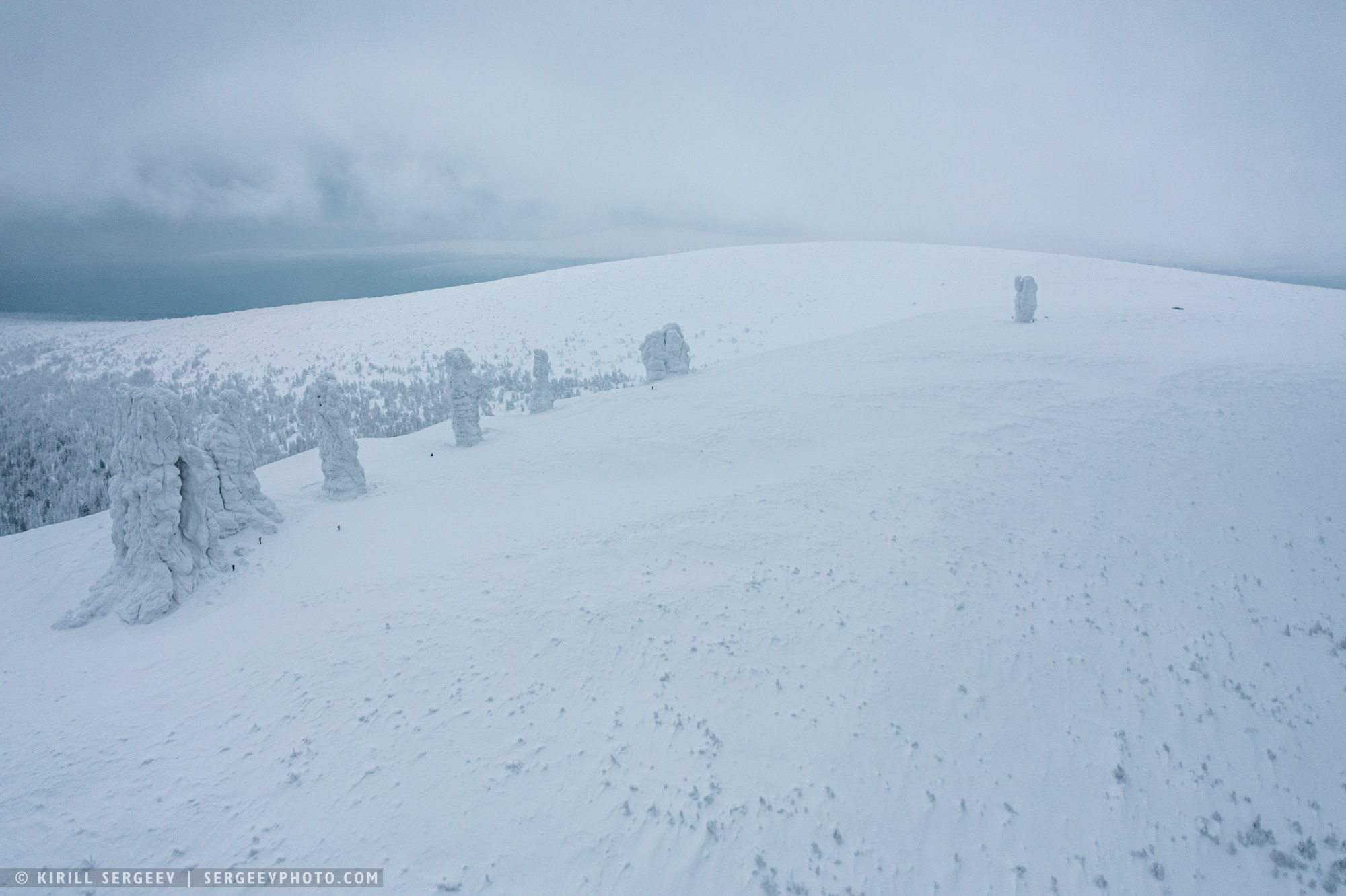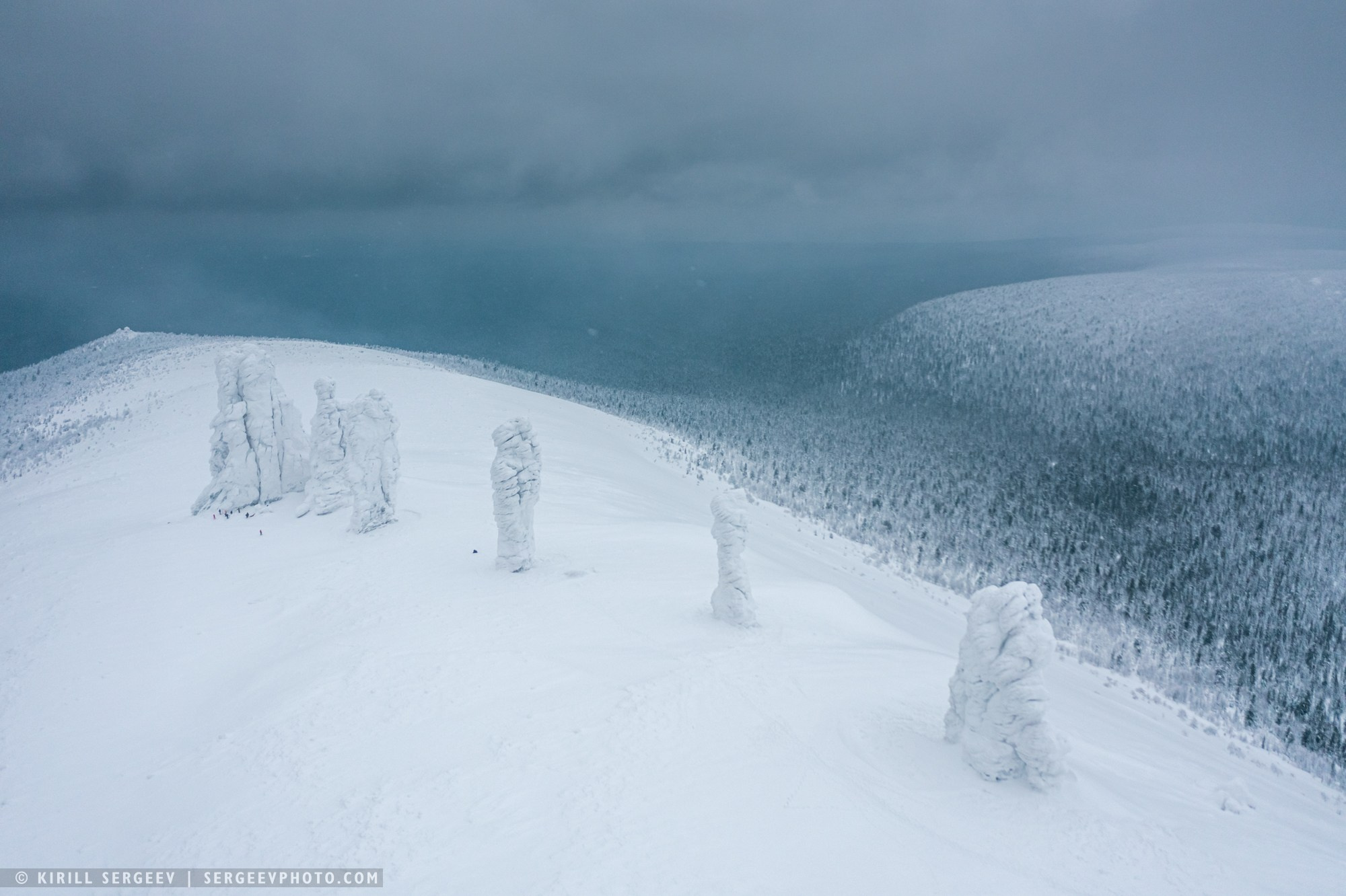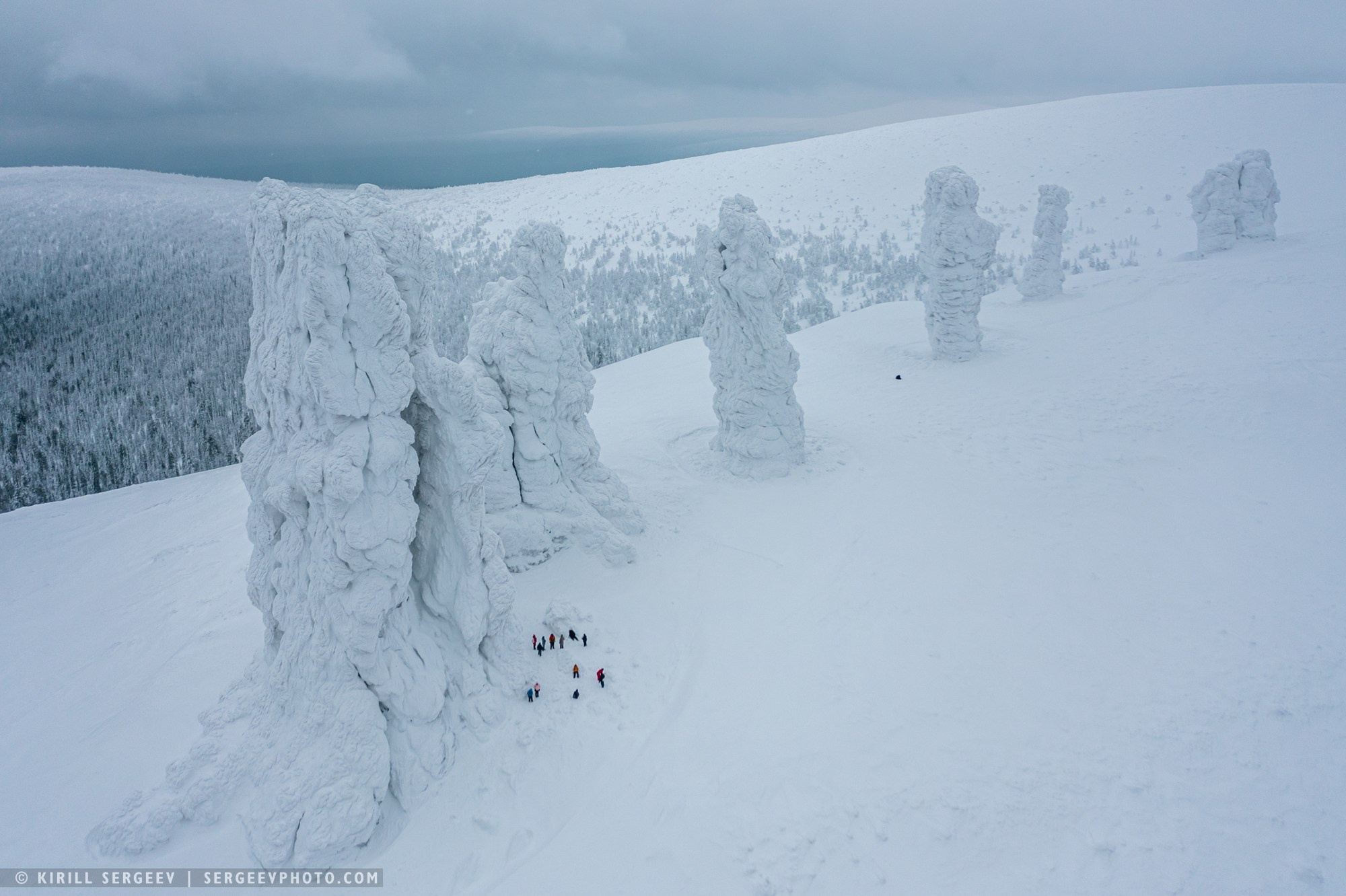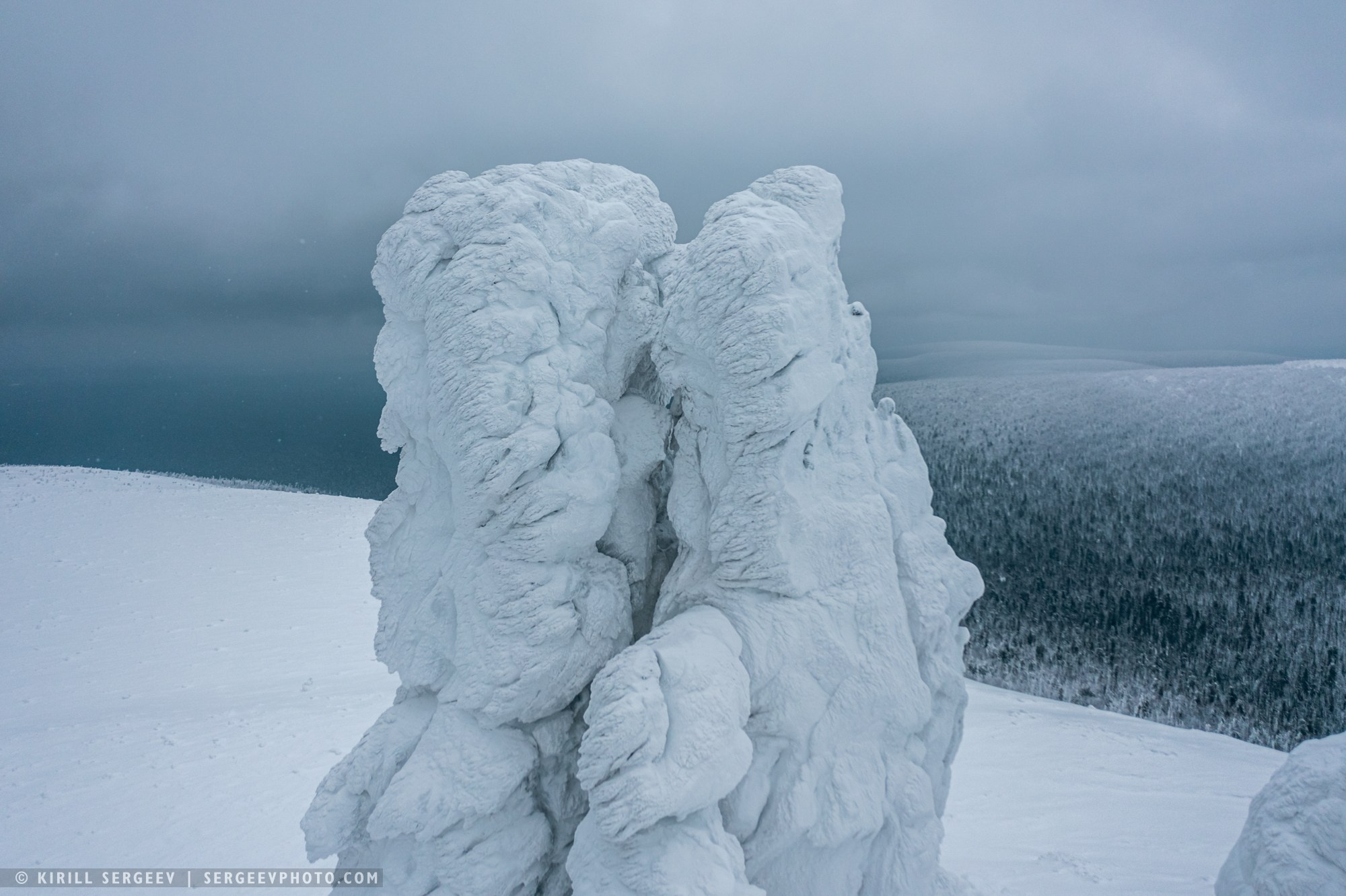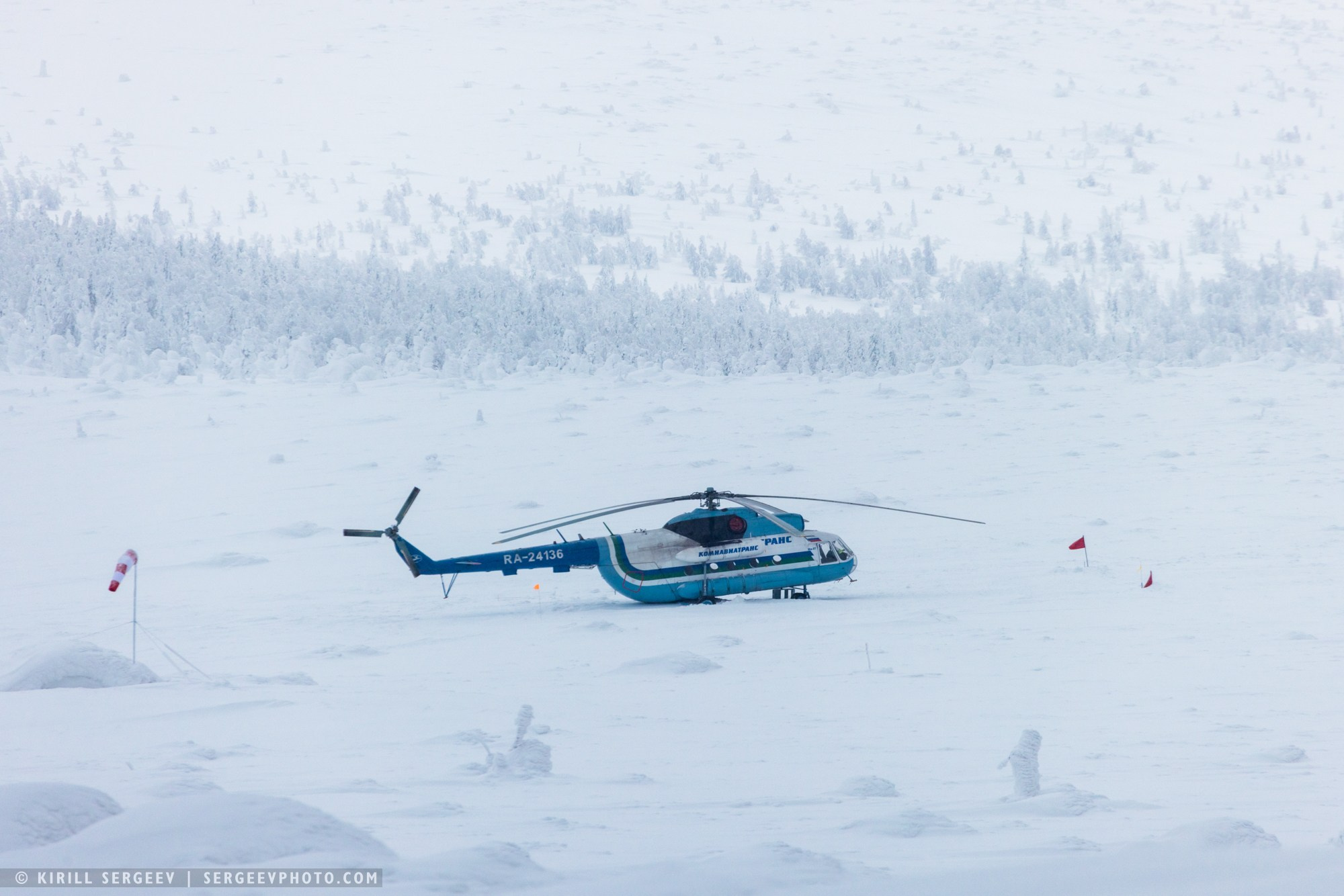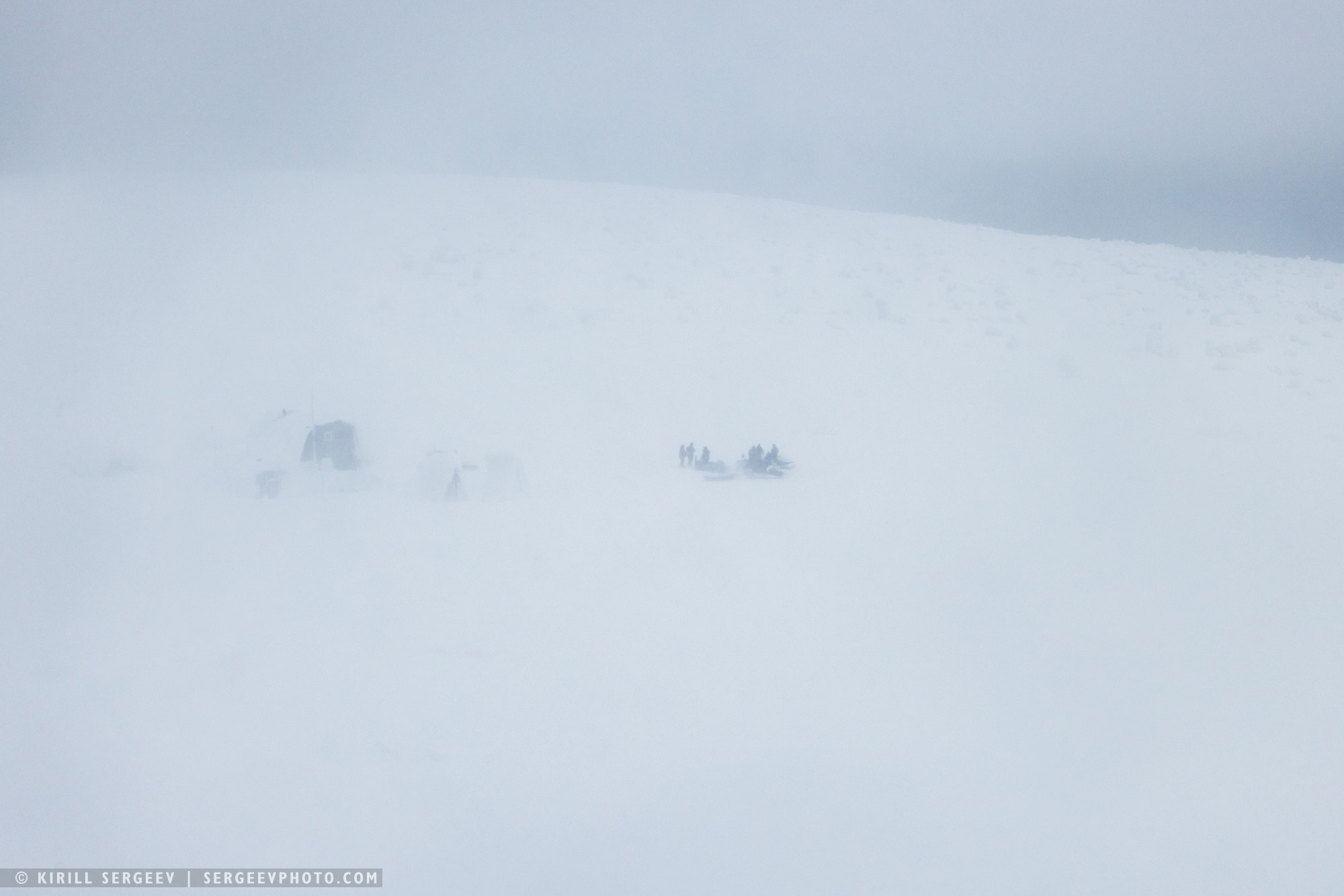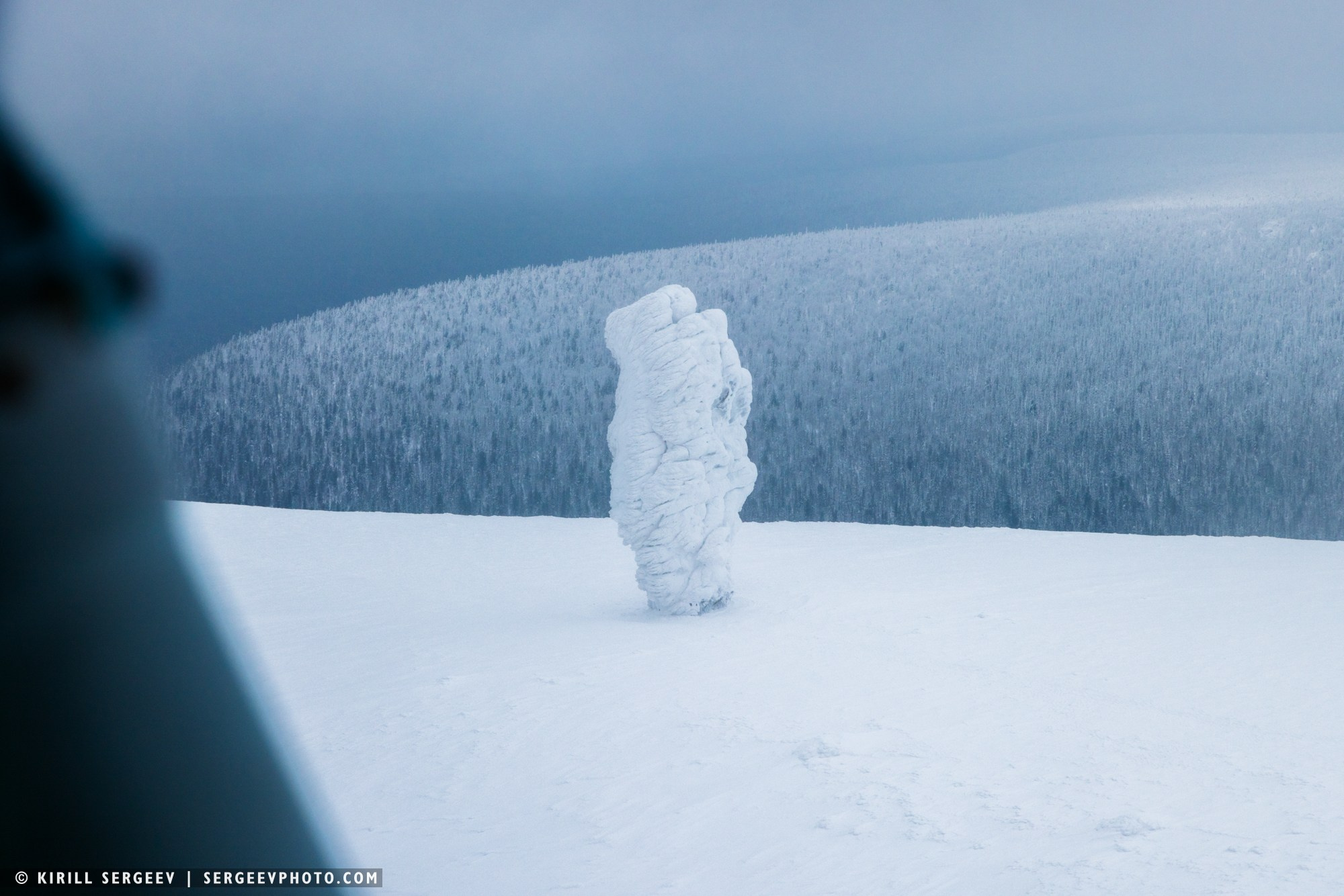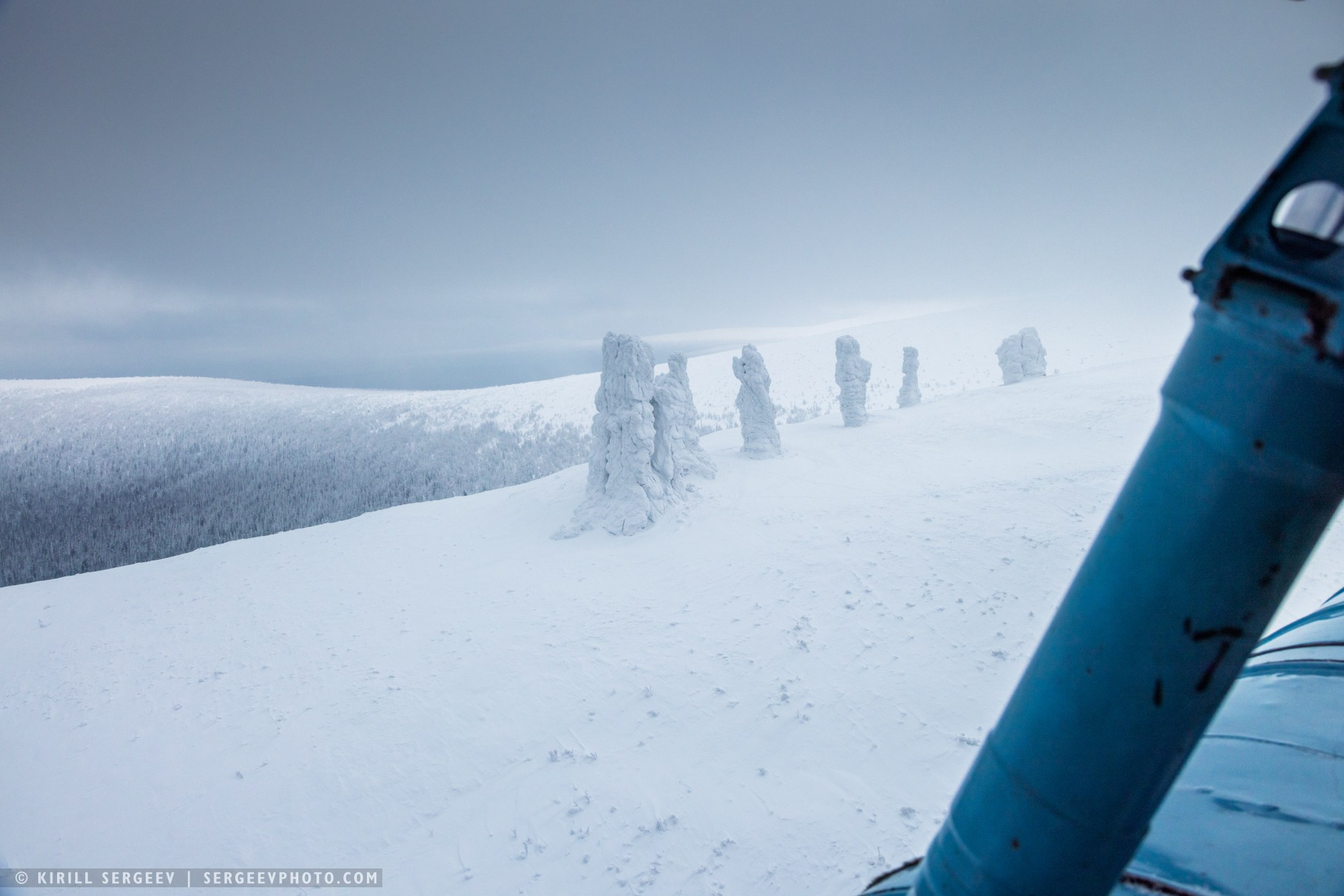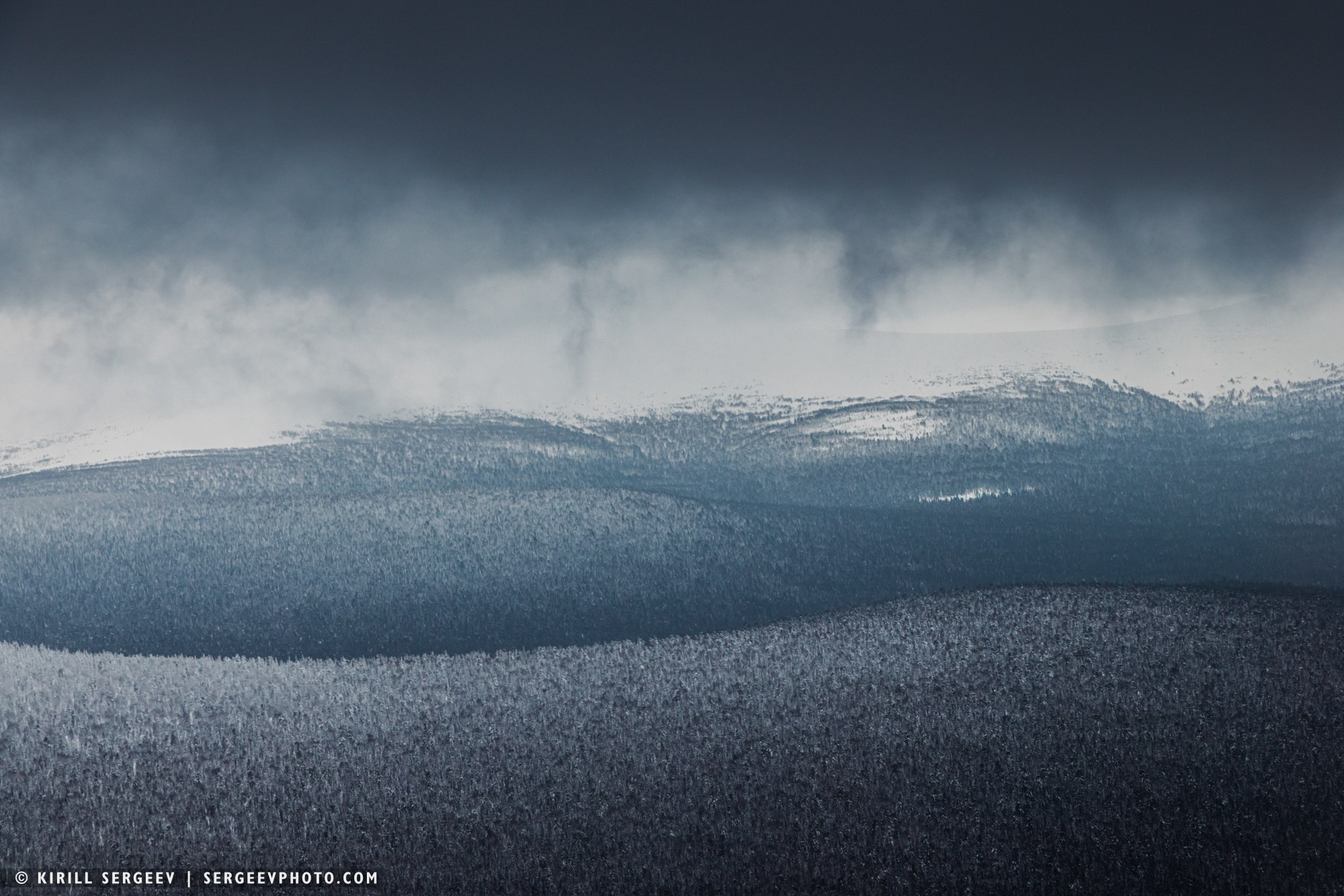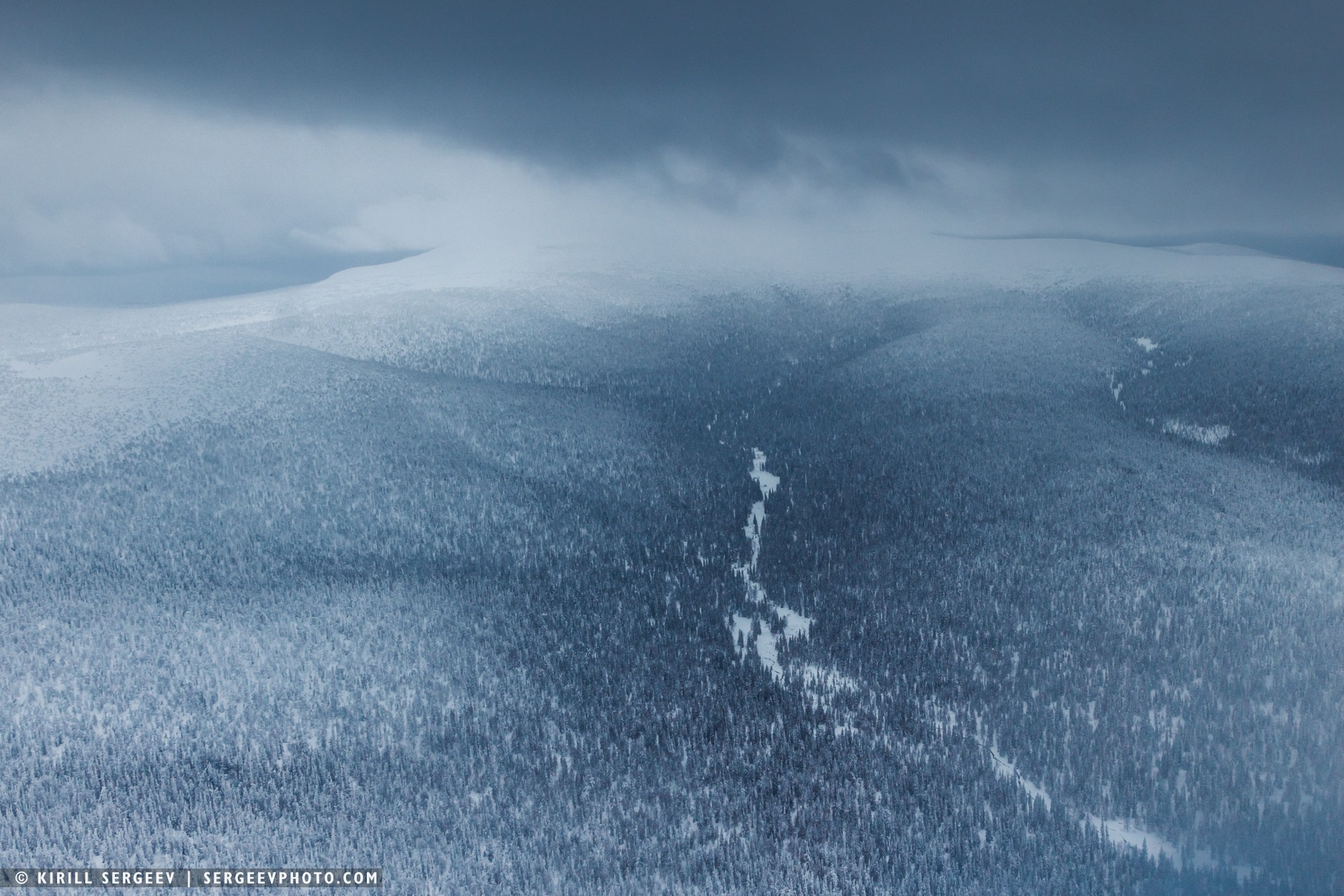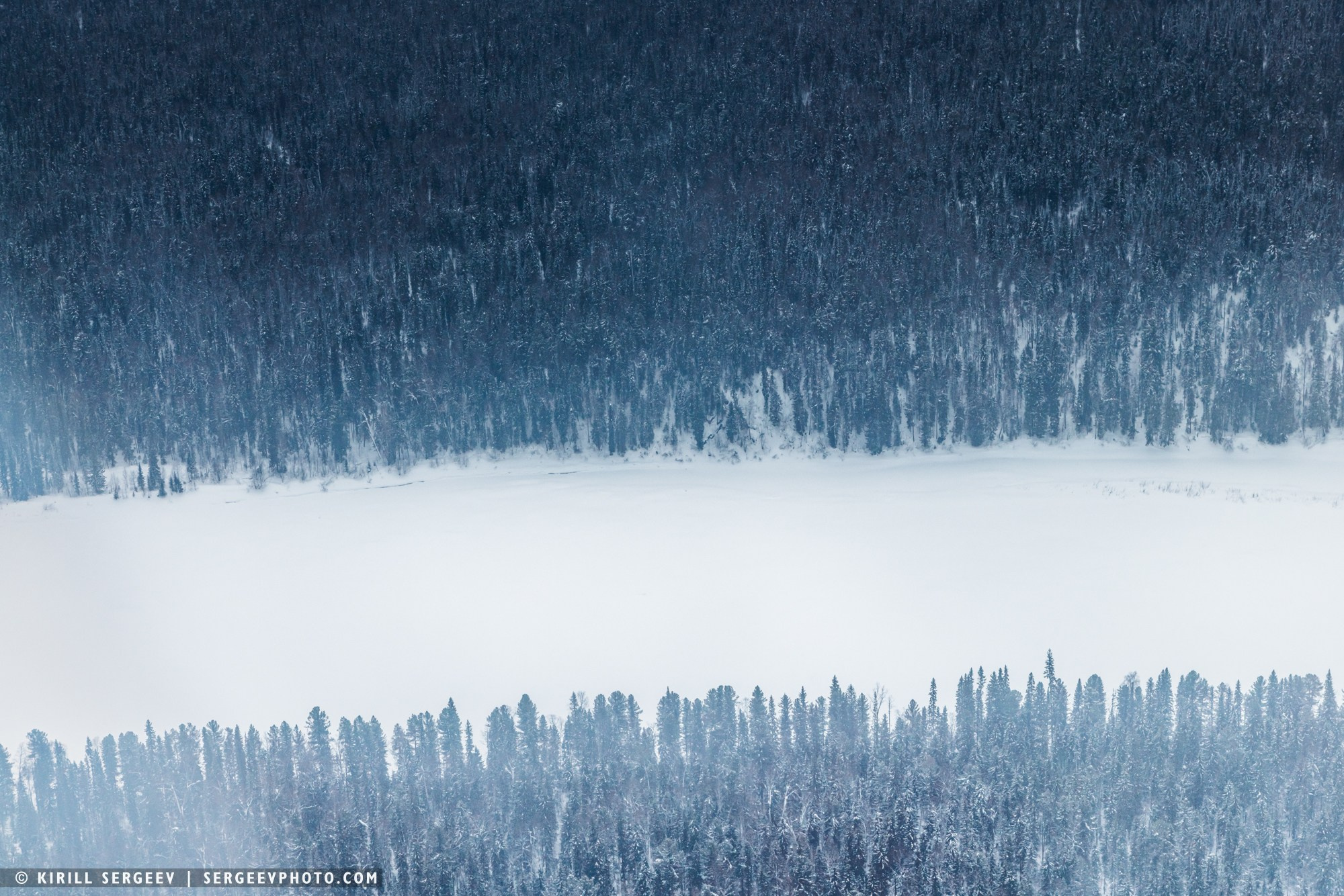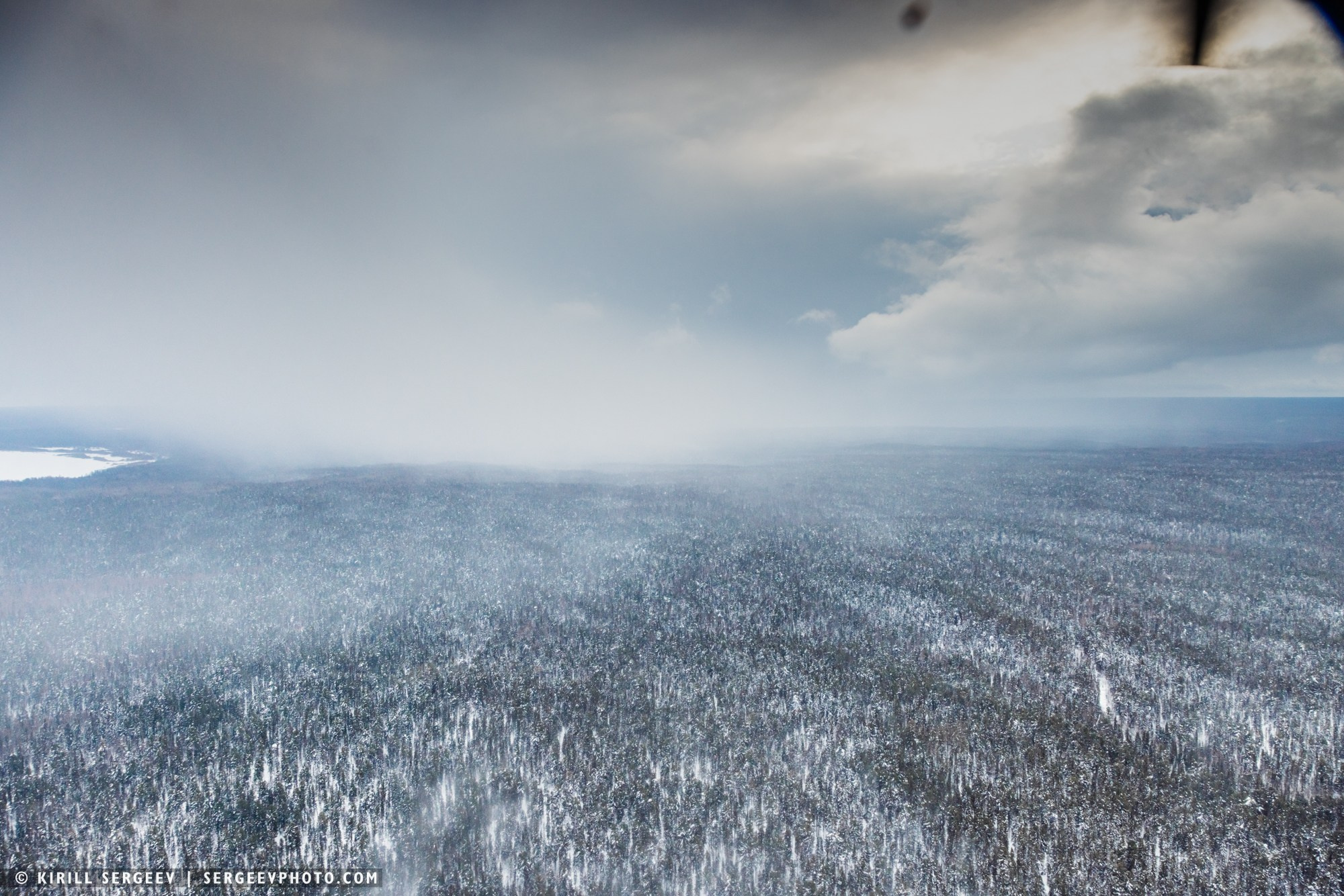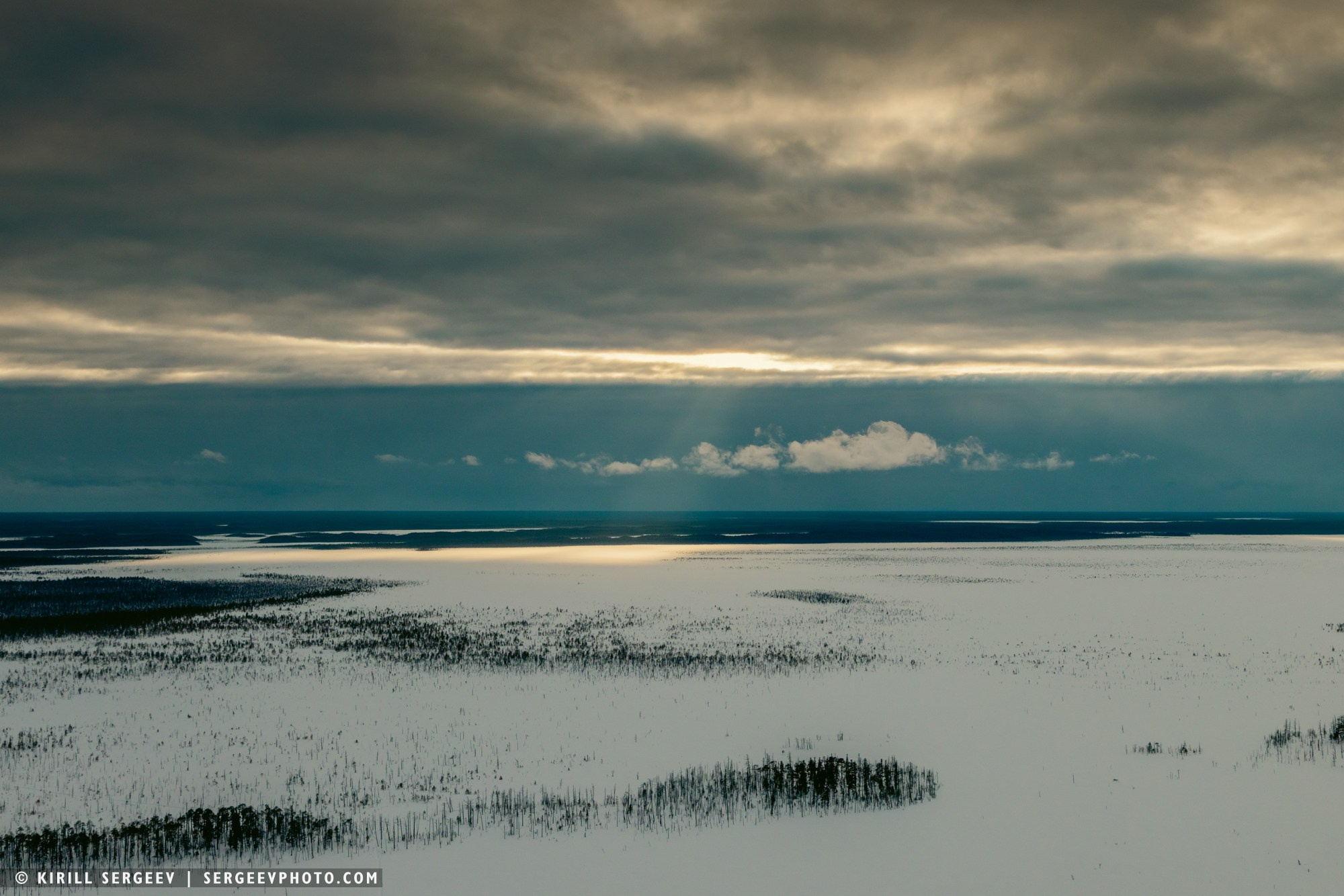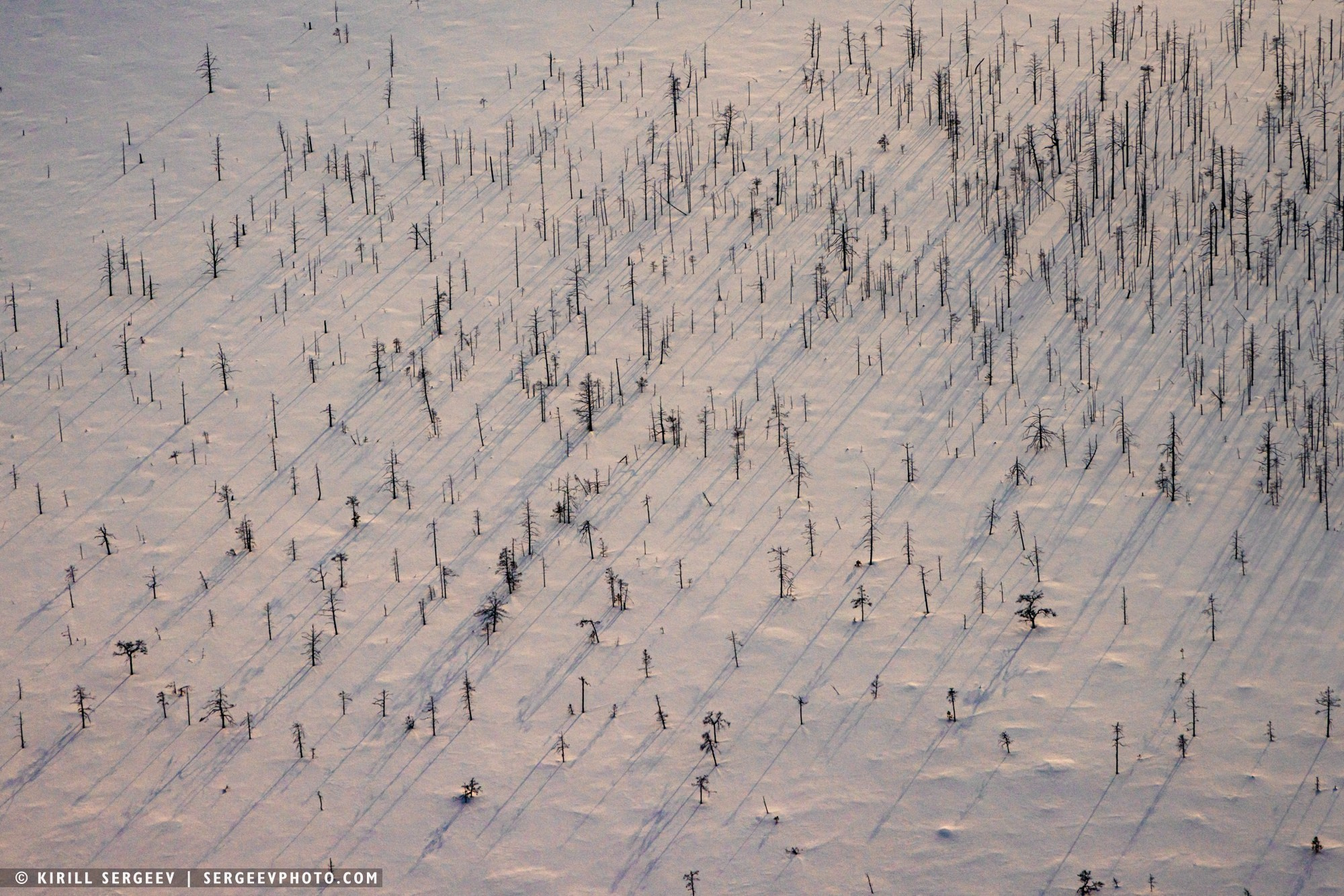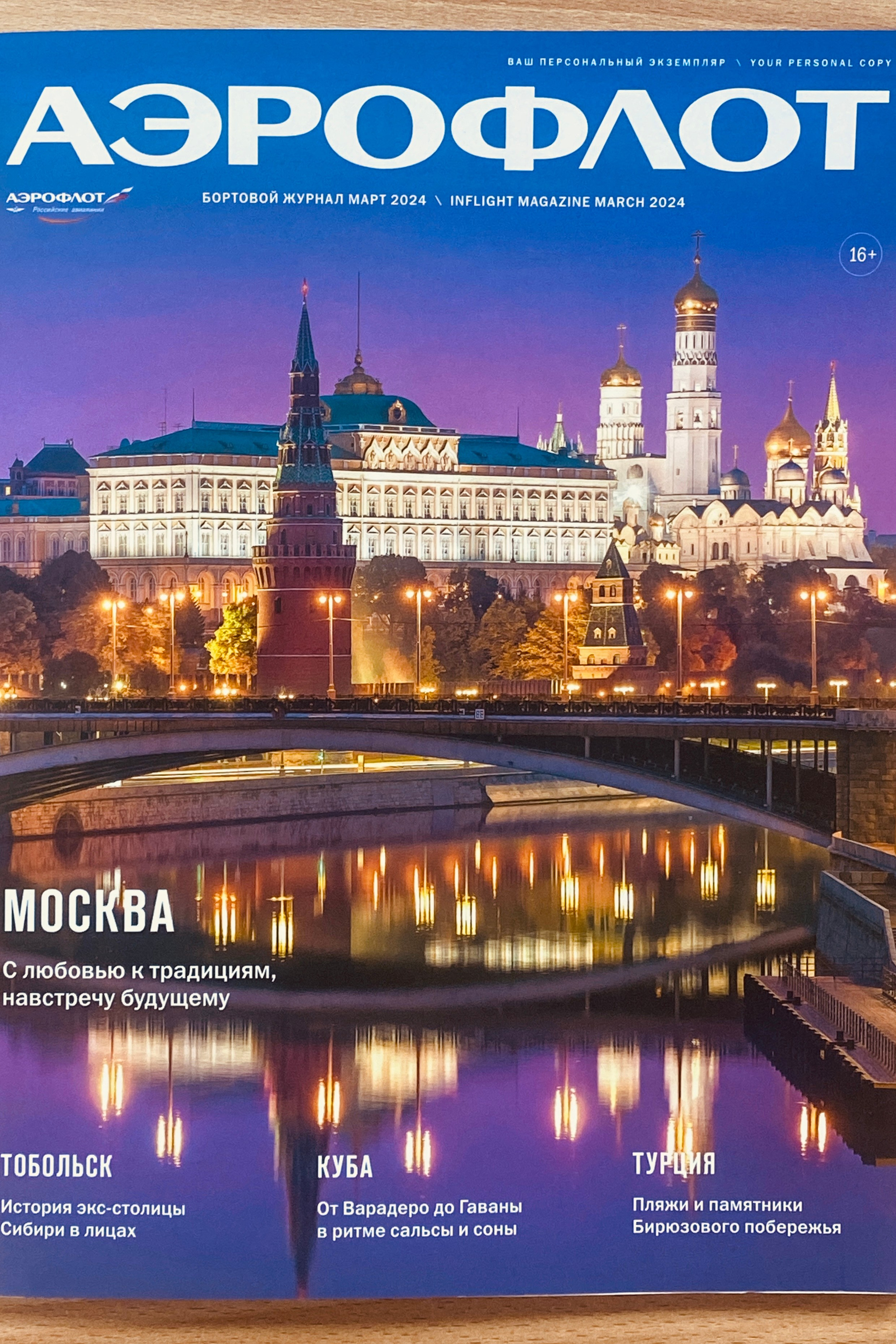Winter Komi is an endless blanket of snow hiding the taiga, rivers encased in ice, and the mountain ranges of the Northern Urals that resemble frozen waves. Somewhere in this kingdom of cold and silence stand seven stone giants — the Weathering Pillars on the Manpupuner Plateau. Getting to them in winter is already a feat, but how exactly to do it? There are two ways: a fast flight above the clouds in a helicopter or a slow, persistent movement for several days through blizzards and passes on snowmobiles.
I still preferred the first option both to save time and effort, and also because I really like air transport. Especially with the opportunity to fly around this location. But there is a certain risk in choosing a helicopter as a means of delivery. And the main one is the weather! And at this time of year it is very changeable, capricious and unpredictable. We managed to fly to the place only on the third day, Manpupuner did not want to let us near it, demonstrating its obstinate nature.
Landing a helicopter in high-altitude conditions in winter (or, as in this case, early spring) requires special qualifications and experience from pilots, so special professionals are involved in such flights. From the air, it is not an easy task to detect and land a machine on a special site when there is a solid white field around, merging with the sky, an insufficient number of ground reference points and the rotors raise myriads of snowflakes, reducing visibility. Especially if wind and atmospheric fronts are added to this. But that is why they are professionals — aviators who do their job with a high level of safety and excellently!
The Park ranger’s house, weather station, helicopter pad, kung and other objects are heavily covered with a thick layer of snow, which clearly demonstrates the harsh nature of the weather in these parts. The bad weather furiously tormented the plateau the day before our arrival with fierce winds and snow charges, which, according to the staff, was impossible to see at a distance of several meters.
Nature is a skilled artist, who transforms the landscape with some surrealistic plots in its own way. In the objects on the plateau covered with a thick layer of snow glaze, one can discern images of some creatures, dinosaurs, hares, mammoths. As far as one’s imagination can go =)
Continuing our way up the plateau, ghostly silhouettes of our destination emerge from behind the snowy horizon. The mysterious and equally attractive Weathering Pillars. Ahead of this galaxy stands it, the first of the seven pillars — Shaman, one of the seven stone giants of the Manpupuner plateau. Its silhouette, as if frozen in an eternal dance with the wind, resembles the figure of an ancient sorcerer frozen in a mystical ritual. This 34-meter remnant, made of sericite-quartzite schists, seems to have embodied the very soul of the Urals in stone. Coming closer, you can notice how the outlines of the pillar change: sometimes it is a warrior in a helmet, sometimes an old man with a staff, sometimes a giant bottle dug into the ground upside down. In winter, covered with frost, the Shaman resembles a crystal sculpture.
Before us, in all their alluring icy beauty, the pearls of the Manpupuner Plateau are revealed — majestic remnants that have survived the destruction of ancient mountains over 200 million years. Included in the list of the Seven Wonders of Russia and the UNESCO site “Virgin Komi Forests”, the plateau is located at an altitude of 700 meters above sea level and is surrounded by harsh taiga. The pillars, considered sacred by the Mansi people (“Man-Pupu-ner” — “Small Mountain of Idols”), are shrouded in legends about giants turned into stone.
The pillars on the Manpupuner plateau are like seven mysterious guards, carved by nature itself from stone and time. These majestic remnants, soaring into the sky to a height of up to 42 meters, are silent witnesses of the eras when ancient mountains raged in their place. For millions of years, winds, rains and frosts tormented the Ural ridges like sculptors' chisels, until only these bizarre sculptures remained from the once formidable massifs. Their silhouettes, sometimes rough and angular, sometimes gracefully curved, resemble giant stone candles frozen in eternal combustion, or enchanted giants caught in a mythical battle at dawn.
Well, it’s time for us to head back. The helicopter is waiting for us and the weather window given to us by nature is slowly starting to close, and the early spring sun rolls toward the horizon earlier in these latitudes. The spirits of the taiga have let us get close to the treasures, opening up a little of their secrets, the memory of which we will take with us.
…The helicopter, with its main rotor lifting a snowstorm, lifts us off the ground, makes a farewell flight over the plateau and outliers, and heads west. There are still 1.5 hours of flight ahead back to civilization, over the same boundless taiga wrapped in a blanket of snow. But this time, on the way, the warm March sun smiled at us, as if greeting us…
Thanks for watching!
BLOG

Yakutiya
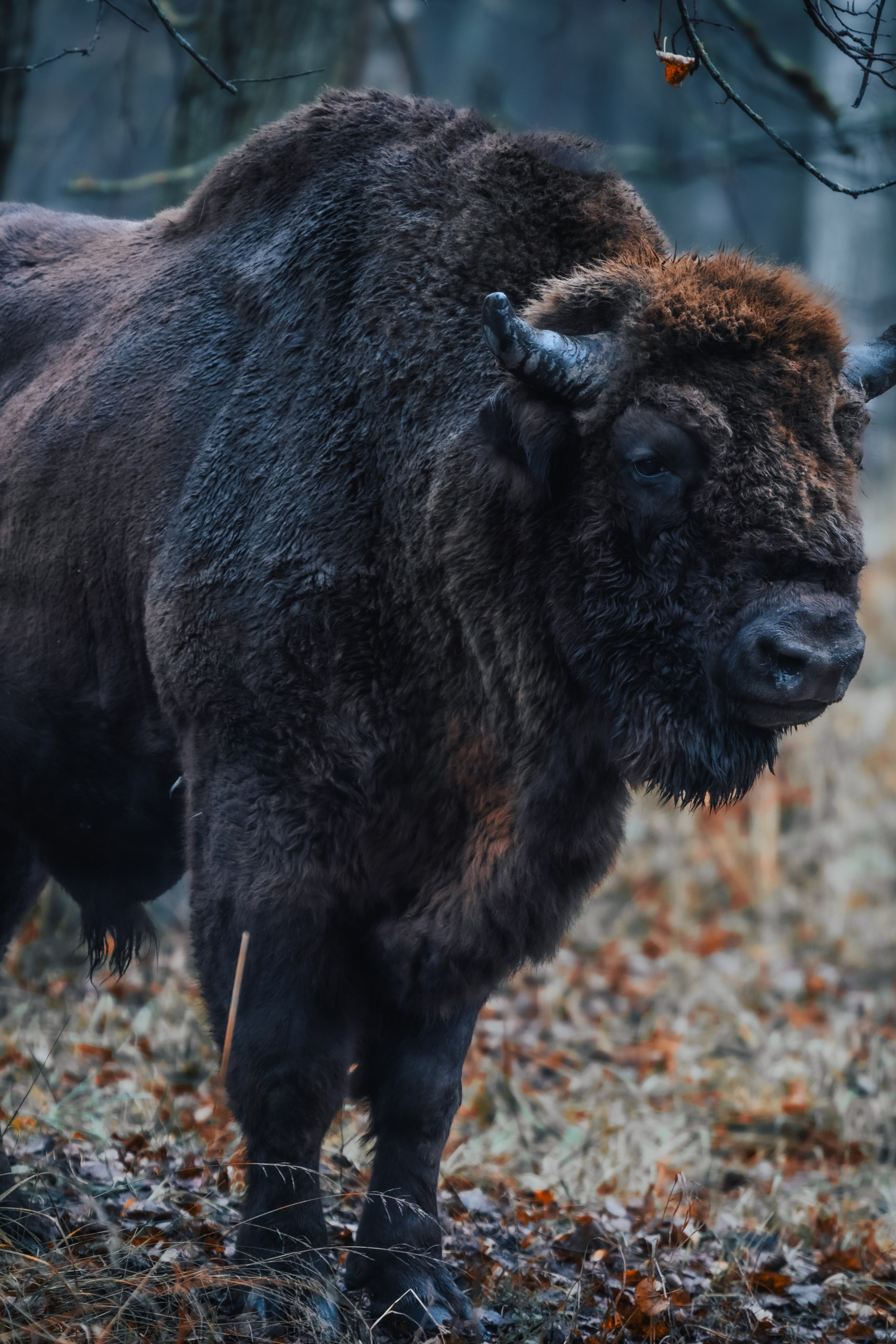
Central Bison Nursery
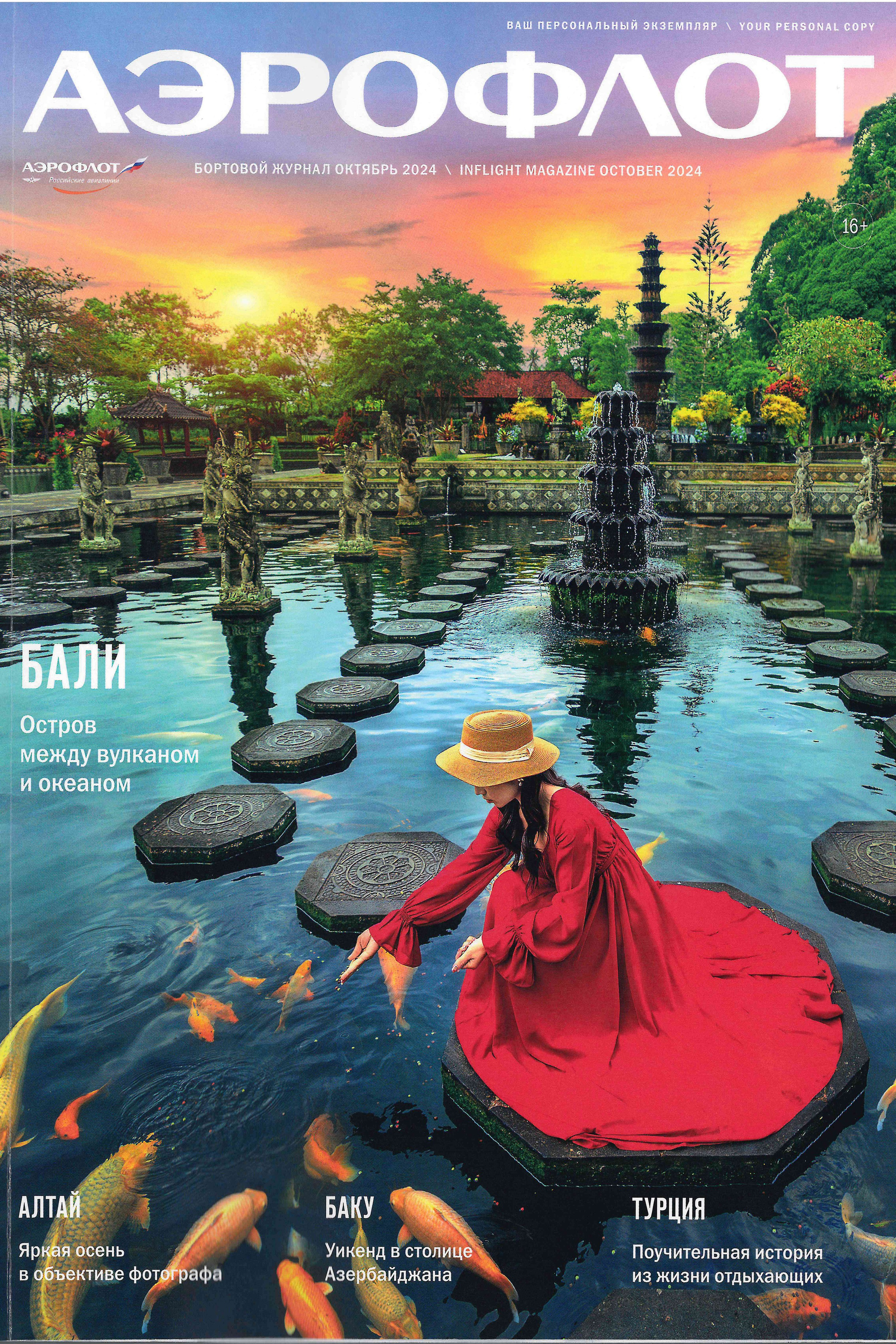
Article in Aeroflot’s in-flight magazine (October 2024)
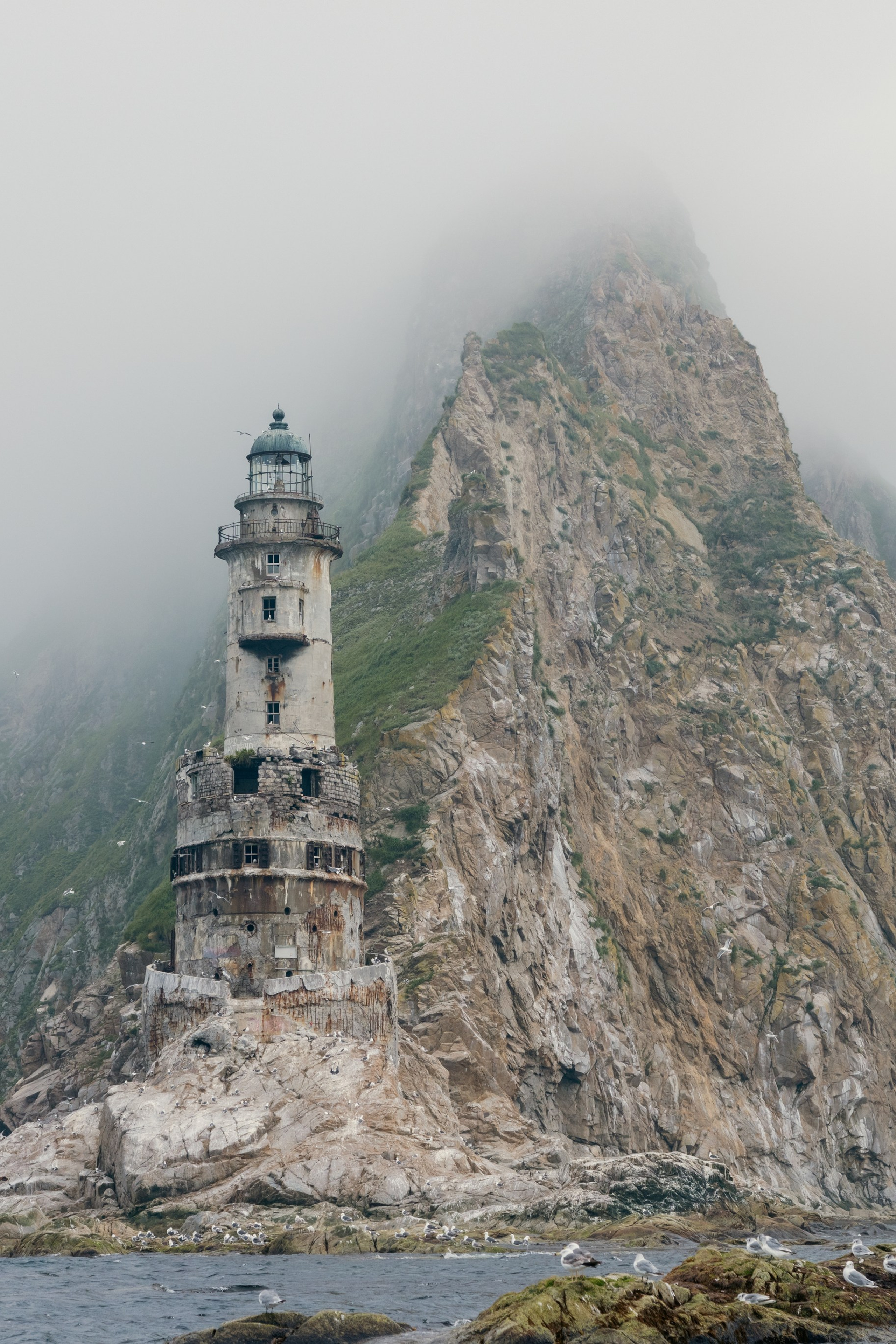
Aniva Lighthouse

Cycling race “Capital” in Moscow
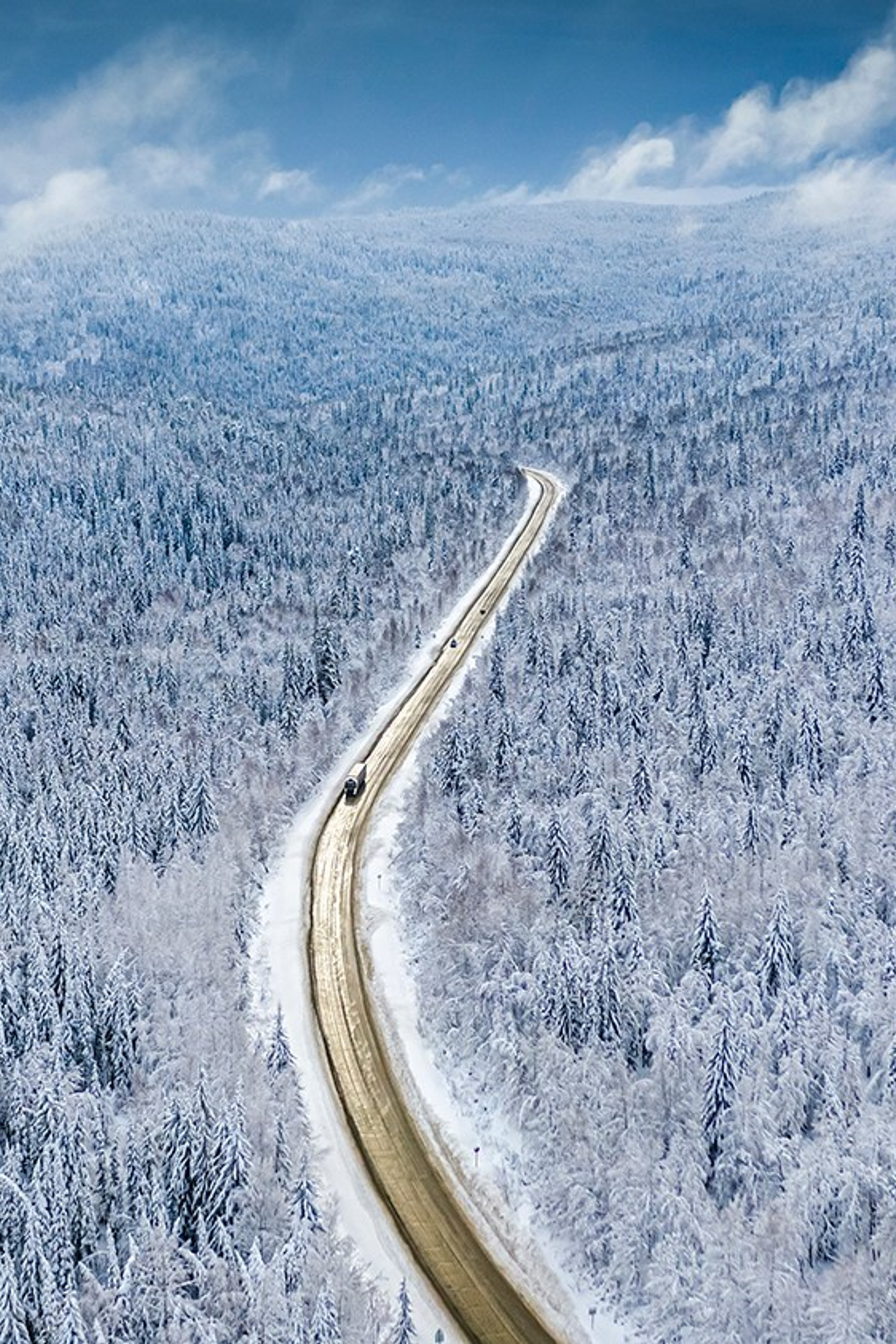
“The most beautiful country”. Victory in a competition from the RGS
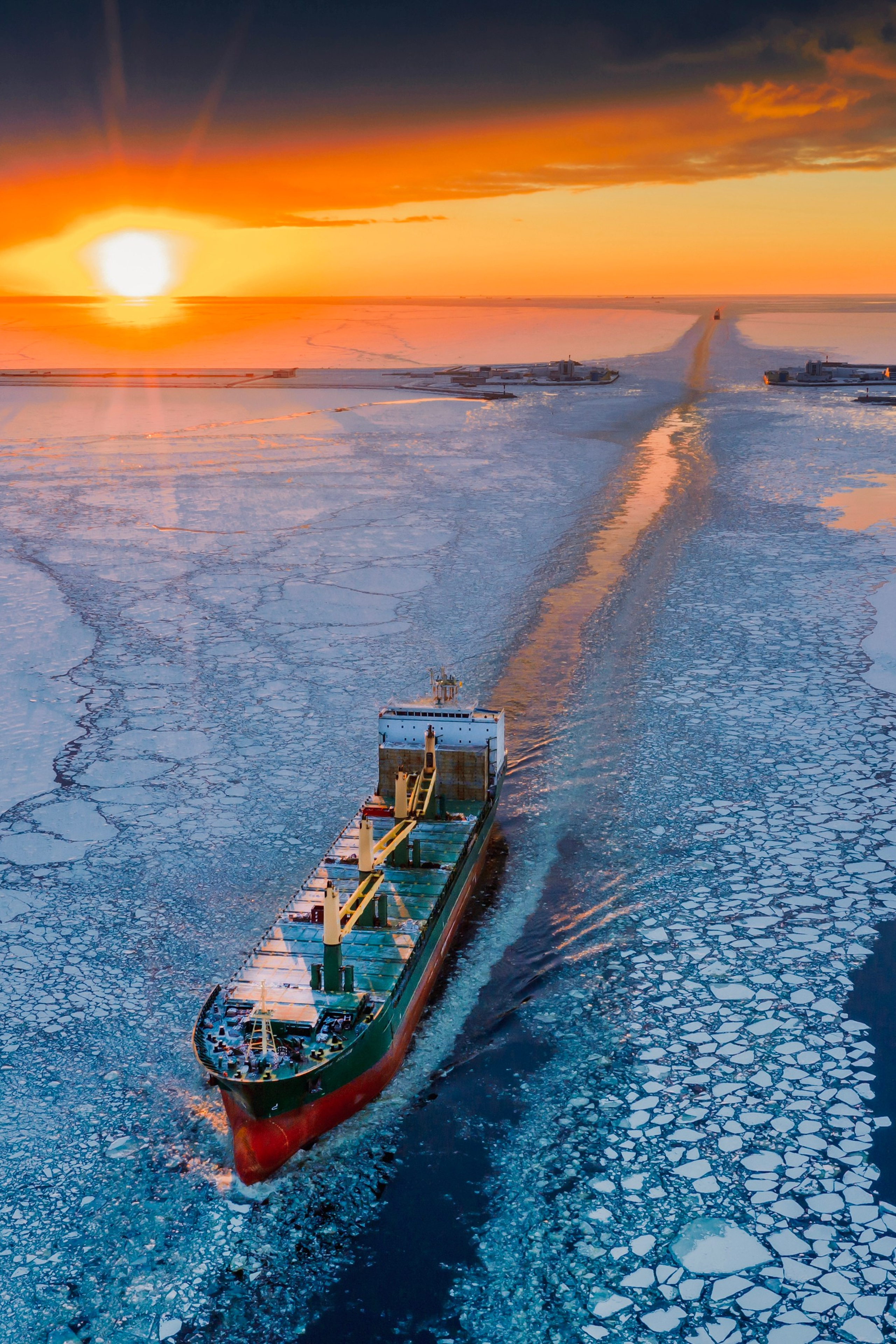
Forts of Kronstadt
